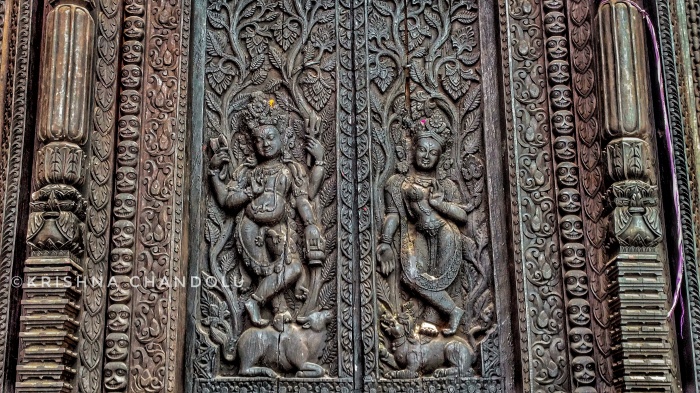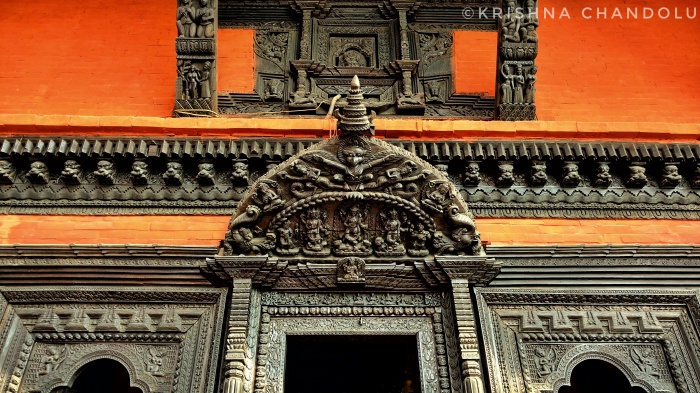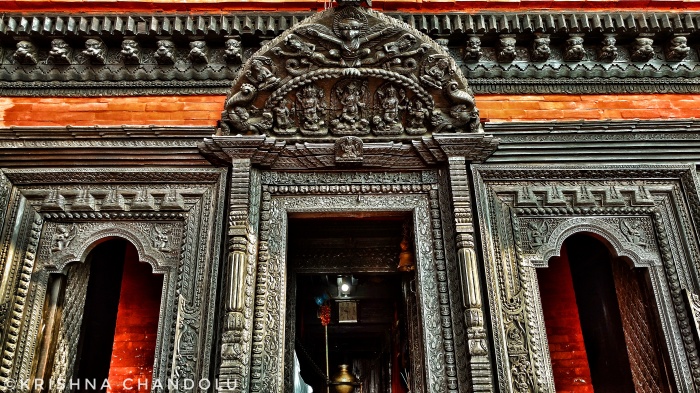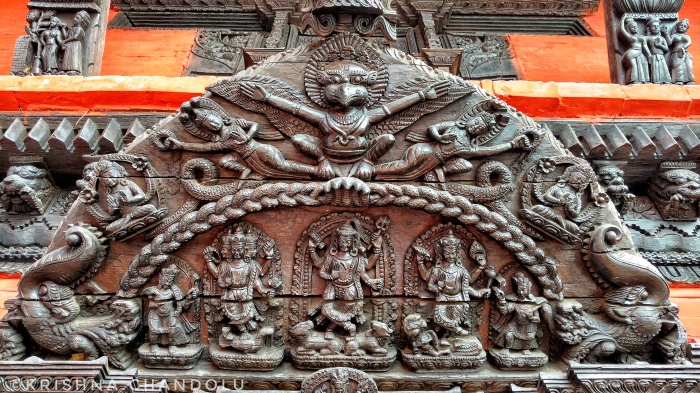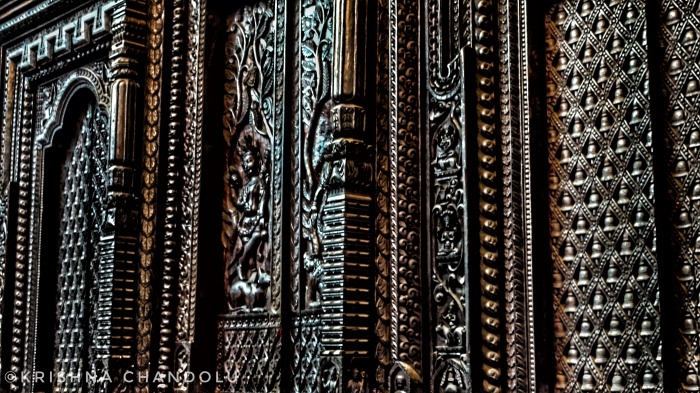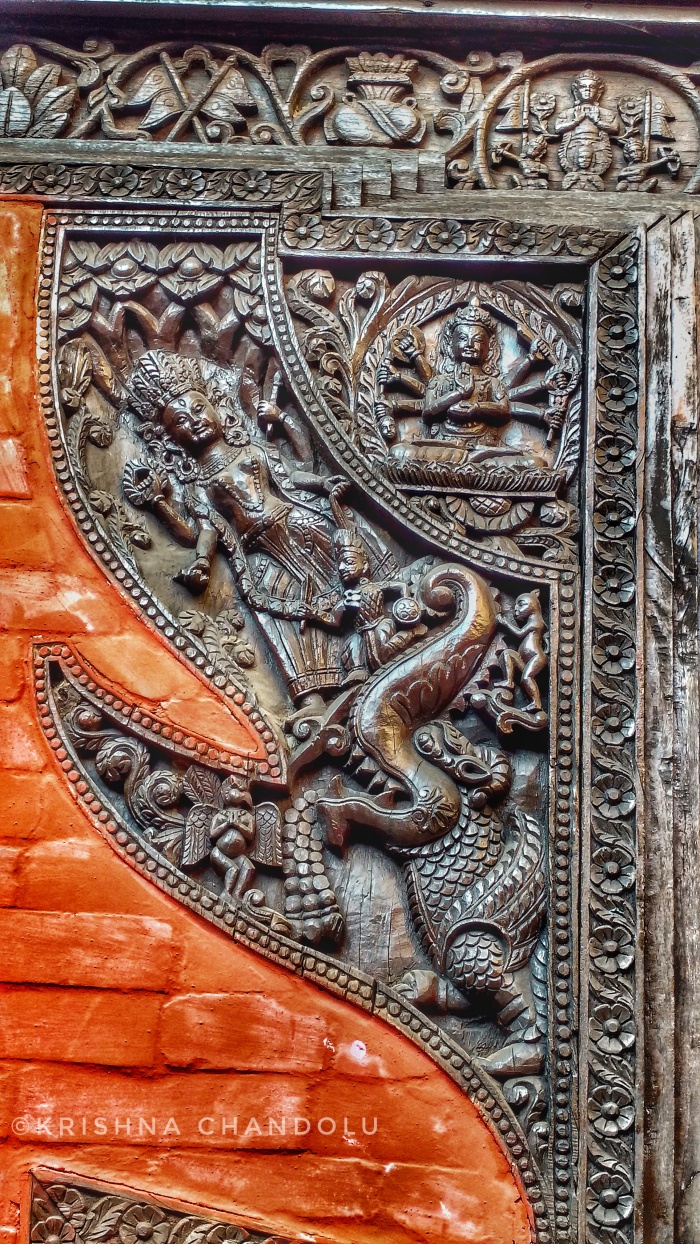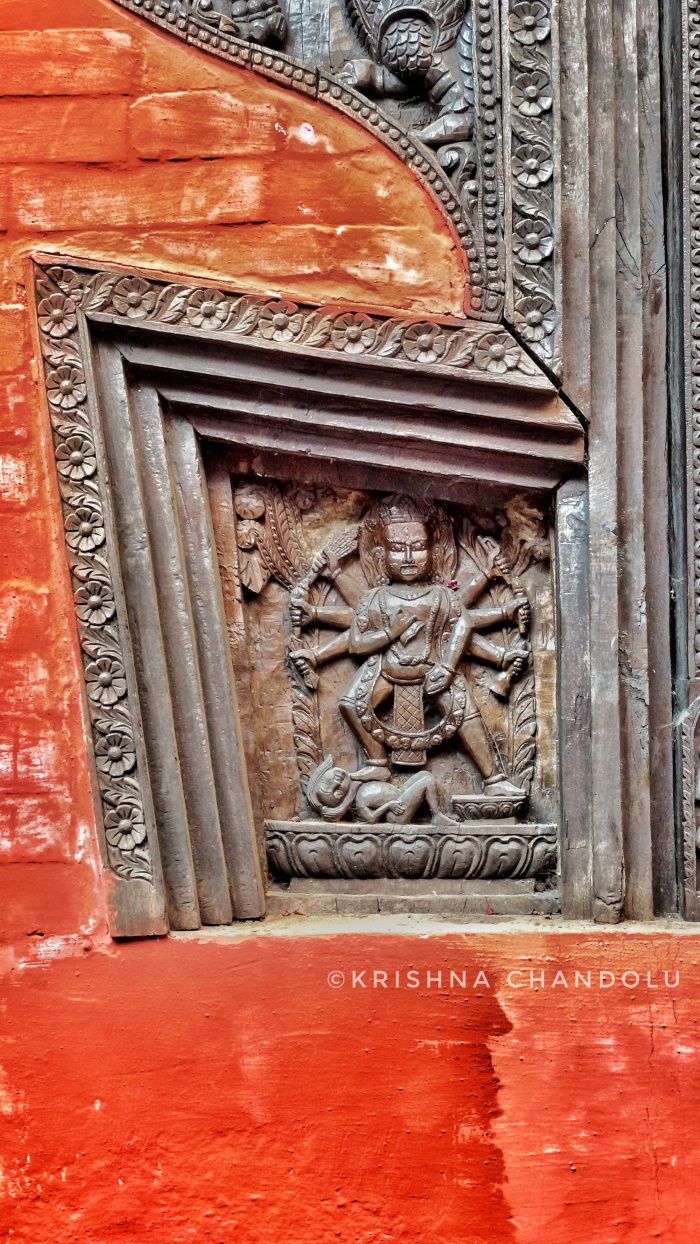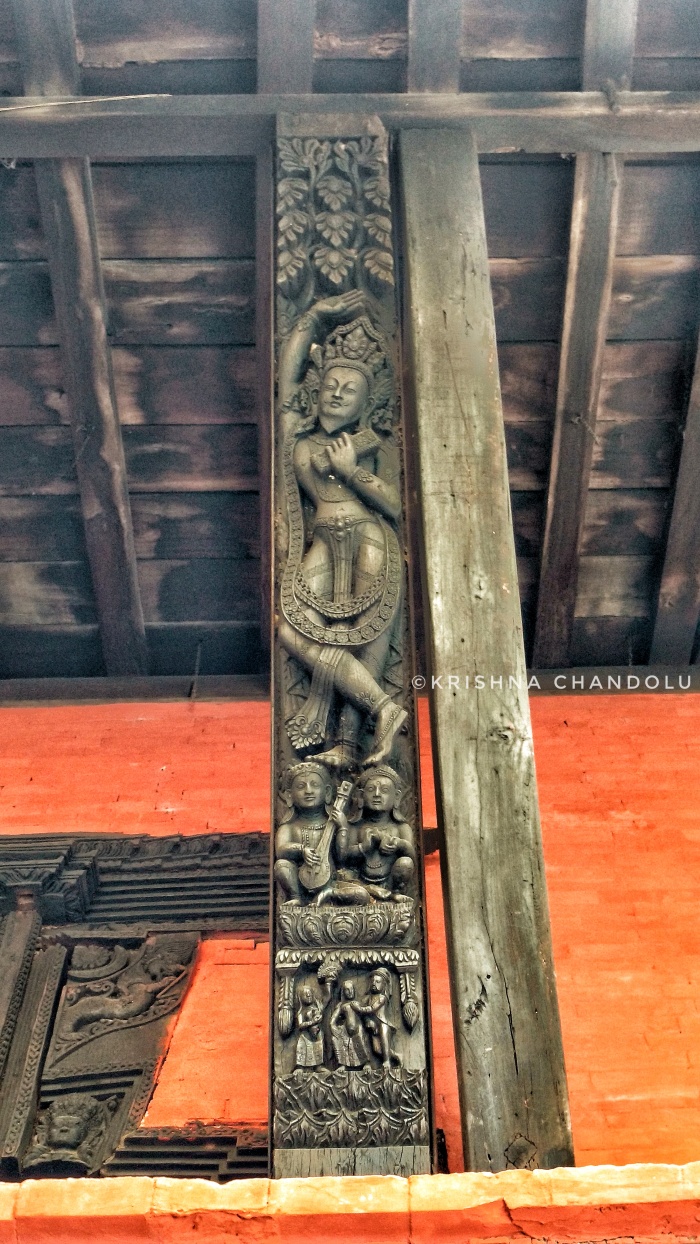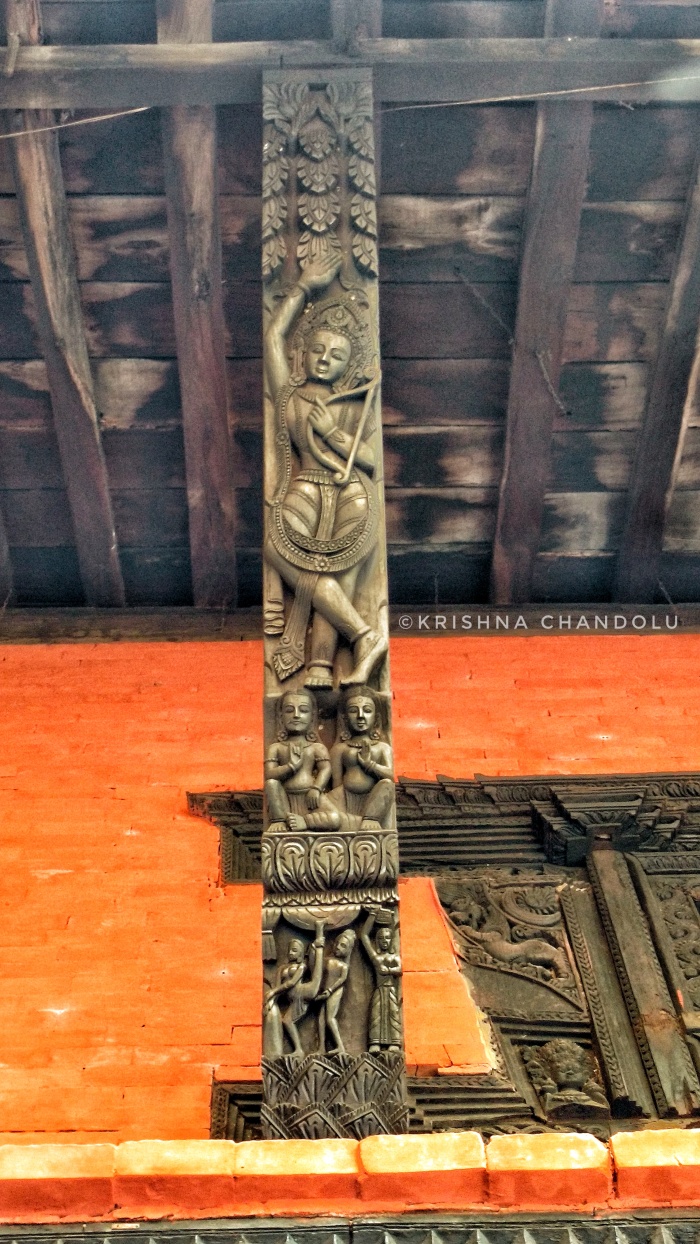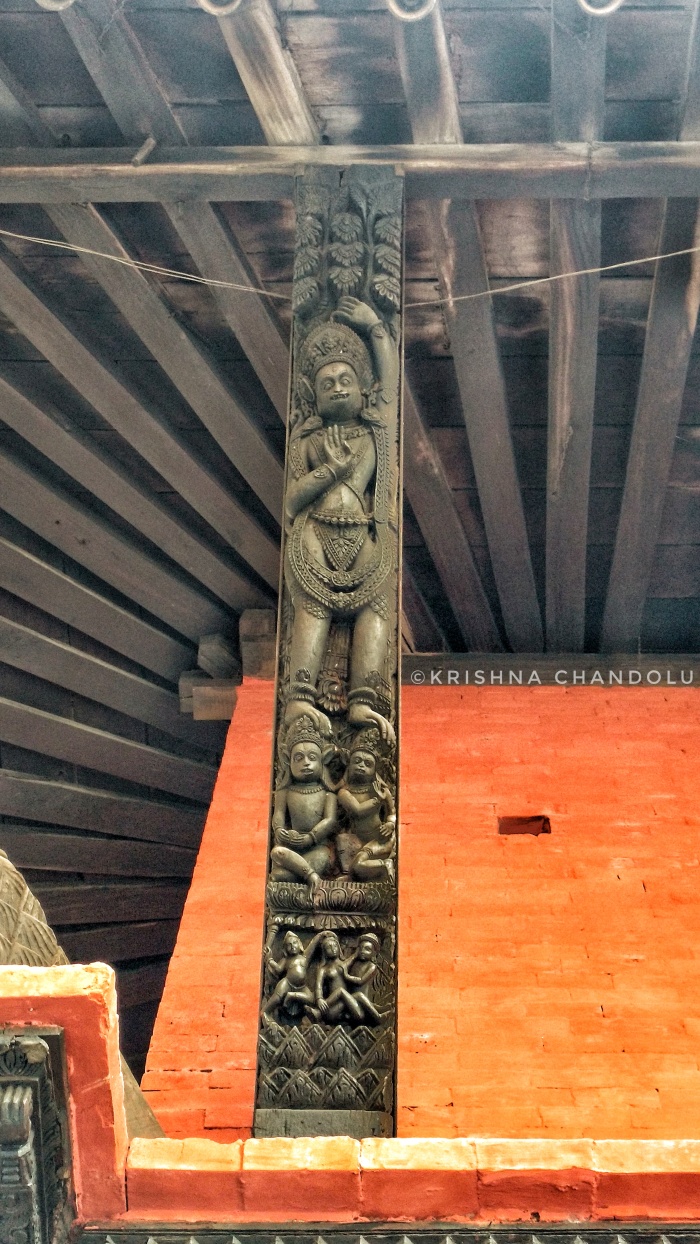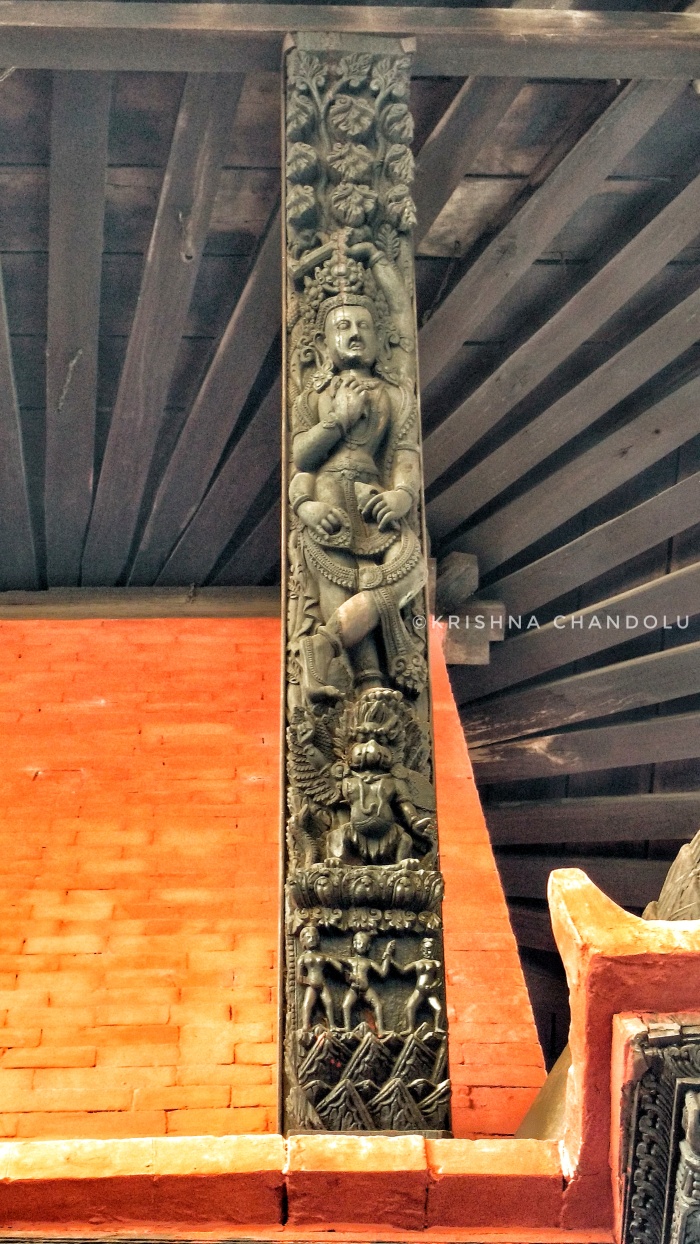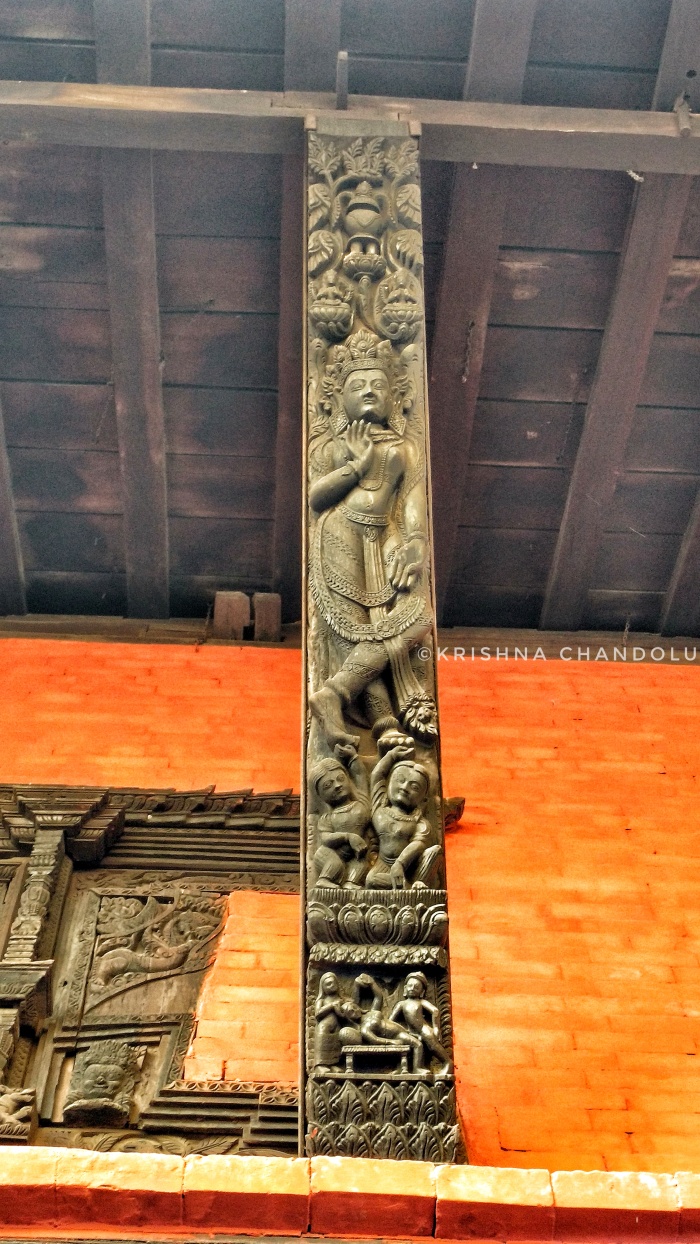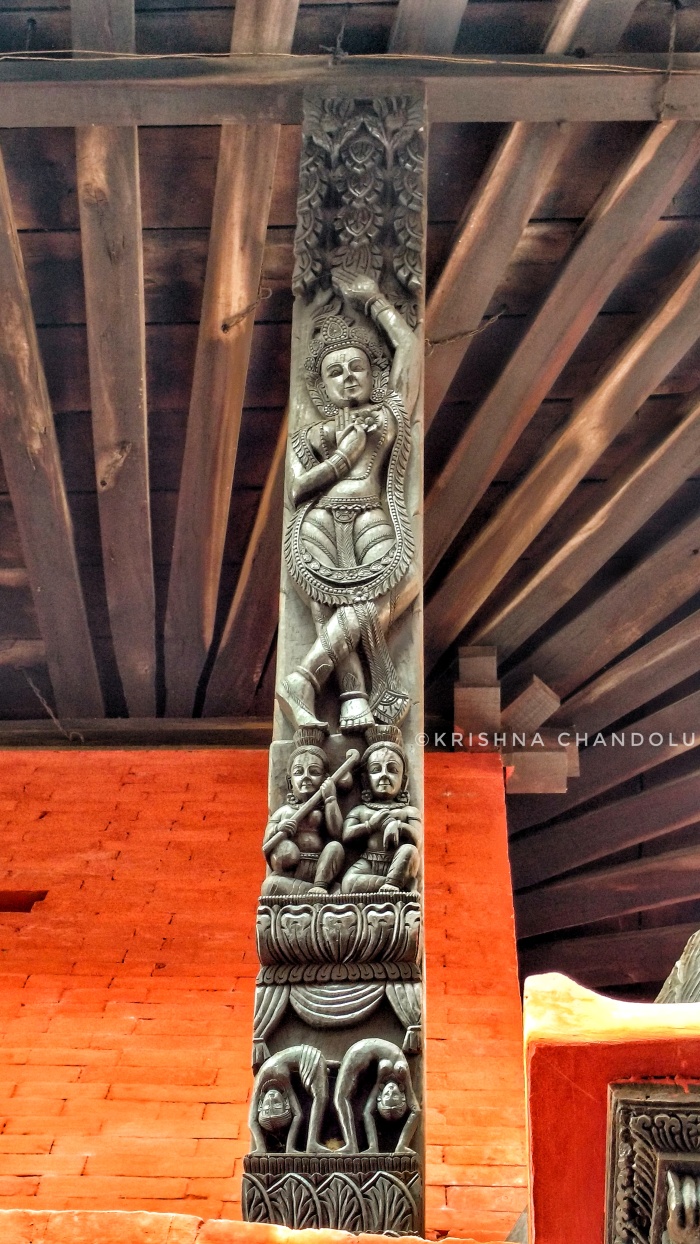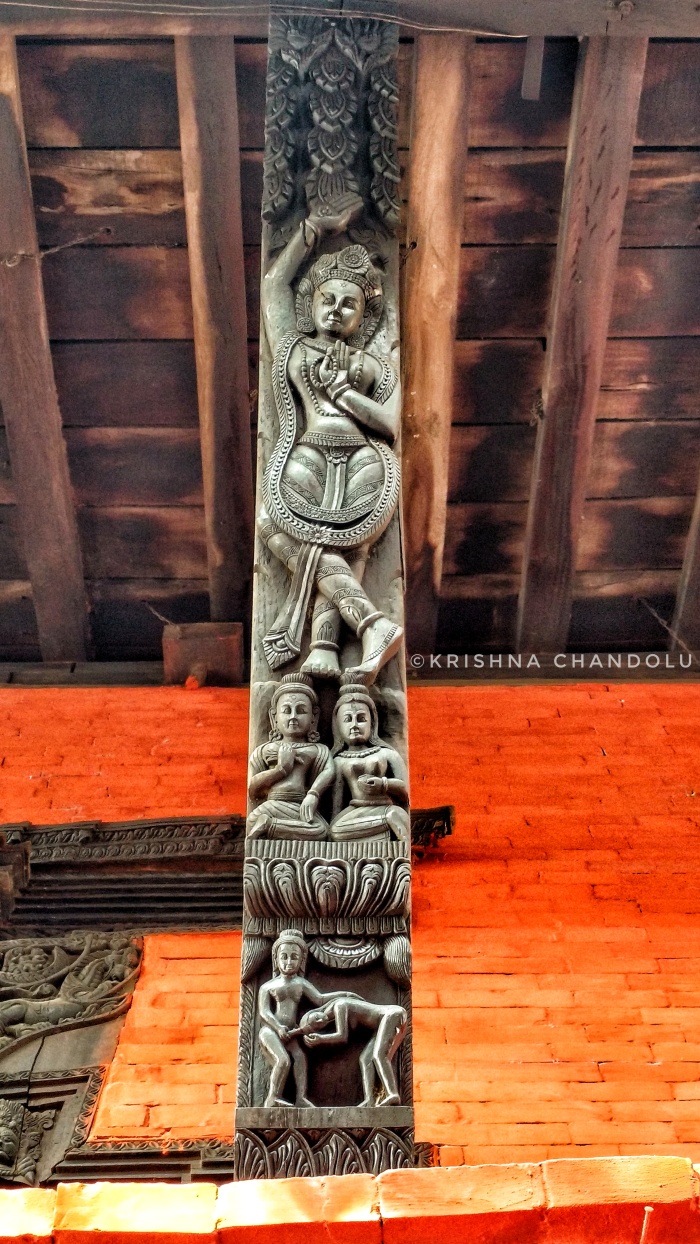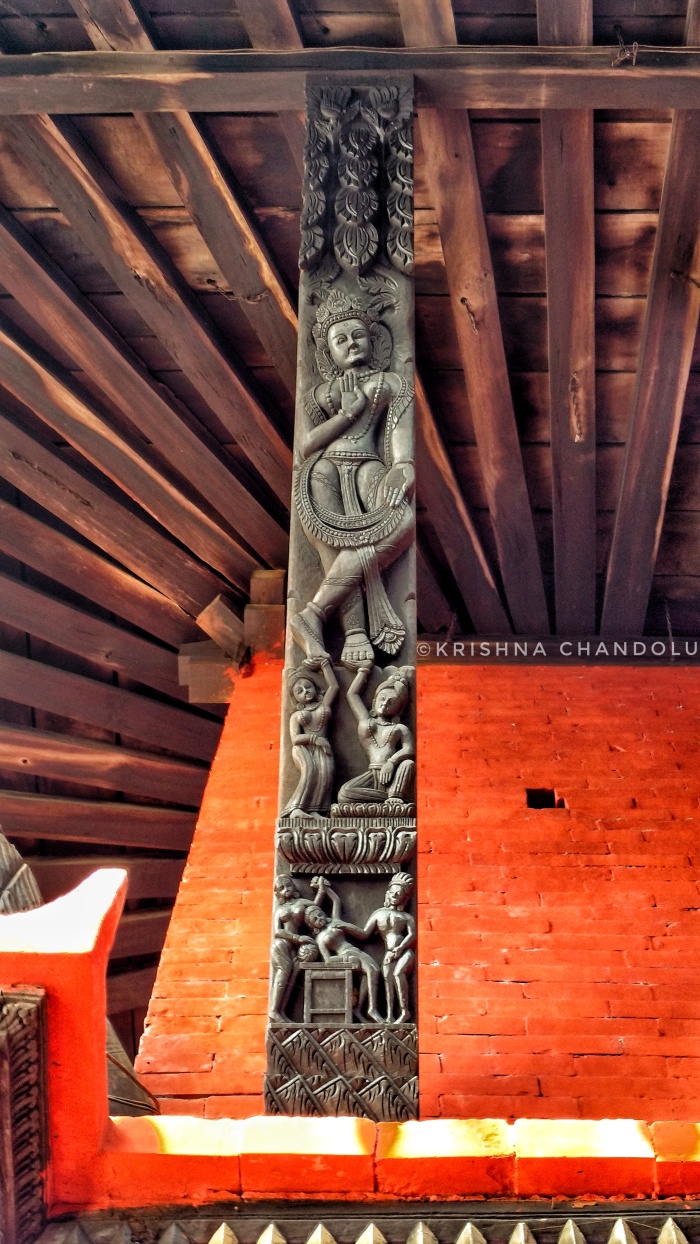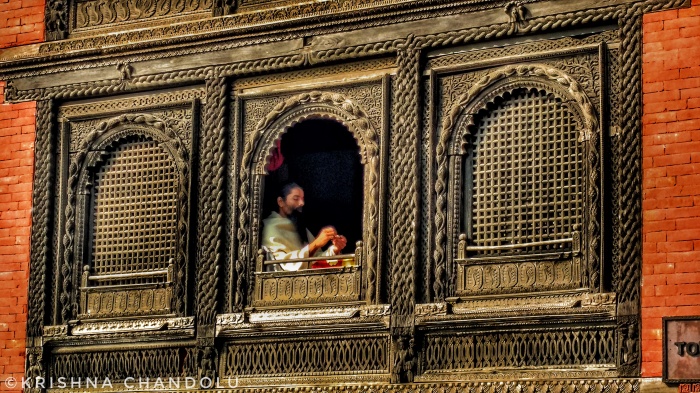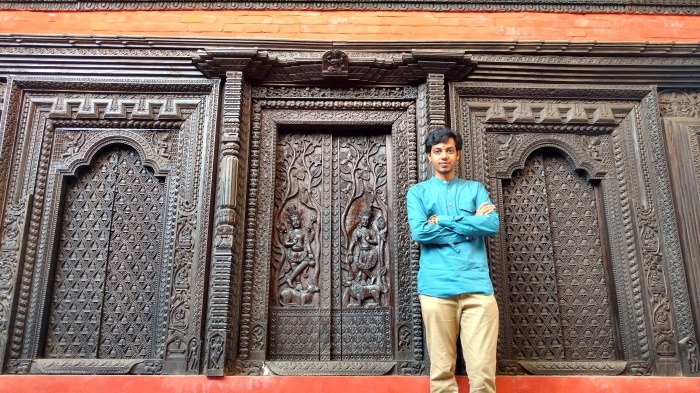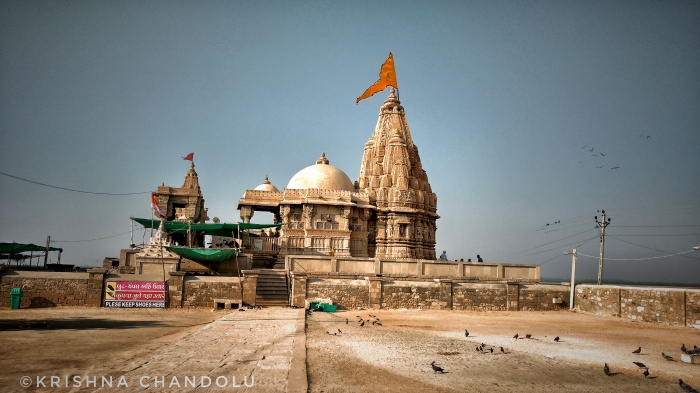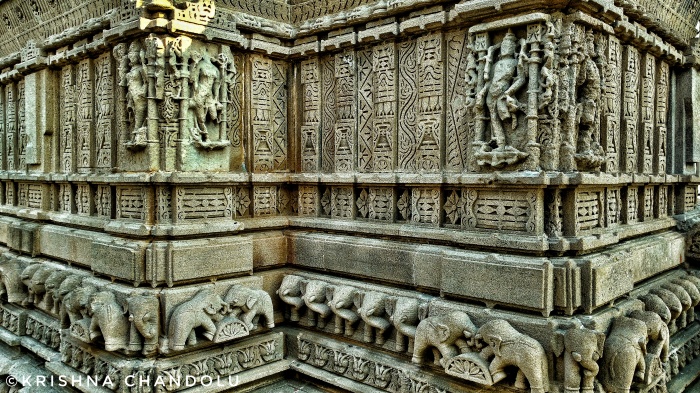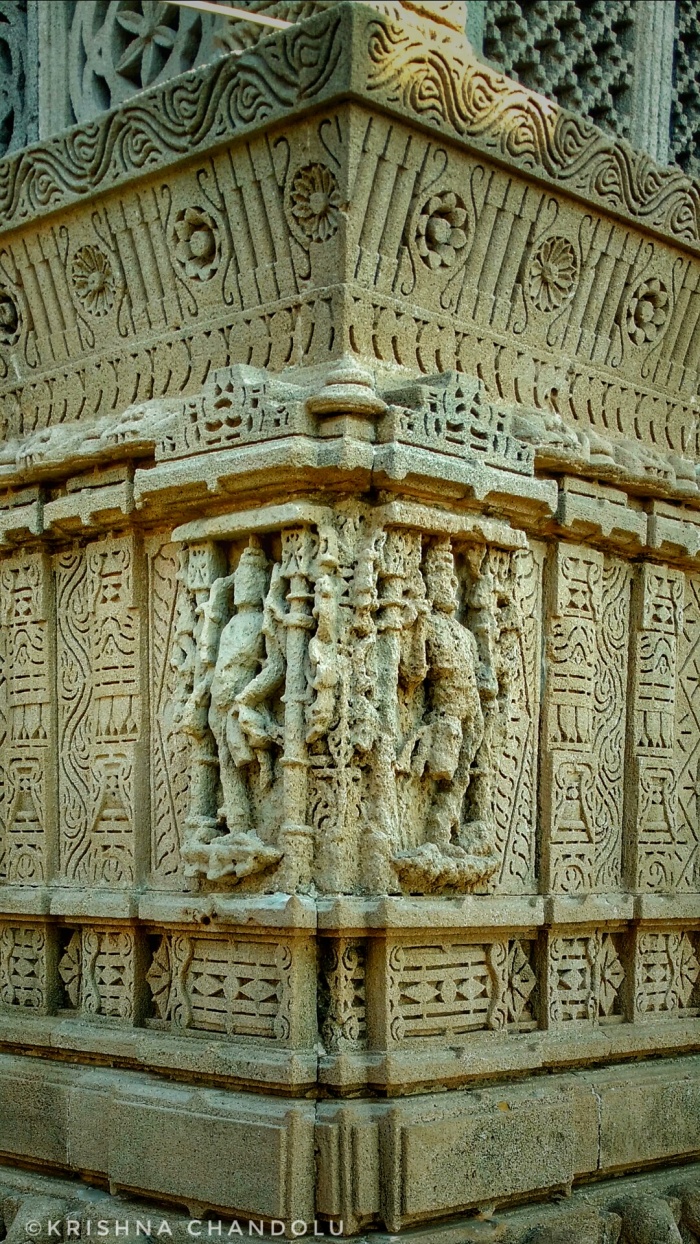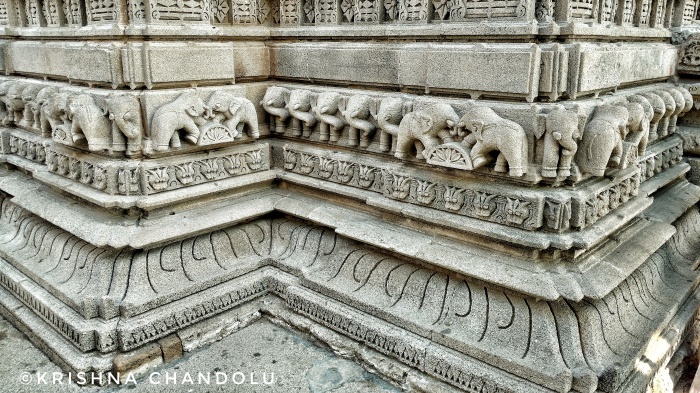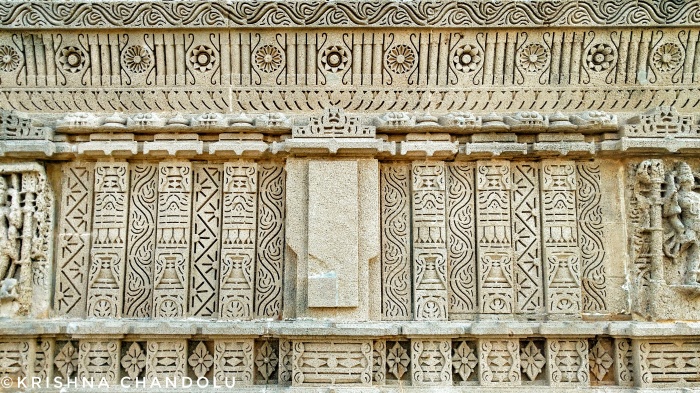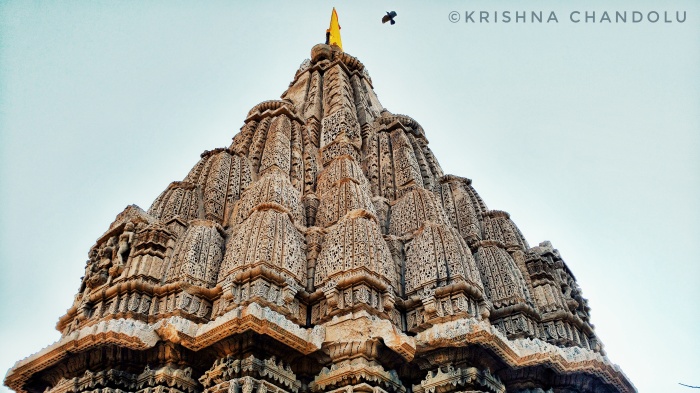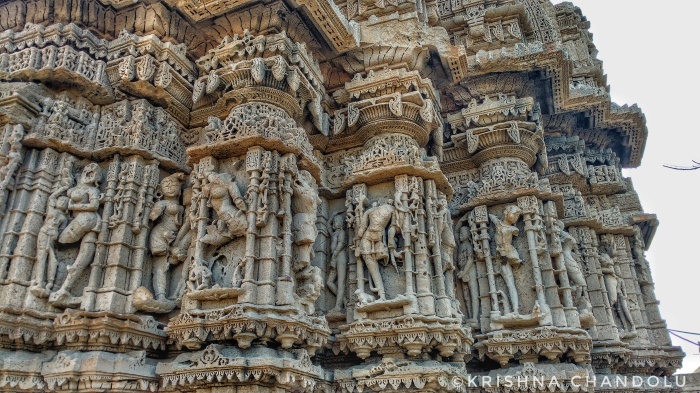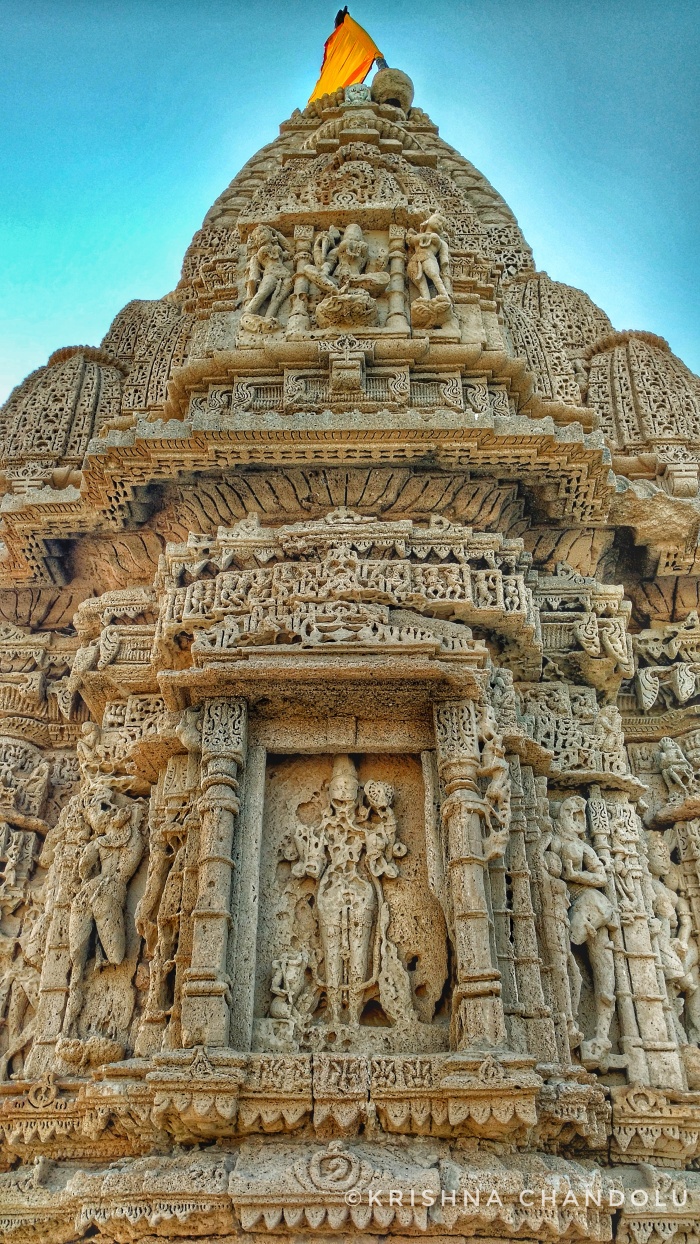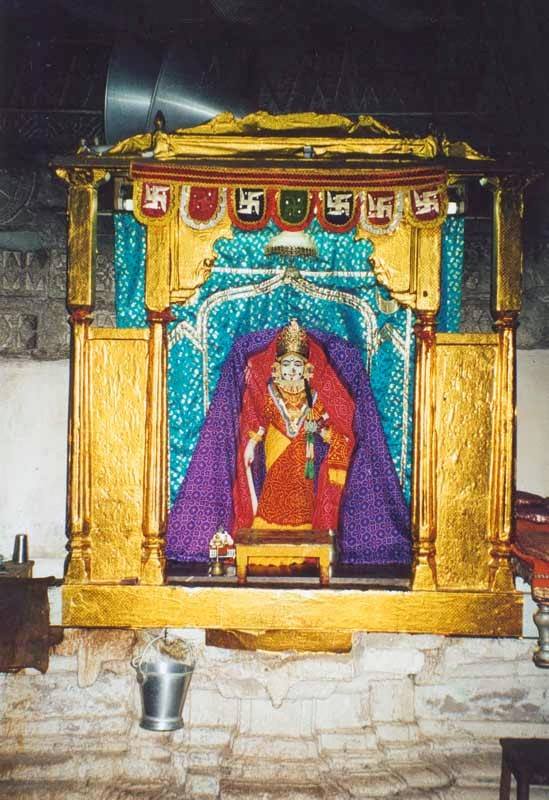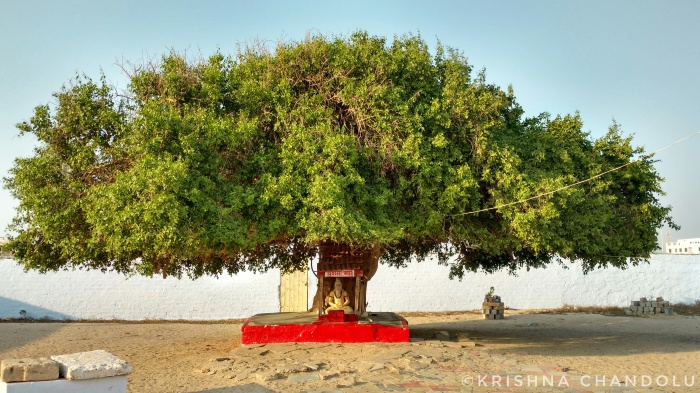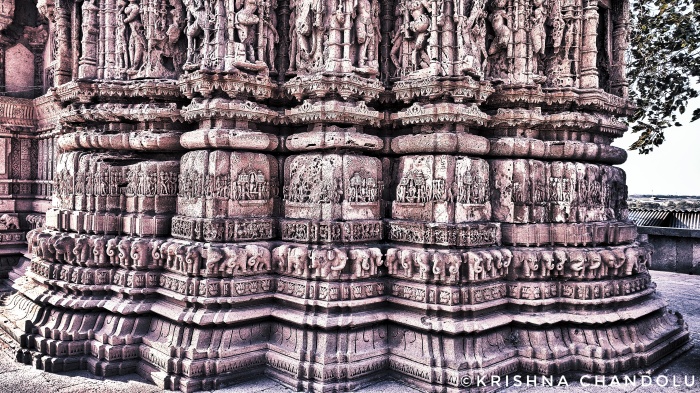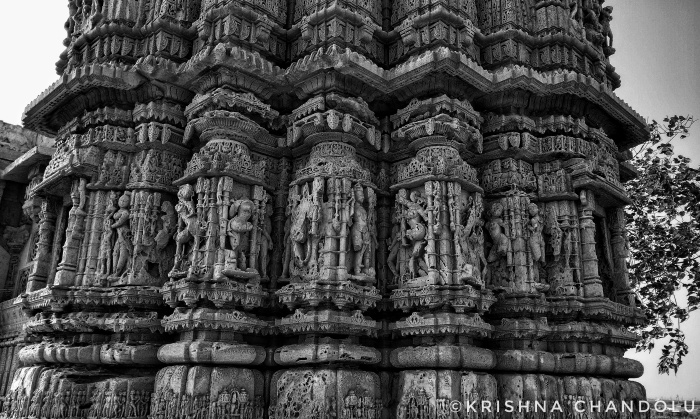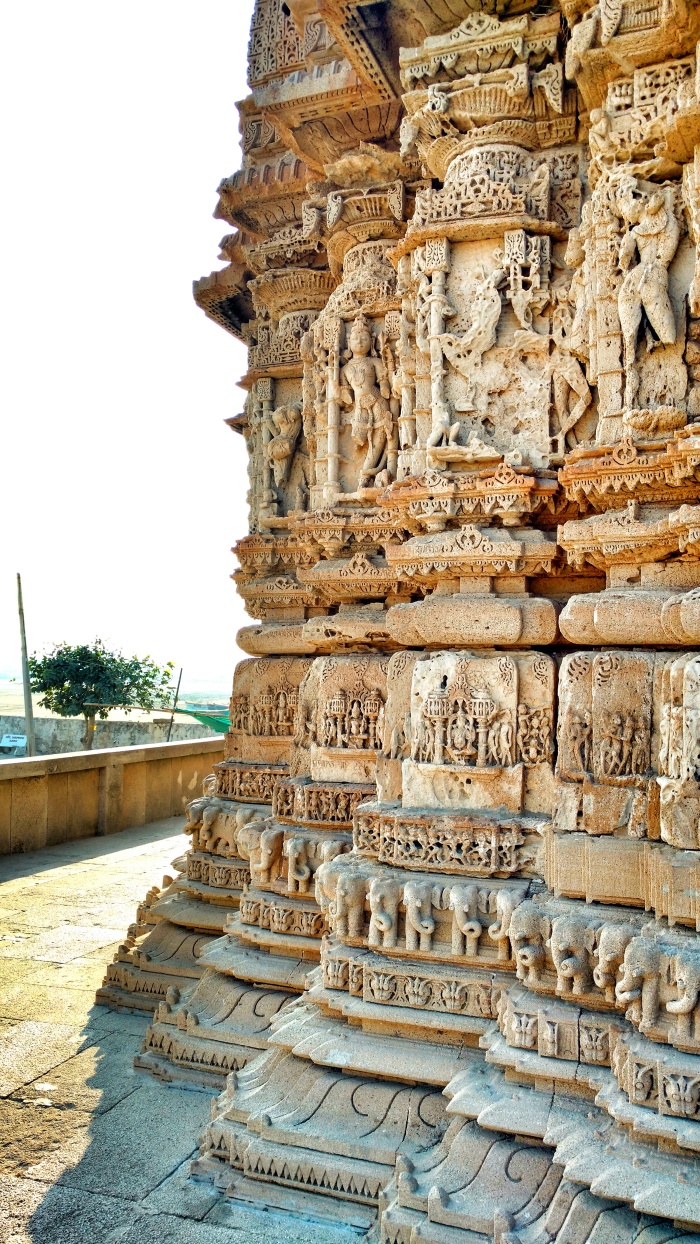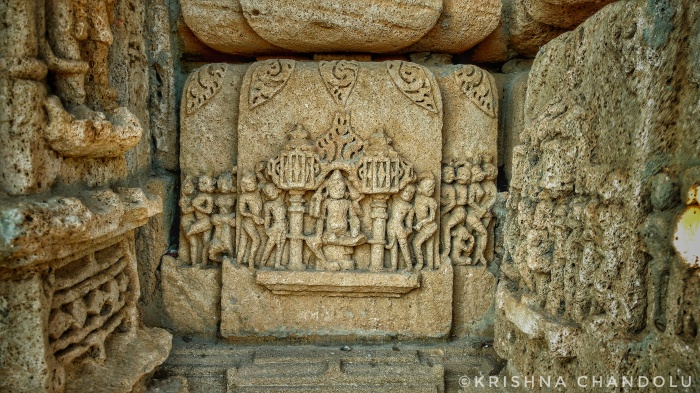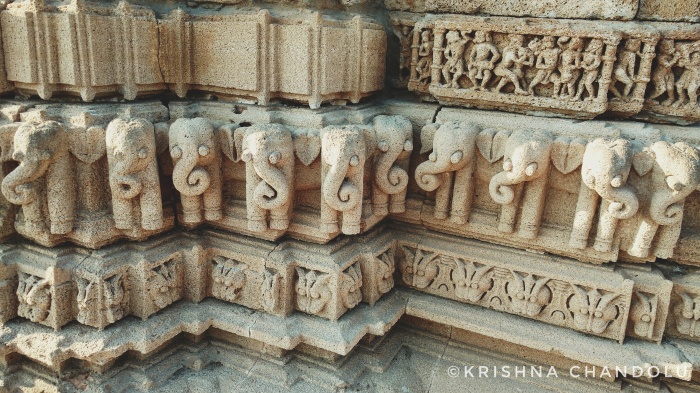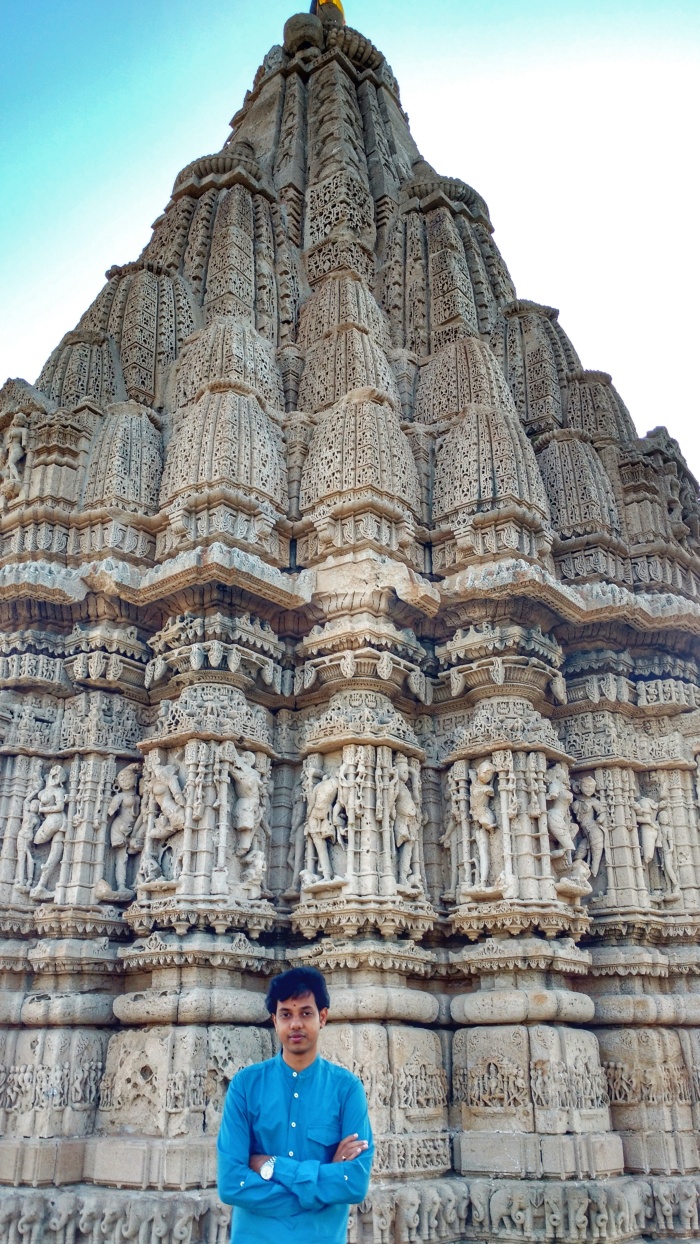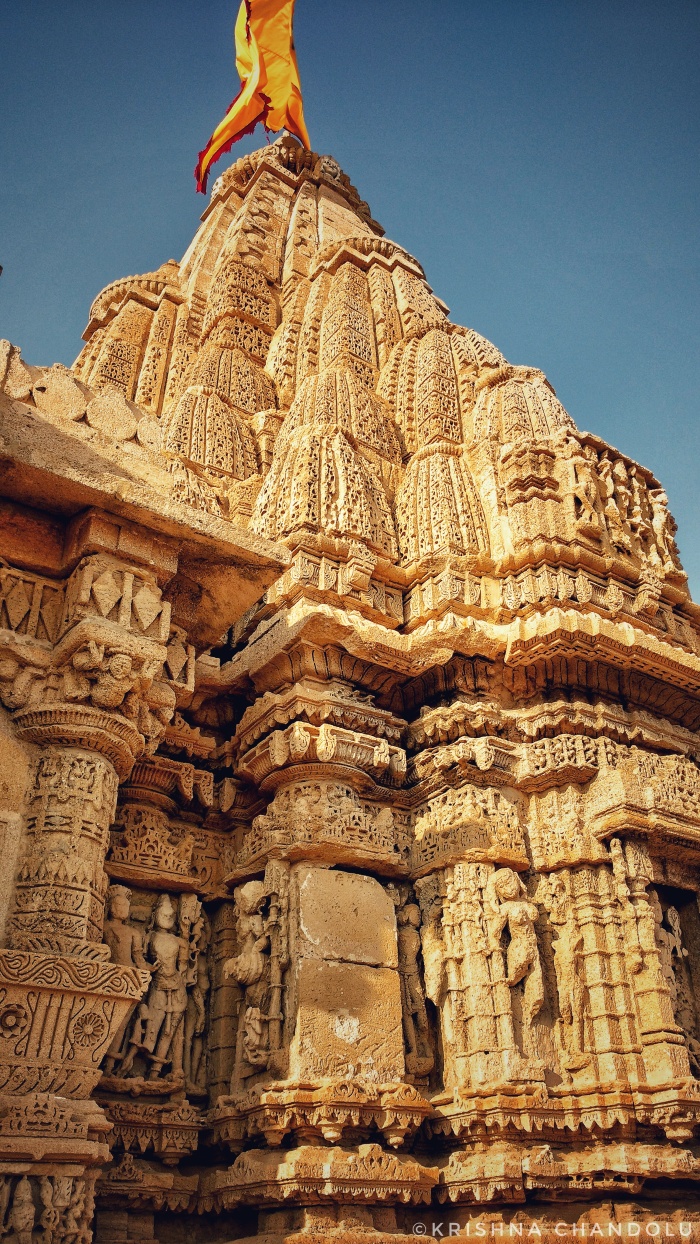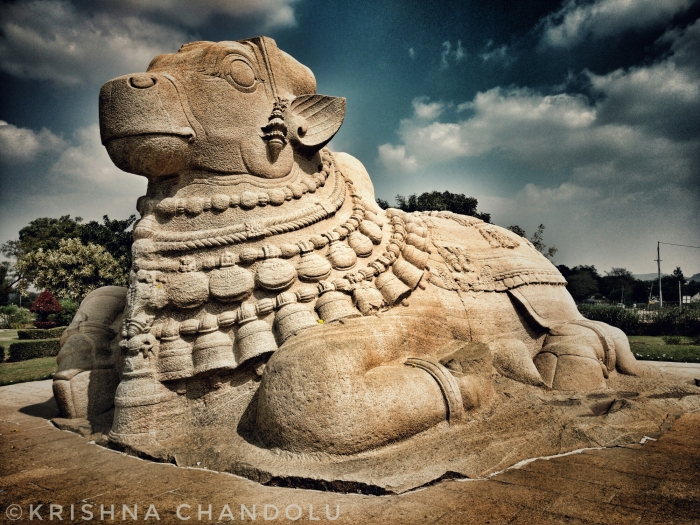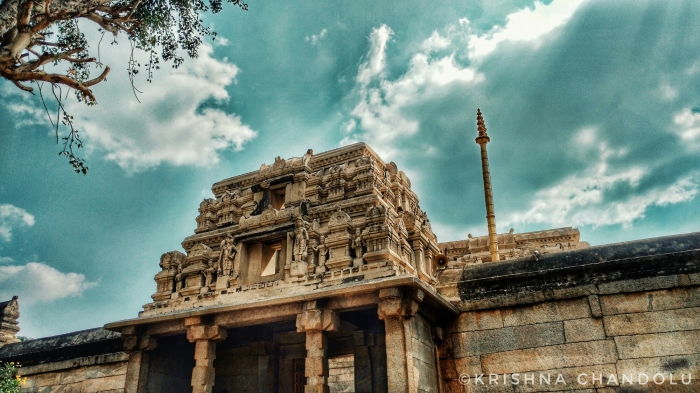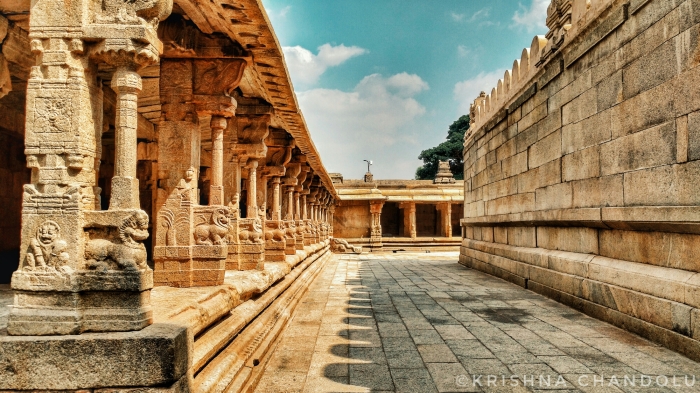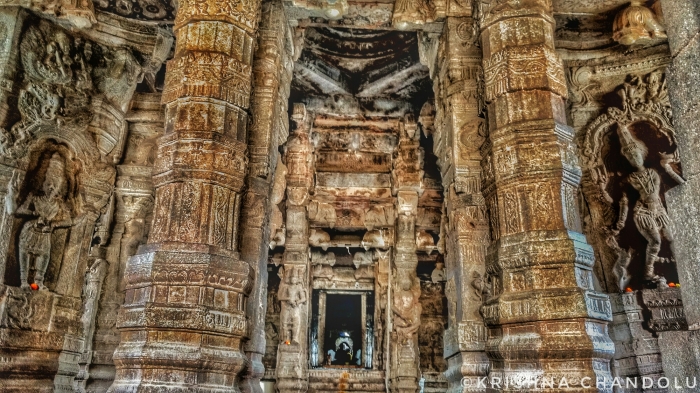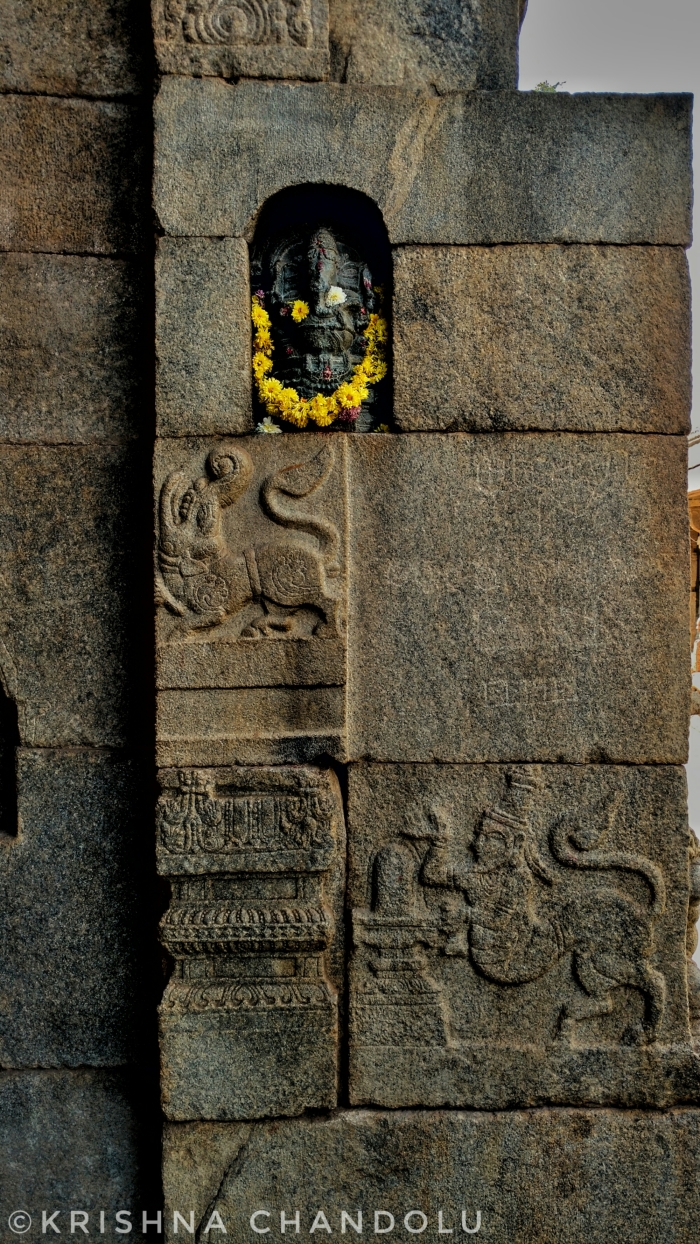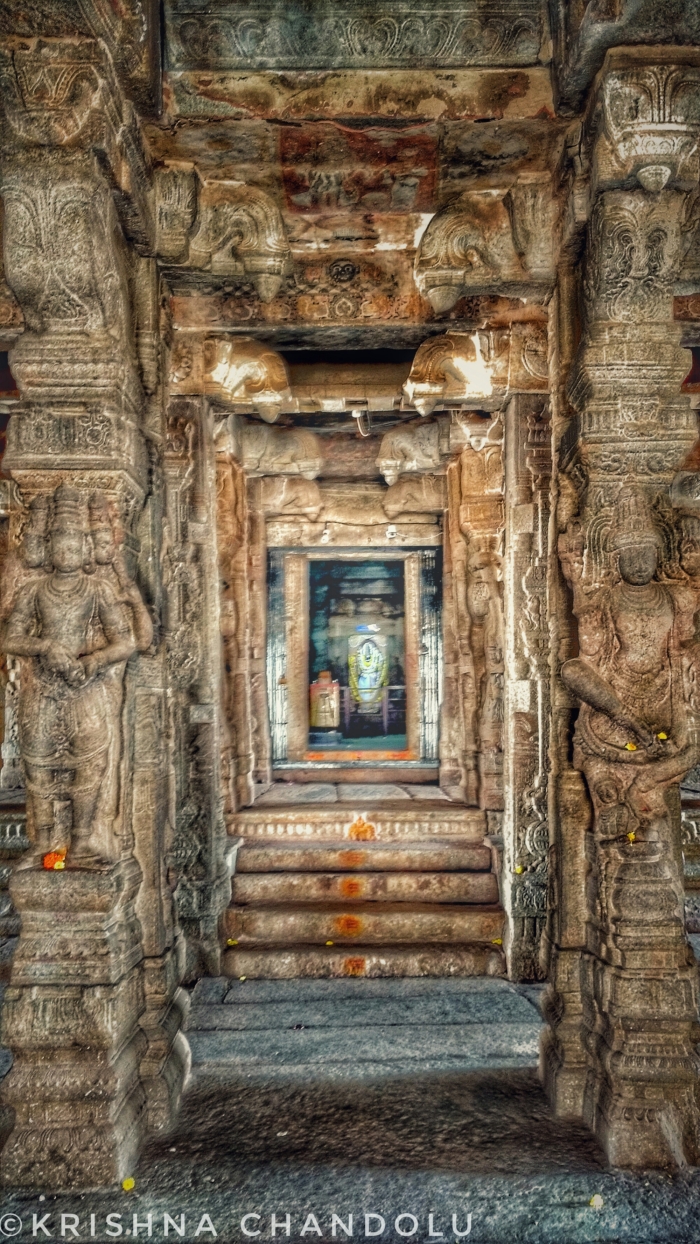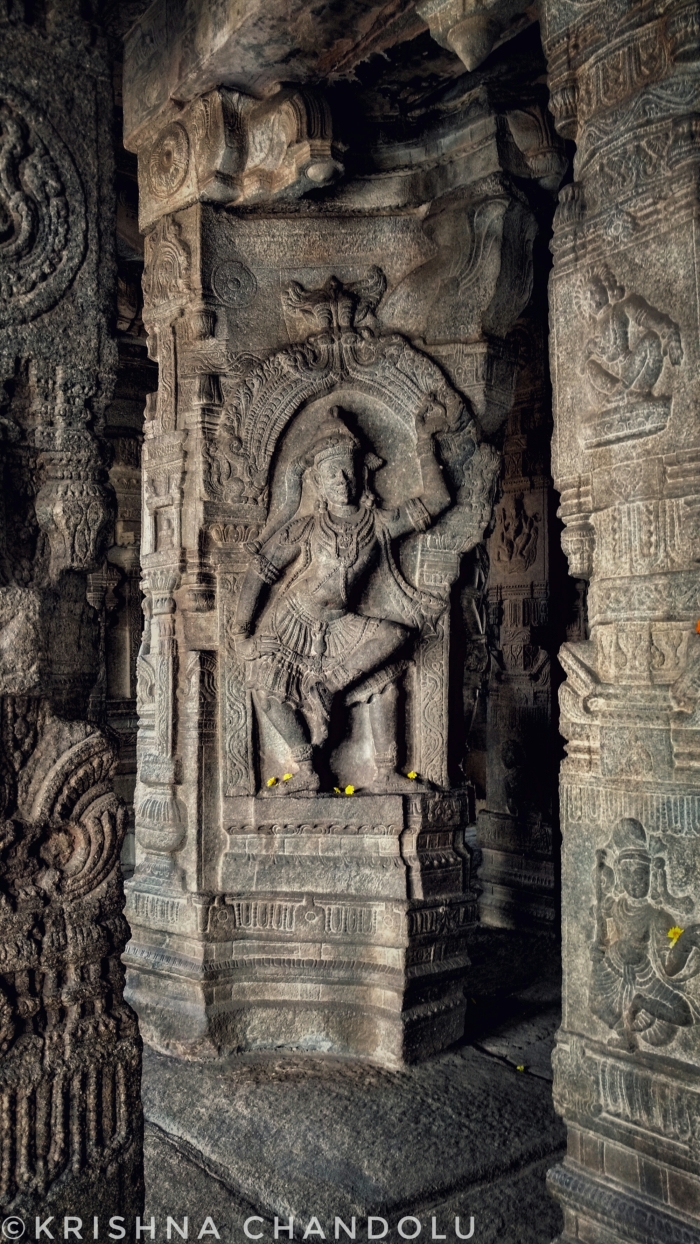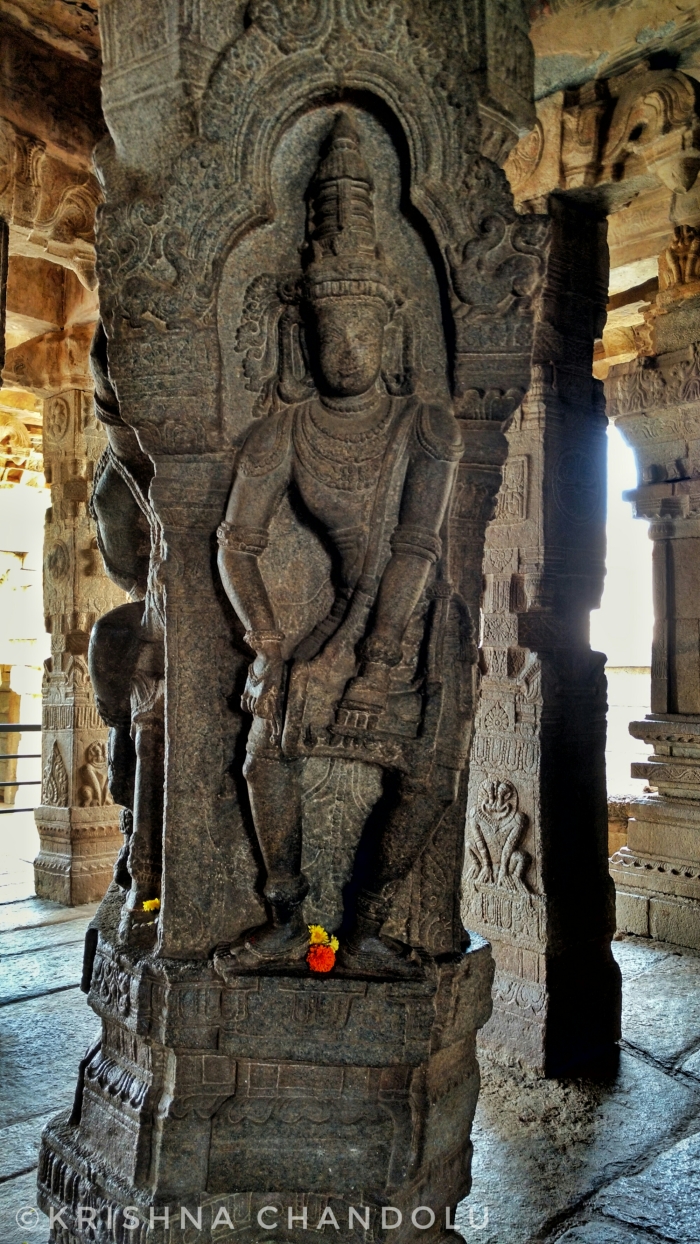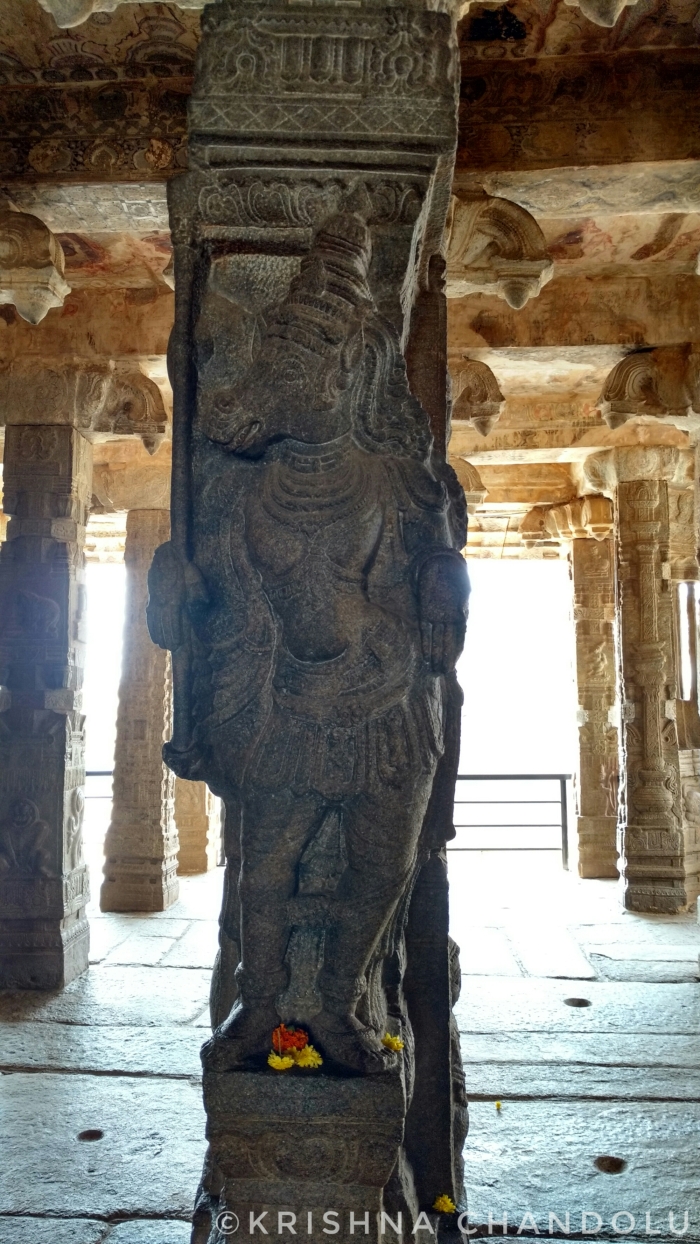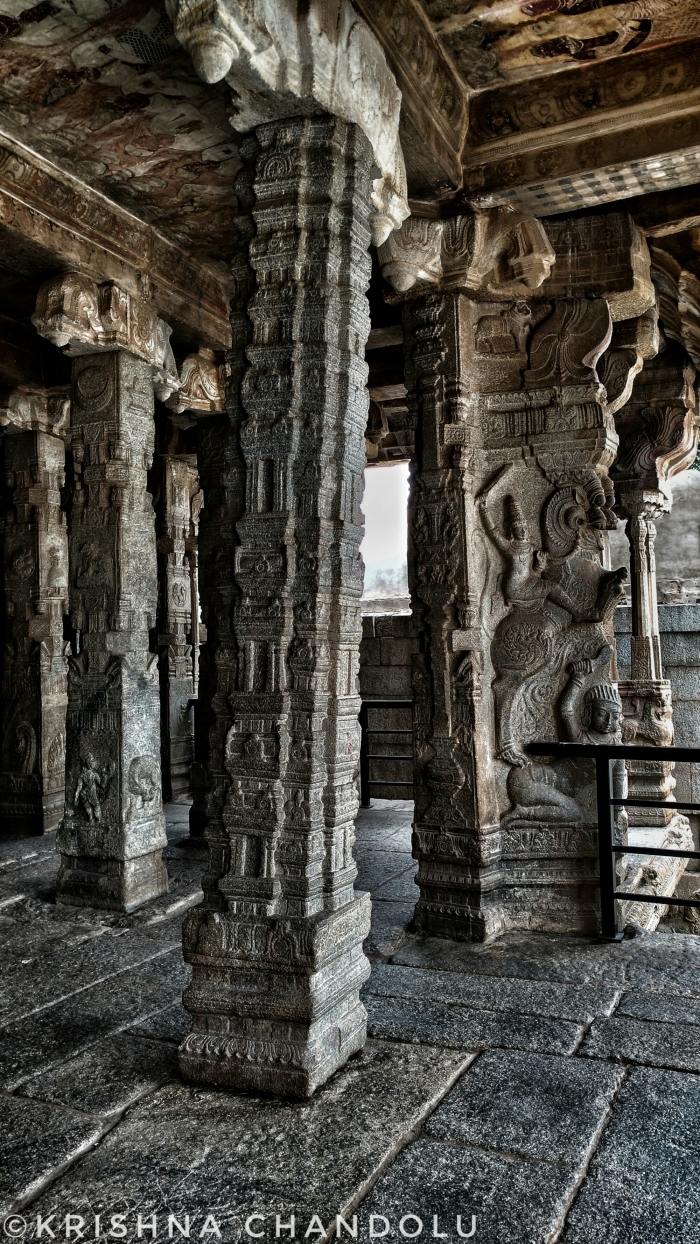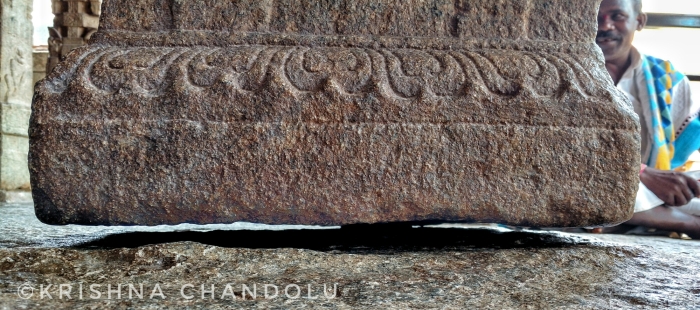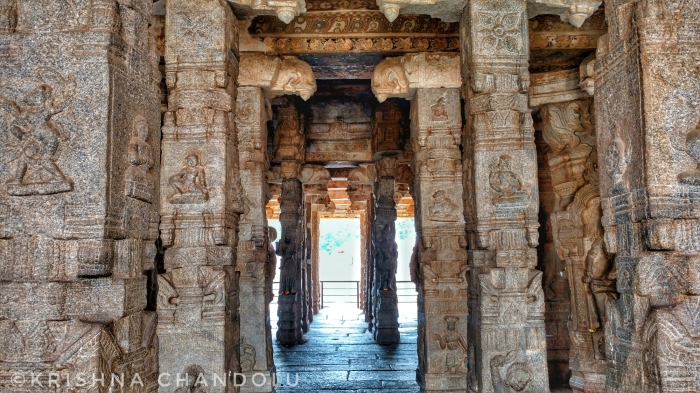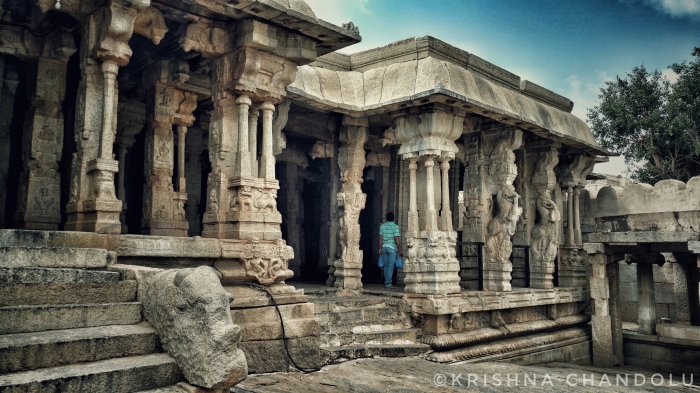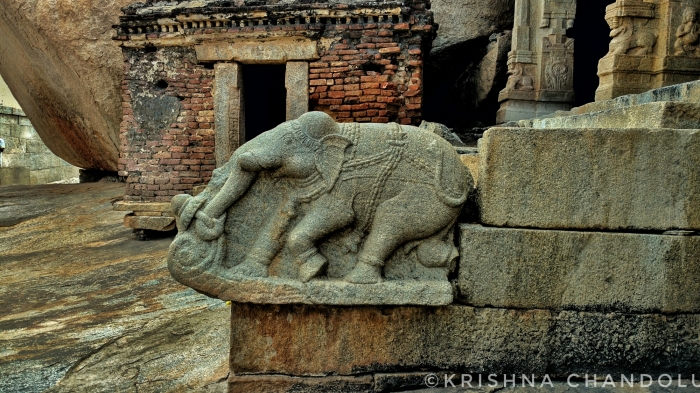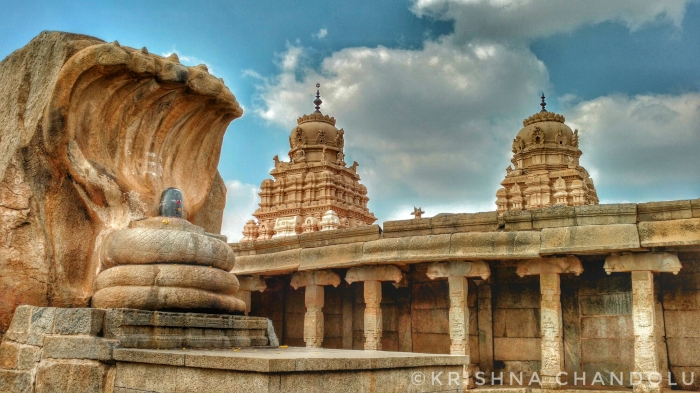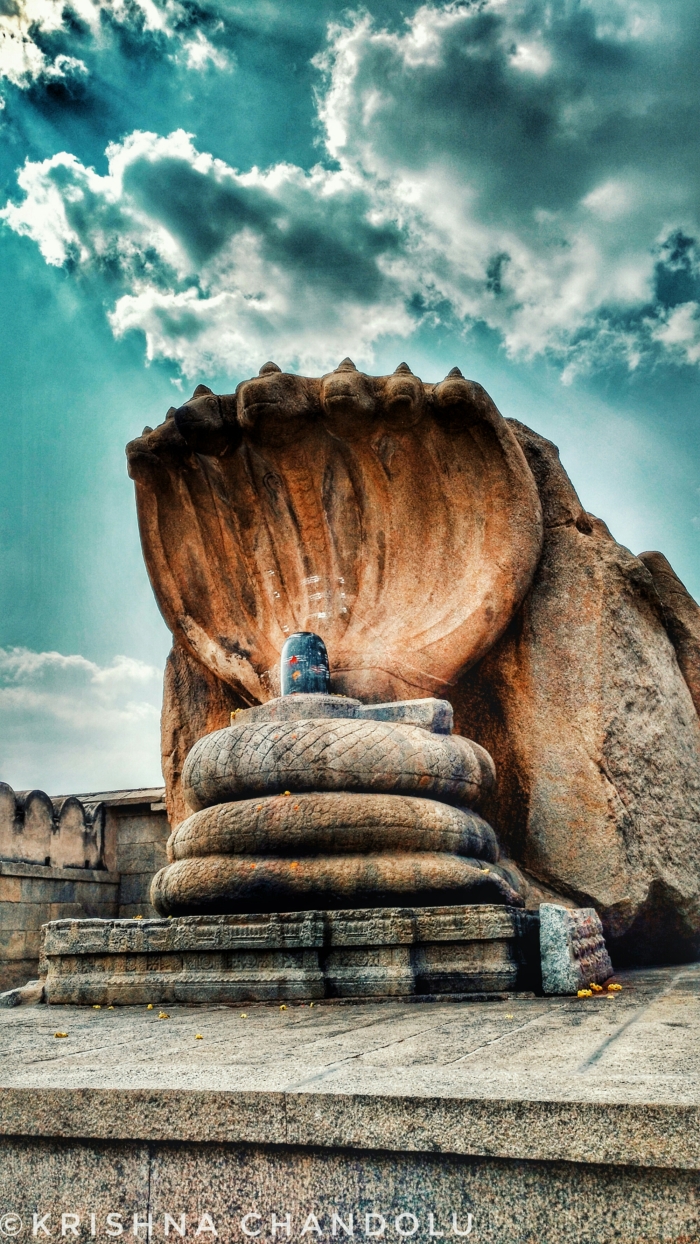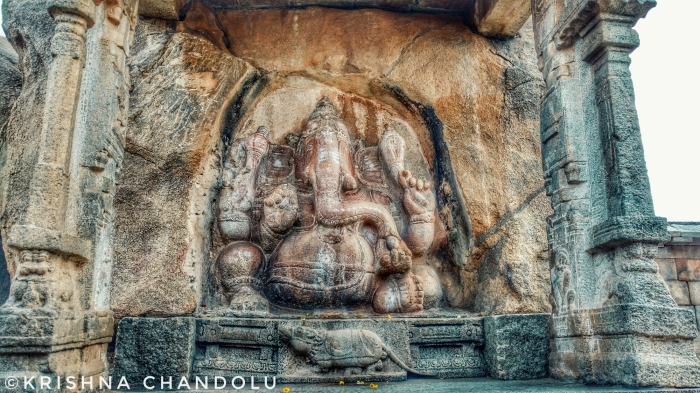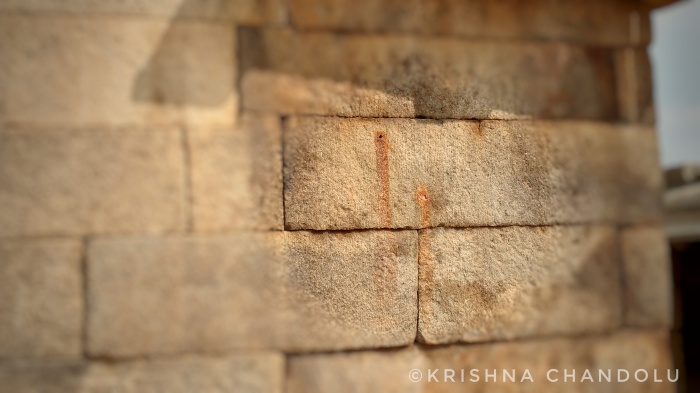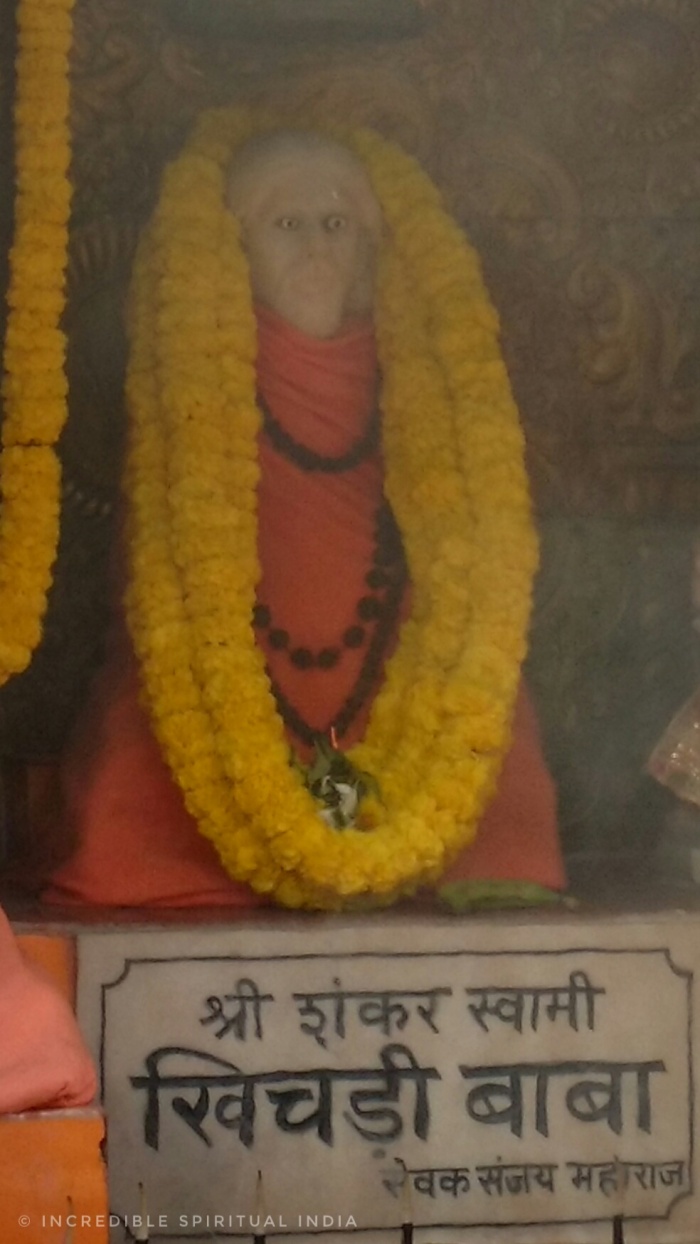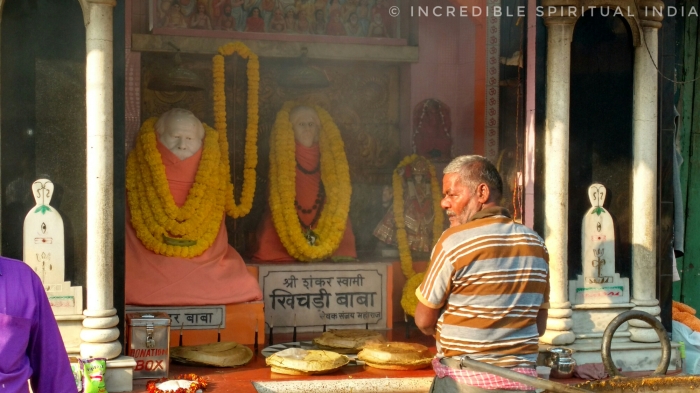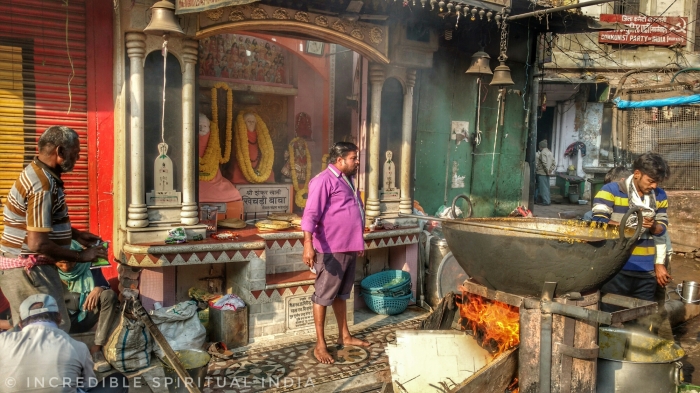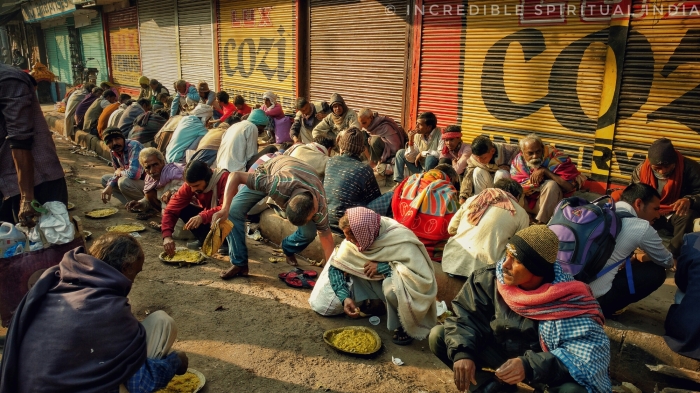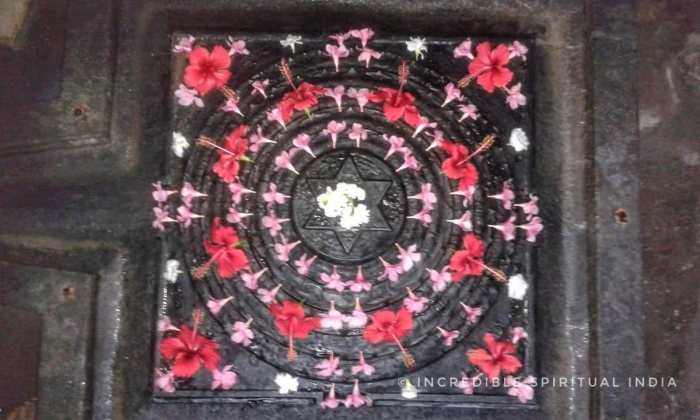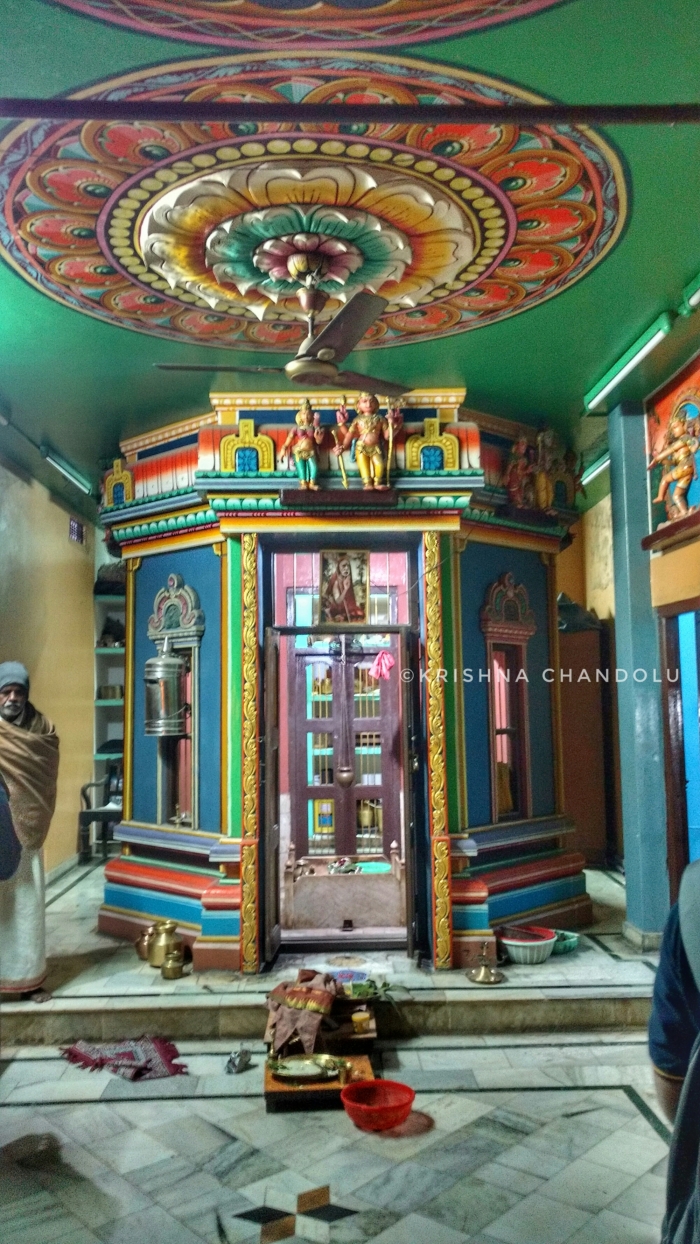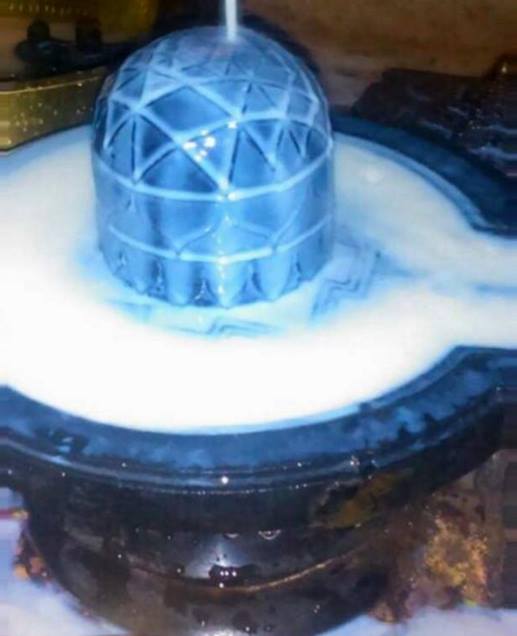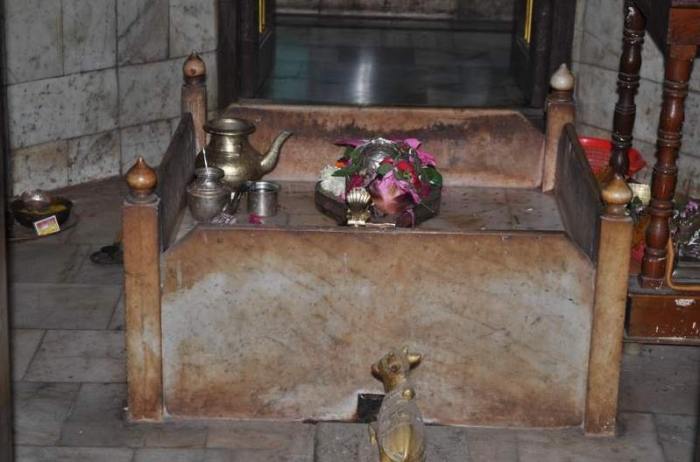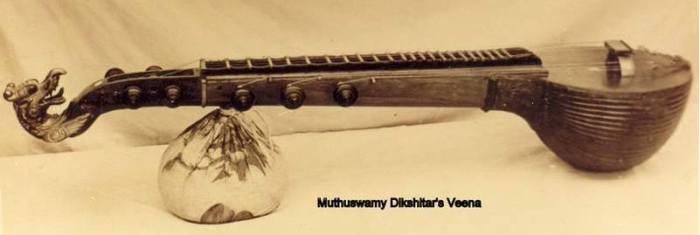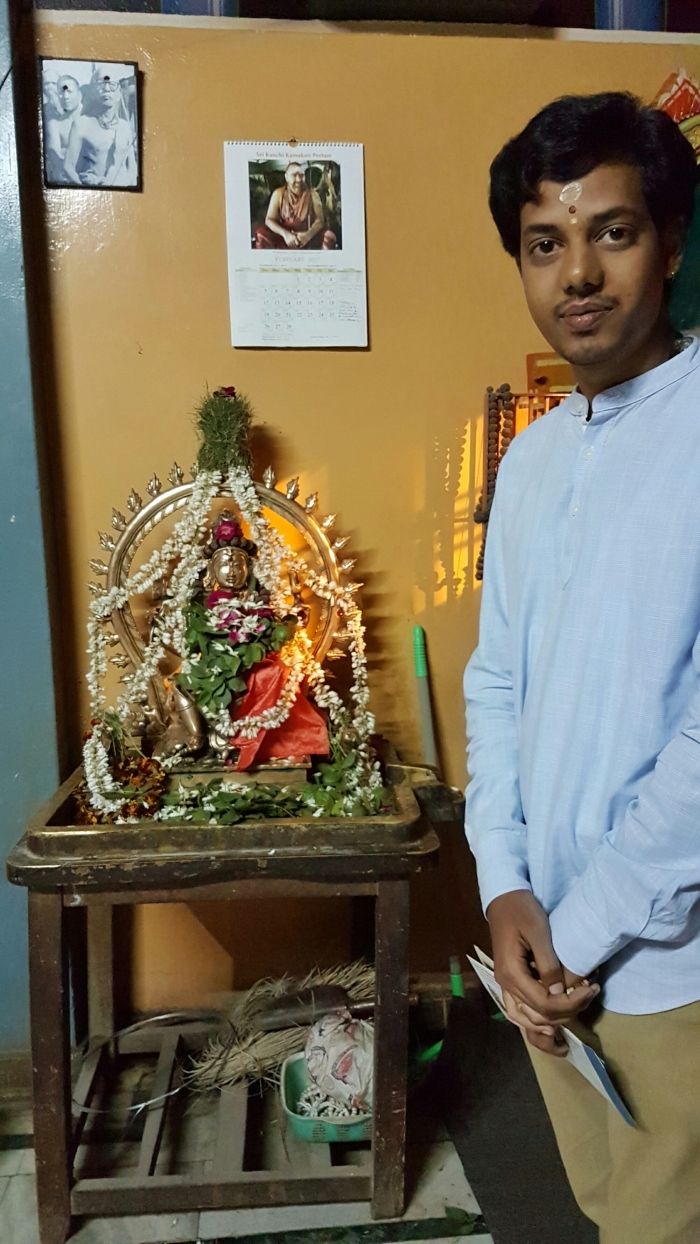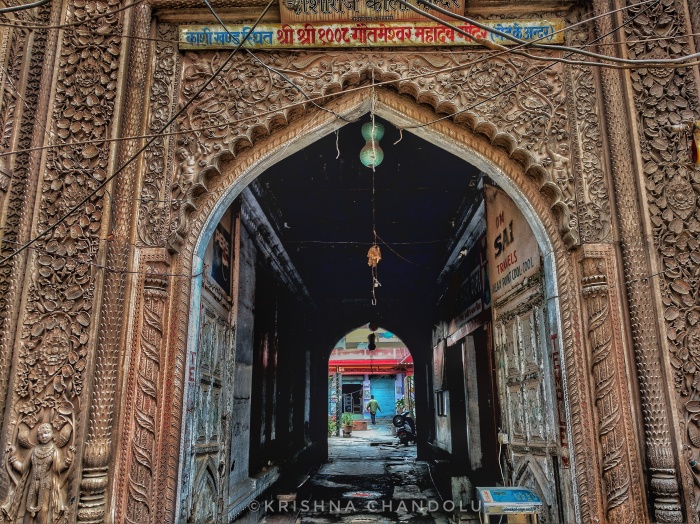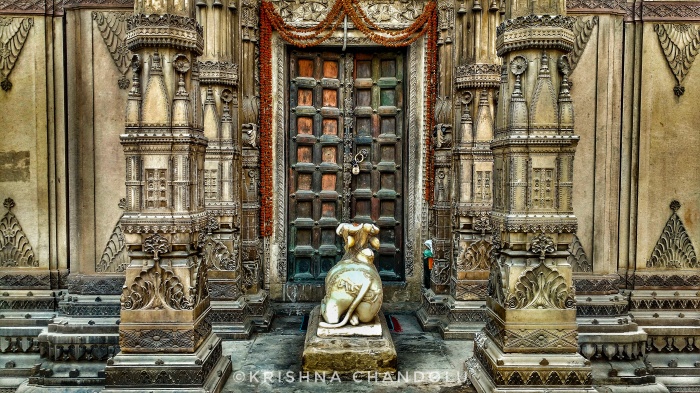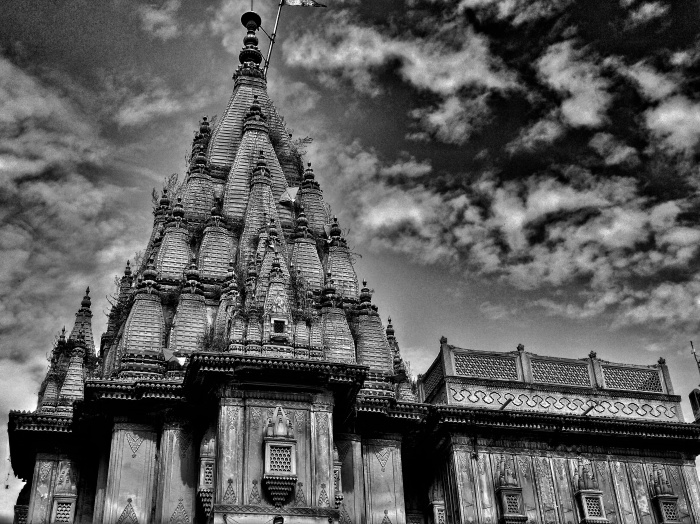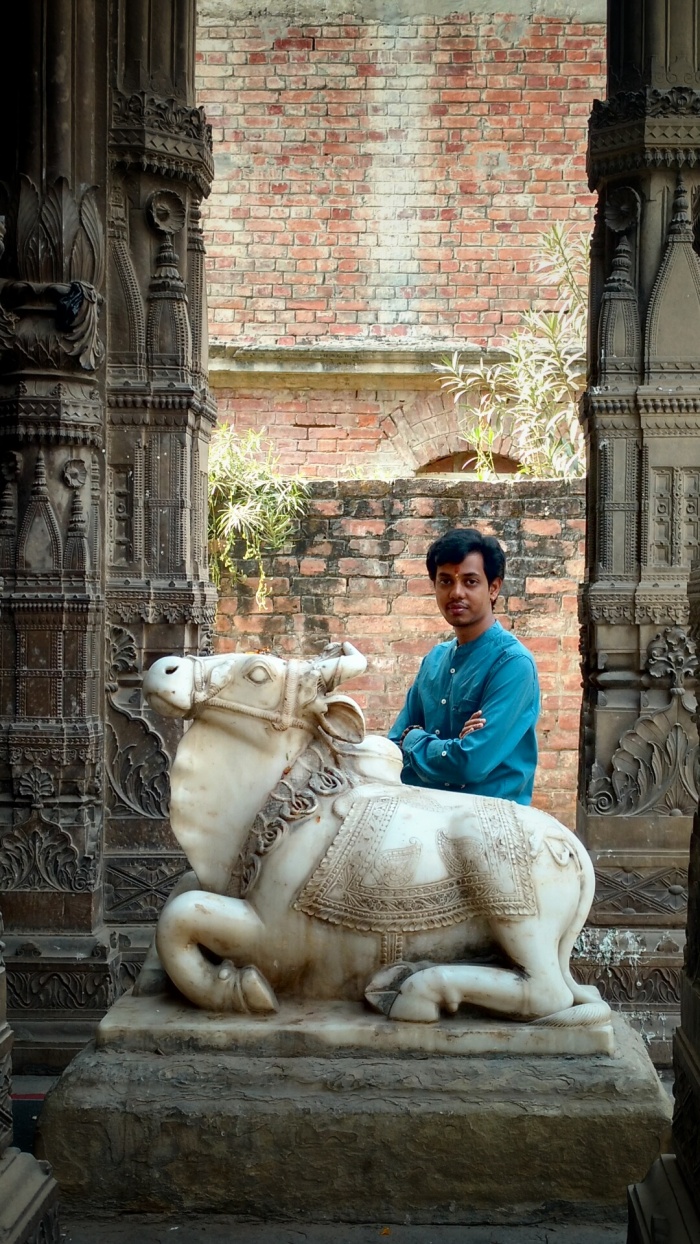ayodhyA mathurA mAyA kAshI kA~nchI avantikA |
purI dvArAvatI chaiva saptaitA mokShadAyikAH ||
Seven cities in India correspond to seven centres or chakras in our body:
Kanchi corresponds to the swadhisthana chakra situated behind the genitals, as the presiding deity here is Kamakshi. (Source – artofliving site)
Kanchipuram or Kanchi is a famous temple city in Tamil Nadu known as ‘the city of thousand temples.
Pushpeshu jati, purusheshu Vishnu
Naarishu Rambha, Nagareshu Kanchi.
This jingle is attributed to Kalidasa, a connoisseur of places who might have seen enough of Kanchipuram more than a millennium ago to come up such a crisp verse. Certainly, for over two thousand years, Kanchipuram has been laying down layers of the finest in culture. Even though these earlier days have largely to be surmised, there is plenty of historical documentation about the Pallavas and Cholas, who had a big hand in building the city and its environs.
The original name of Kanchipuram was Kachchi Managar. There have been different interpretations of the word kanchi. The Sanskrit term denotes a woman’s waist-girdle. This place was also known as Tondaimandalam in ancient Sangam literature, in which it is referred to as a forest of kanchi (river portia) trees. The city itself is referred to as Kachchi in works like Manimekalai. (Source- Hindupedia).
Kanchipuram (12.82°N 79.71°E), the pilgrimage city, in South India, also known as Conjeevaram during the British rule, built during the Pallava Dynasty between 6th and 8th centuries, located on the bank of the Vedavathi River, has an architectural legacy of over 1000 years. Before this period, it was the capital of early Cholas in the 2nd century BC. After the rule of the Pallava Dynasty, the Vijayanagar empire and the Nayaka dynasty period followed, in that order. Prior to the Pallava reign, it is conjectured, based on the chronicles of the Xuanzang, the Chinese pilgrim who visited Pallavas court, that the city was under the influence of Ashoka, the Mauryan emperor in 3rd century BC. Xuanzang had also noted that Buddha had visited this place. Jain and Buddhist temples and stupas of the Chola Dynasty reign have been recorded but mostly do not exist on ground. But South Indian architecture got a fillip only during the Pallava rule, particularly of rock cut temples during Mahendarvarman I’s reign after he converted from Jainism to Hinduism . He was considered a man with vision and intelligence, a scholar, musician and a playwright. Kanchipuram was considered second only to Varanasi city in fame and learning. Adi Shankara, the Hindu philosopher saint, who propagated the Advaita philosophy lived and taught here in the eighth century AD.
The city has 108 Shaiva and 18 Vaishnava temples. The Hindu philosopher Ramanujacharya who propagated the Vishishtadvaita philosophy studied here. The temples are distributed in three zones of the city namely, the Vishnu temples are in the east zone, the Shiva shrines are on the outskirts of the city in the northern zone and the Jain mandirs are on the east across the Vedavathi River.
Some of the exquisitely designed and built temples of the Vijayanagar period in Vijayanagara architecture style are the Ekamabaranath temple tower which is 192 feet (59 m) in height, and the Varadaraja Swamy temple, which has a 1000-pillar hall.Legend has it that Parvathy offered worship to a Shivalinga made out of sand and gained Shiva’s hand in marriage.
Kamakshi Amman temple is an ancient temple here and the most famous of all the temples in the city. It is associated with Adi Shankara. The temple covers an area of about 5 acres (2.0 ha) and the sanctum is covered with gold plated Vimana. Kamakshi is enshrined in the temple in a sitting posture called the Parabramha Swaroopini, seated with the trinity of Bramha, Vishnu and Shiva.(Source – Wikipedia)
Incredible Spiritual India Trip to Kanchipuram
1. Sri Adi Kamakshi Devi Temple, Kanchipuram
2. Sri Kamakshi Devi Temple, Kanchipuram
3. Sri Eka Amareshwara Temple, Kanchipuram
4. Sri Kailasanathar Temple, Kanchipuram
5. Sri Surageshwara Temple/ Iravatanesvara Temple, Kanchipuram
6. Sri Karchabeswara Temple, Kanchipuram
7. Varadharaja Perumal Temple, Kanchipuram
8. Ashtabujakaram – Sri Adhikesava Perumal Temple, Kanchipuram
9. Tiruvekkaa – Sri Yathothkari Temple, Kanchipuram
10. Tiruththanka – Sri Deepaprakasa Perumal Temple, Kanchipuram
11. Tirukalvanoor – Sri AdiVaraha Swami Temple, Kanchipuram
12. Tiruoorakam – Sri Ulagalantha Swami Temple, Kanchipuram
13. Tiruneeragam – Sri Jagadeeshwarar Temple, Kanchipuram
14. Tirukaaragam – Sri KarunagaraPerumal Temple, Kanchipuram
15. Tirukaarvaanam – Sri Tirukaarvarnar Temple, Kanchipuram
16. Tiruparamechura Vinnagaram – Sri Vaikunta Perumal Temple
17. Tirupaadagam – Sri PandavaThoodar Temple, Kanchipuram
18. Tirunilaaththingalthundam – Sri Nilathingal Thundathan Perumal Temple (The temple is a small shrine close to the sanctum sanctorum of the Eka Amareshwar temple.), Kanchipuram
19. Kanchi Kaamakoti Peetam, Kanchipuram
20. Sri Sthala Shayana Perumal Temple – Mahabalipuram
21. Shore Temple – Mahabalipuram
22. Arjuna’s Penance – Mahabalipuram
23. Pancha Ratha’s – Mahabalipuram
24. Sri Krishna Butter Ball – Mahabalipuram
25.Yampuri – Mahishasura Mardhini rockcut cave and Olakneshvara temple, Mahabalipuram
26. Mylapore Kapaleeshwara Karpagambal Temple Chennai.
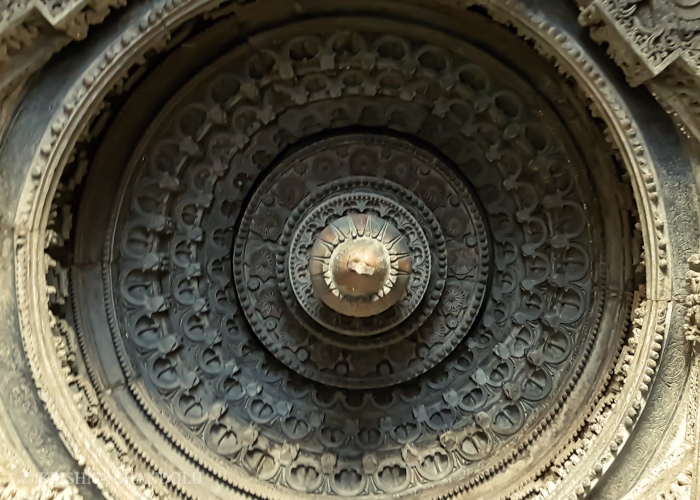

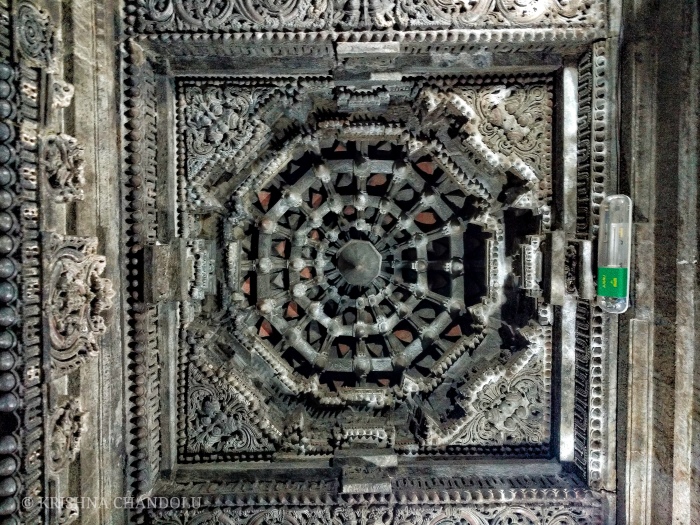
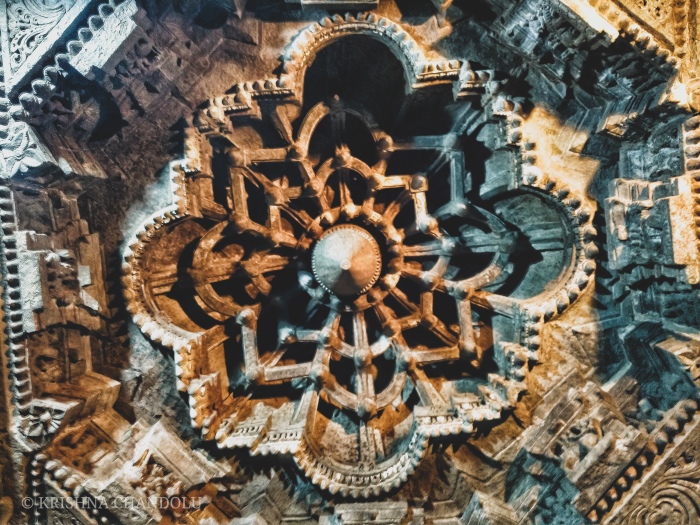

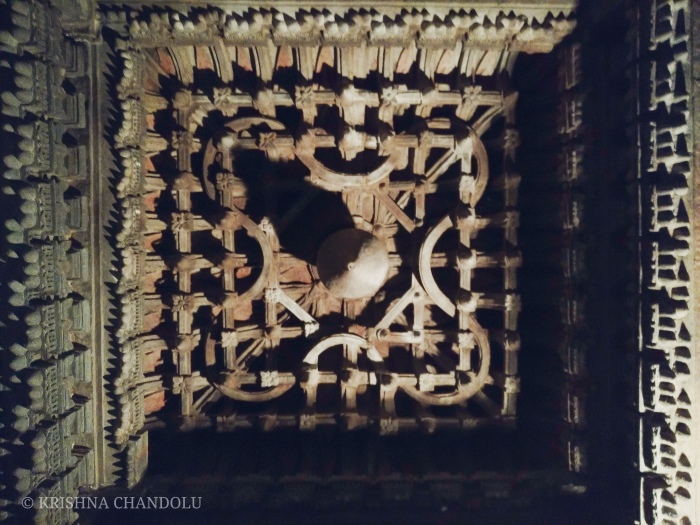
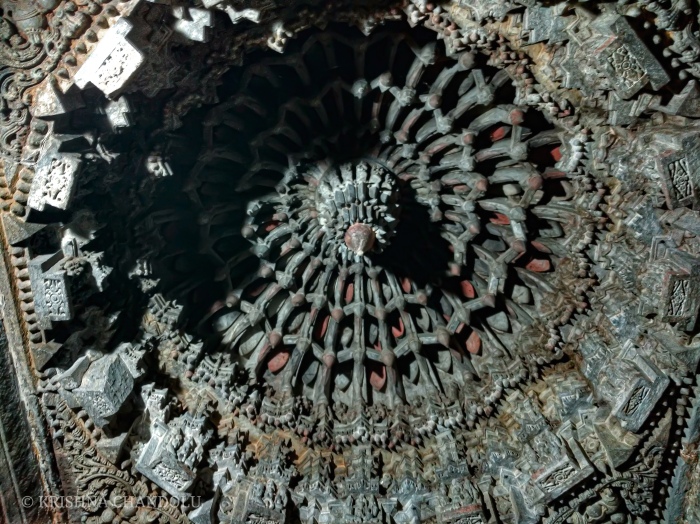

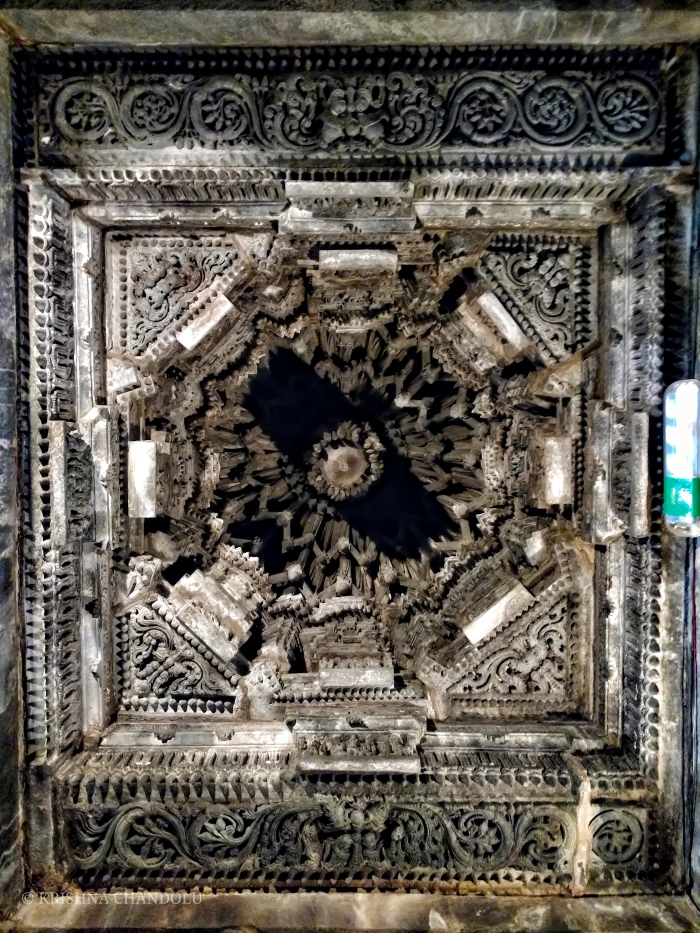
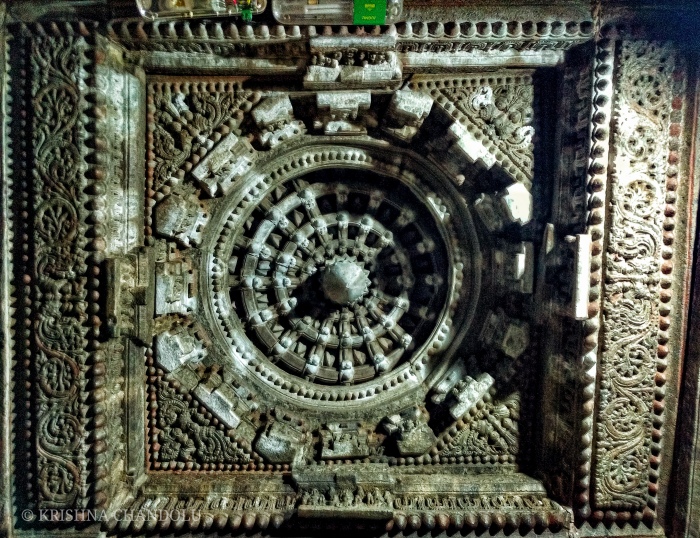
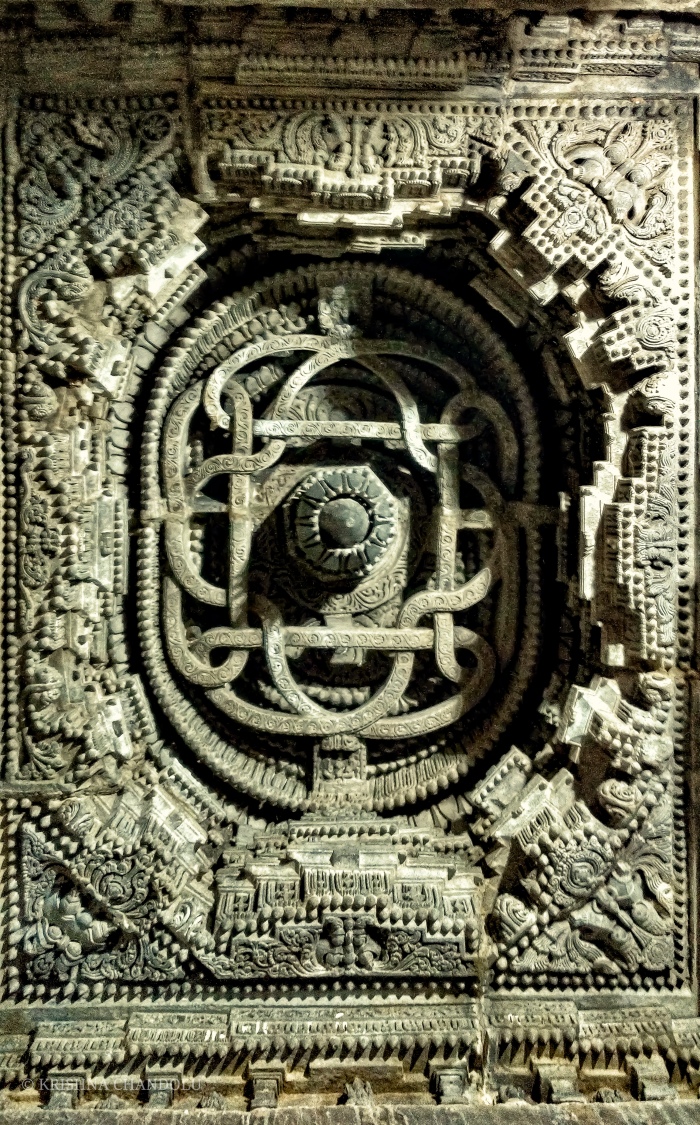
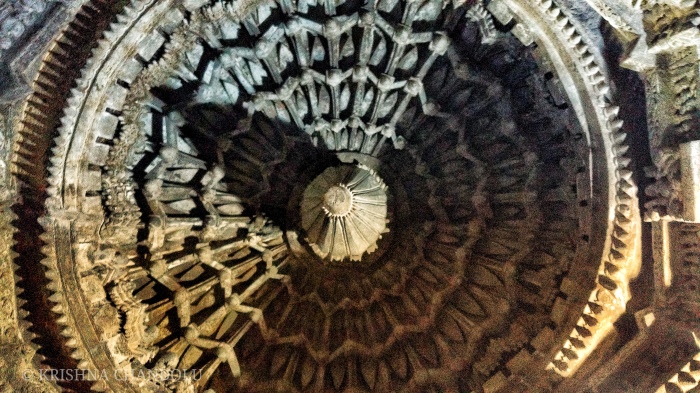
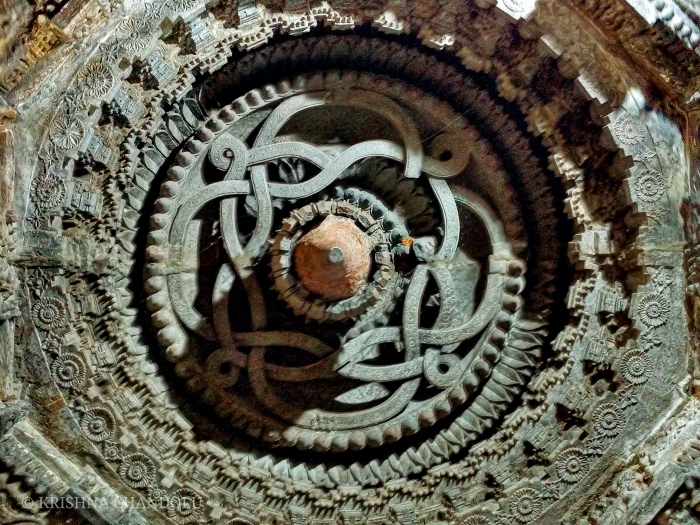
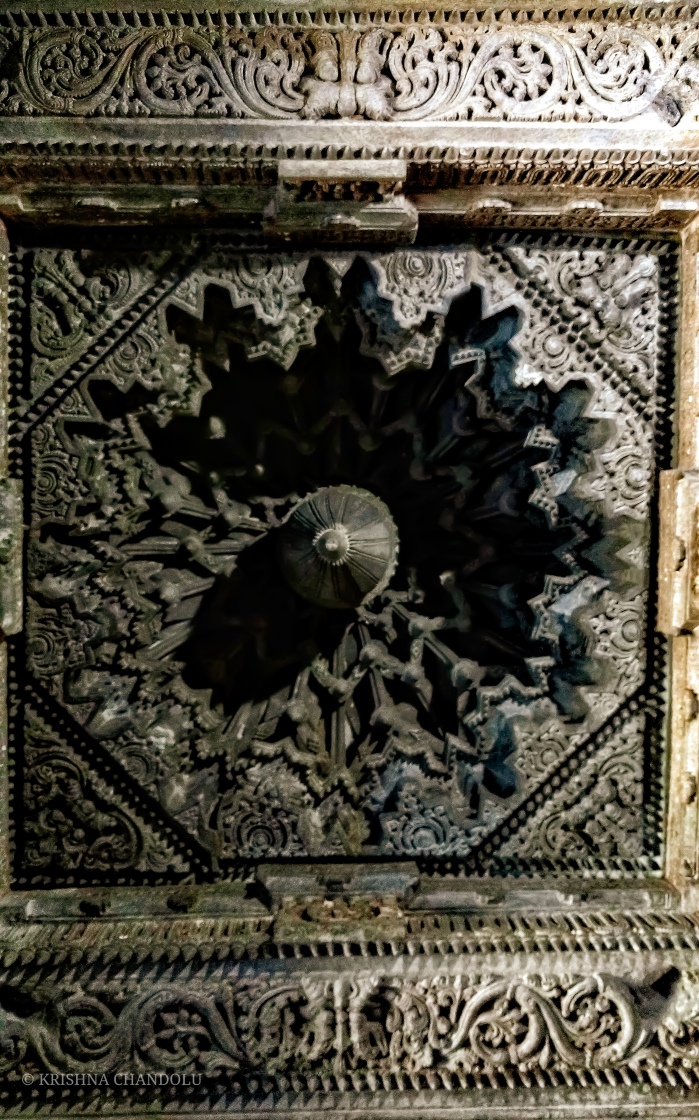


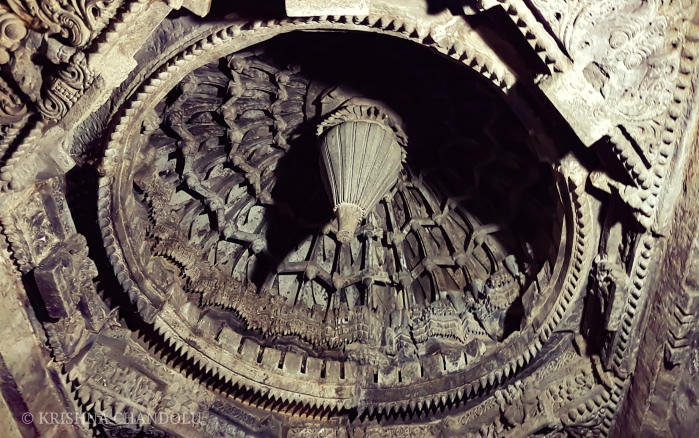
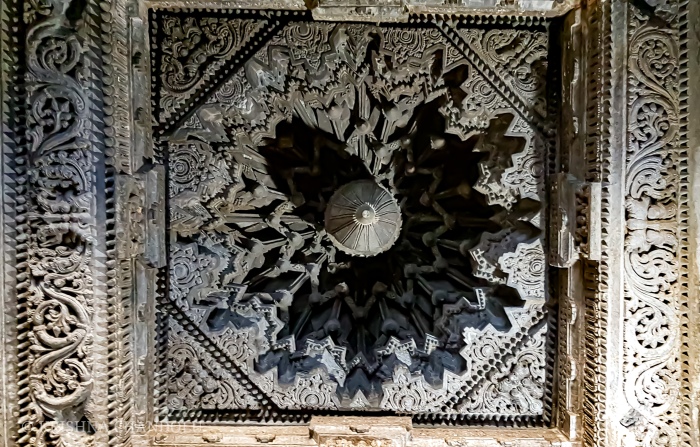
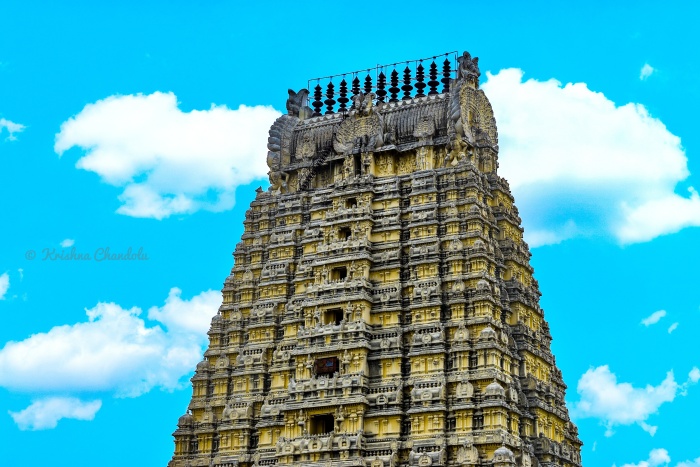


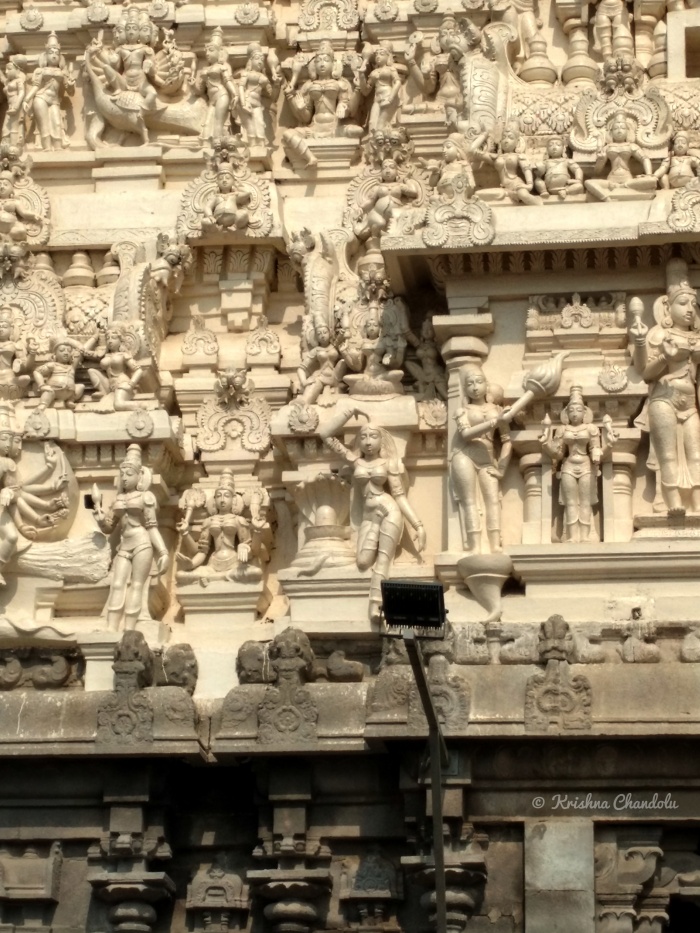
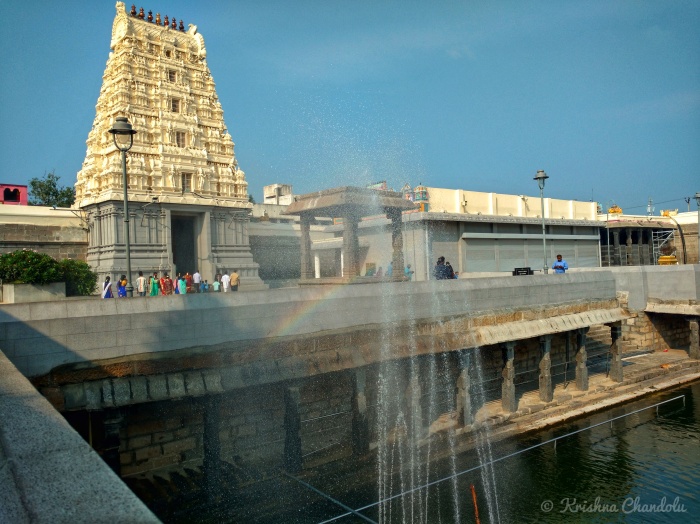
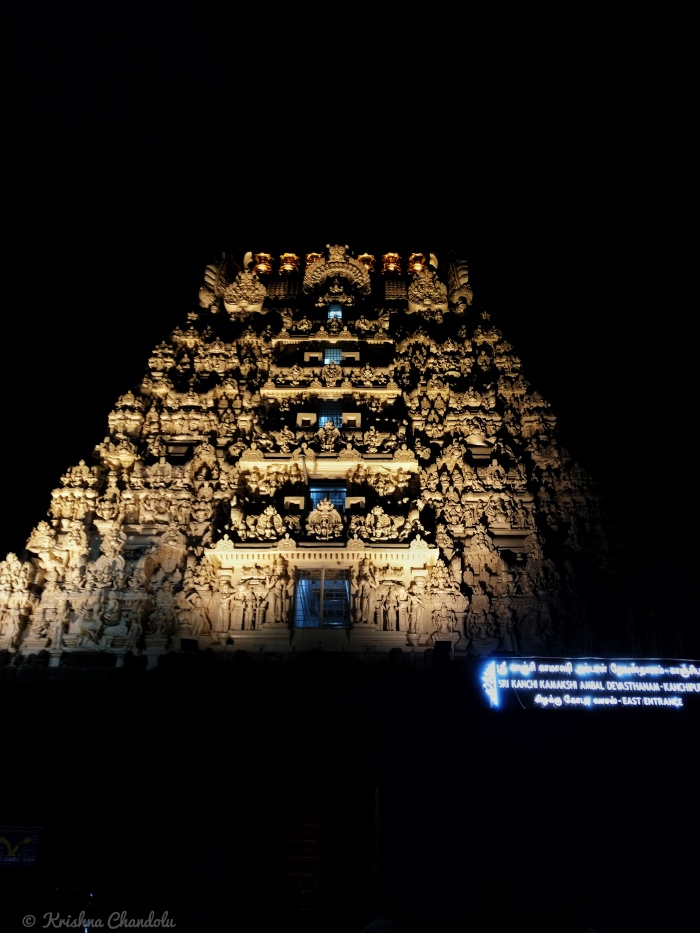
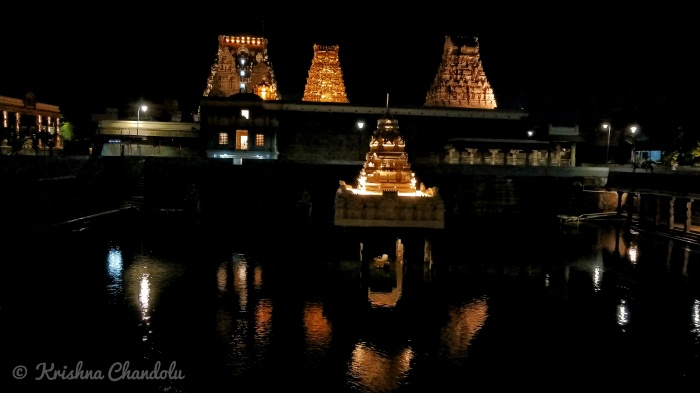
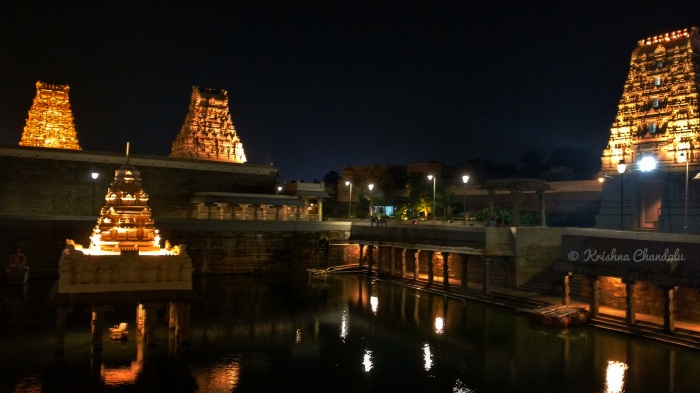
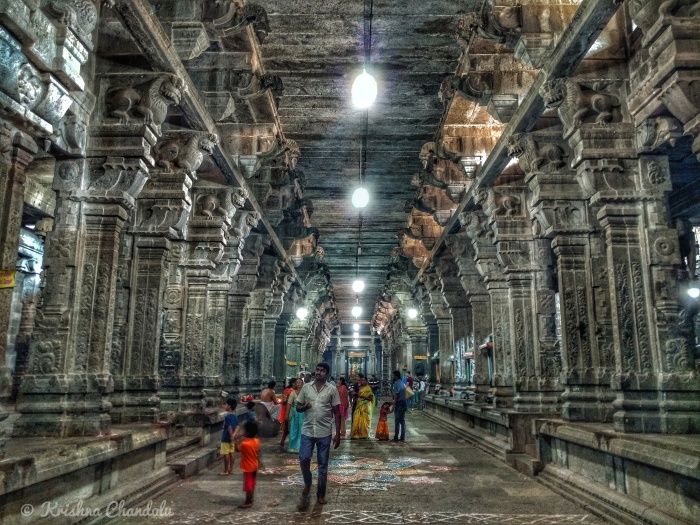

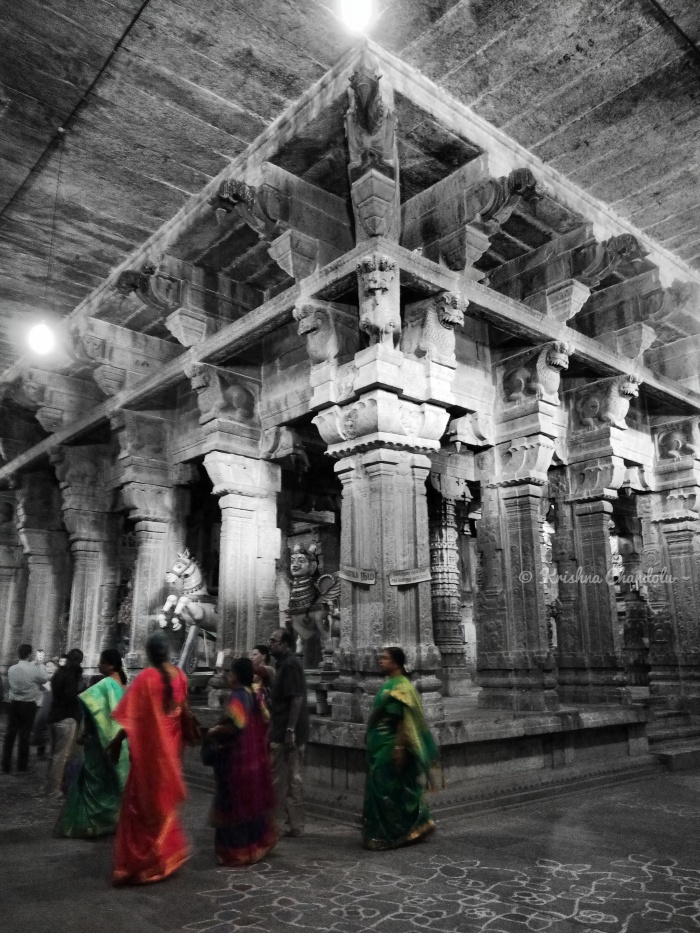
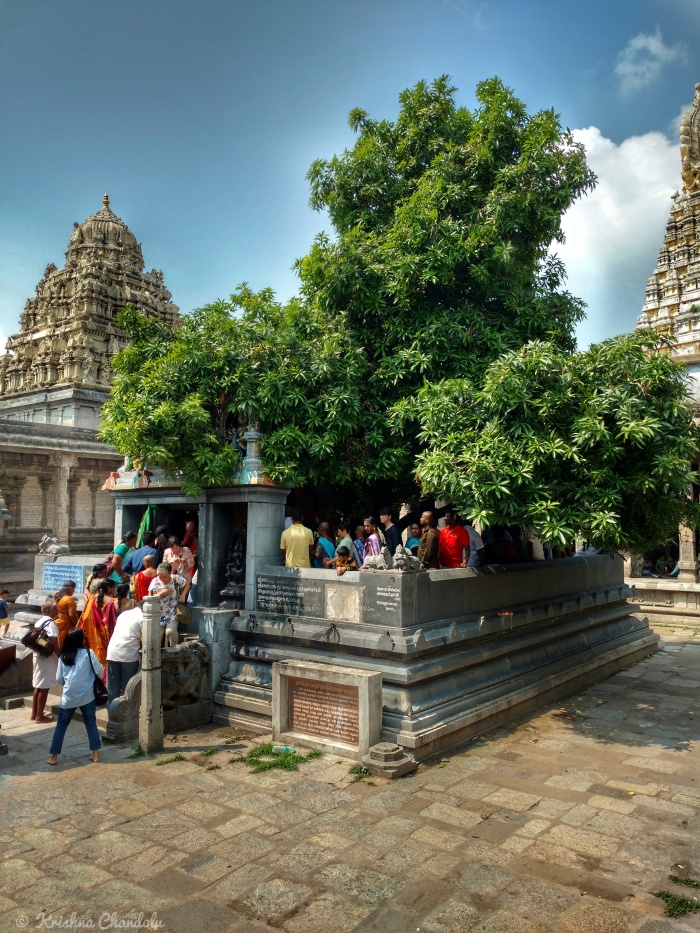
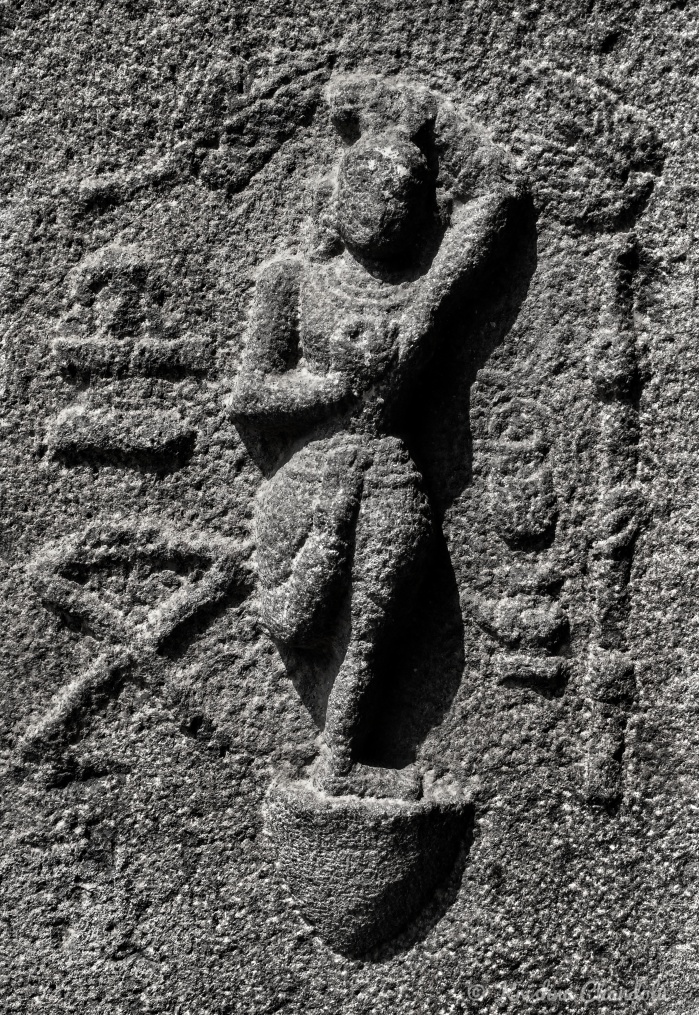
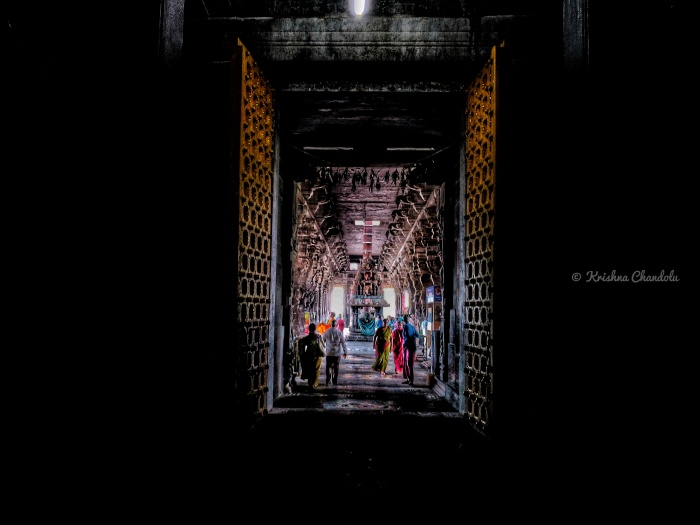
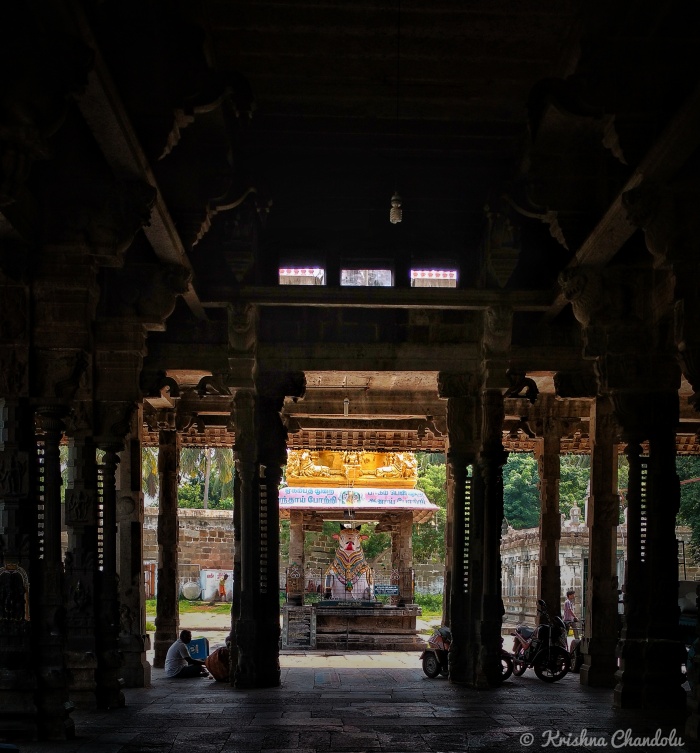
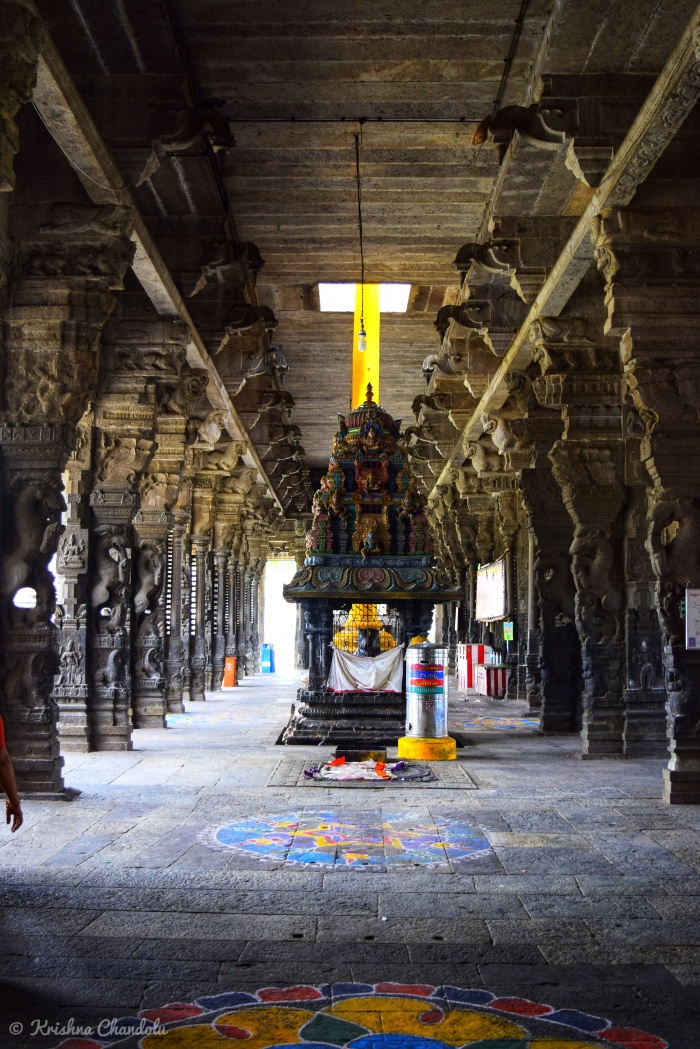

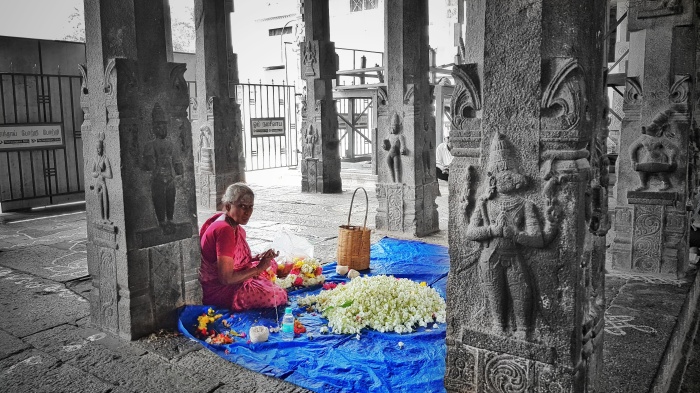
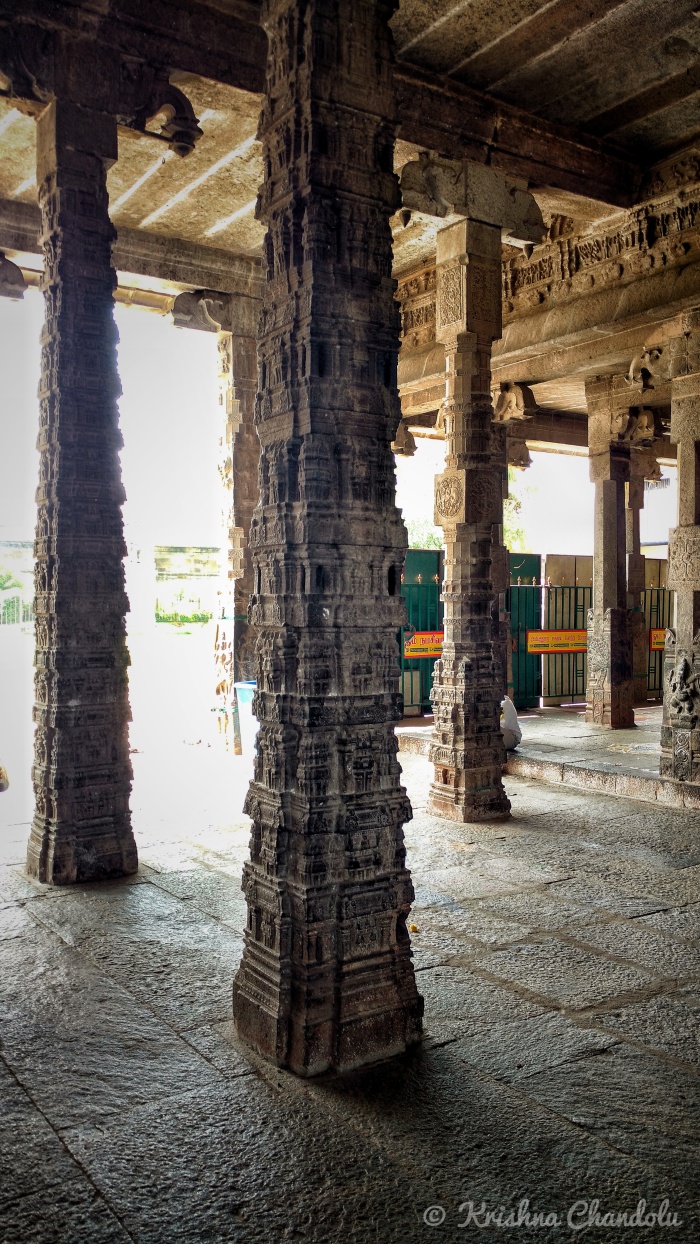
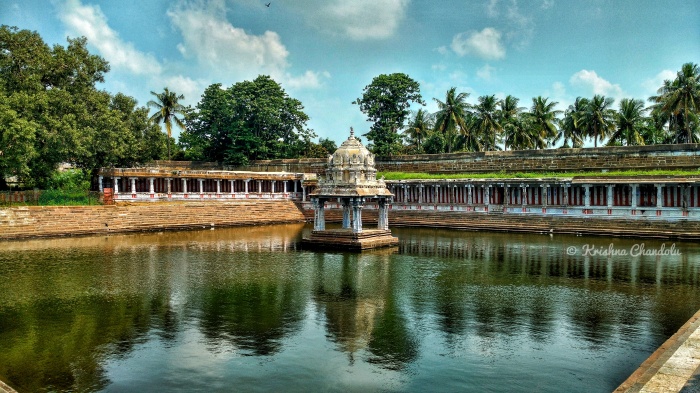
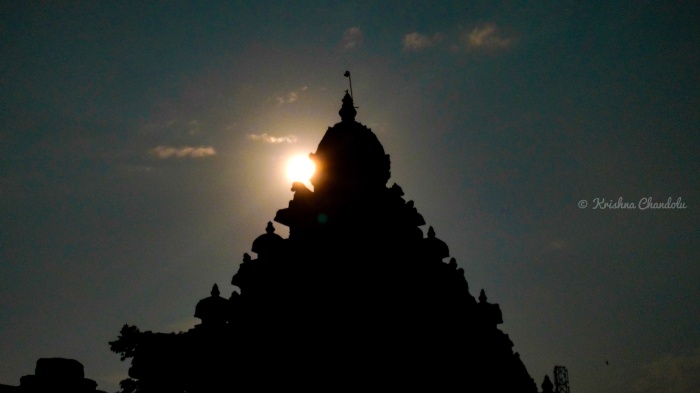
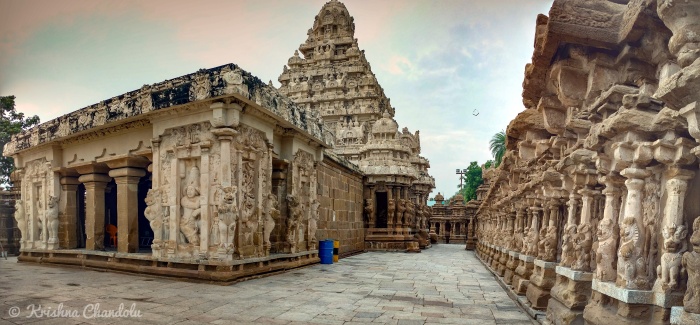
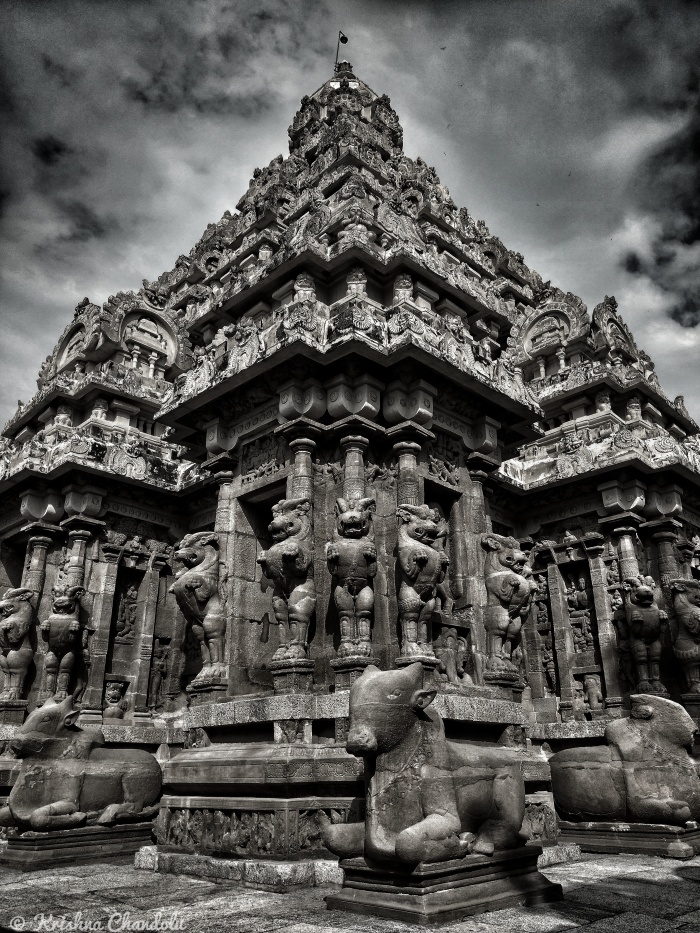
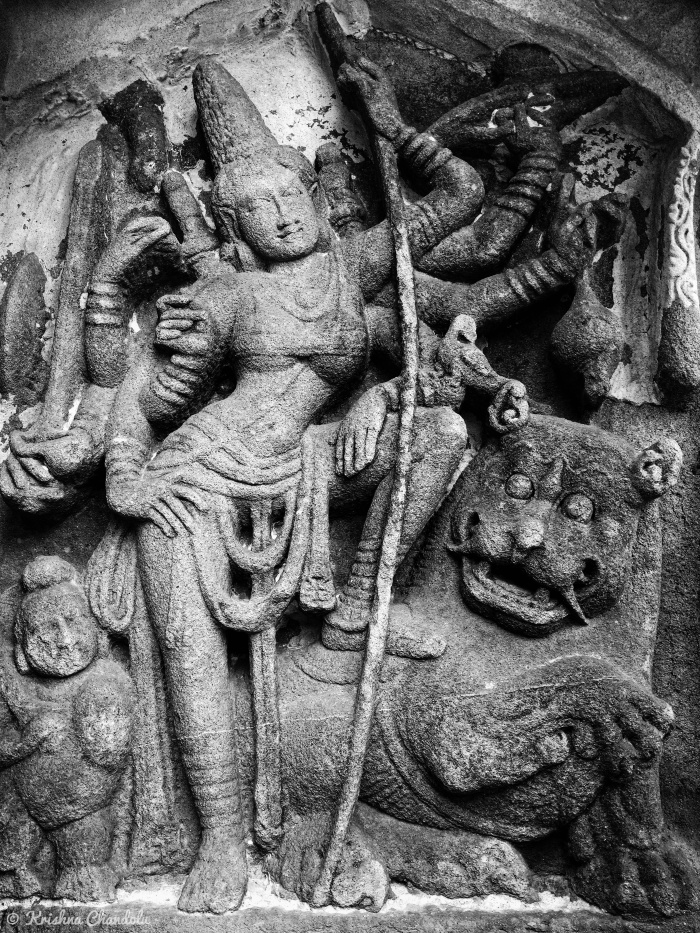
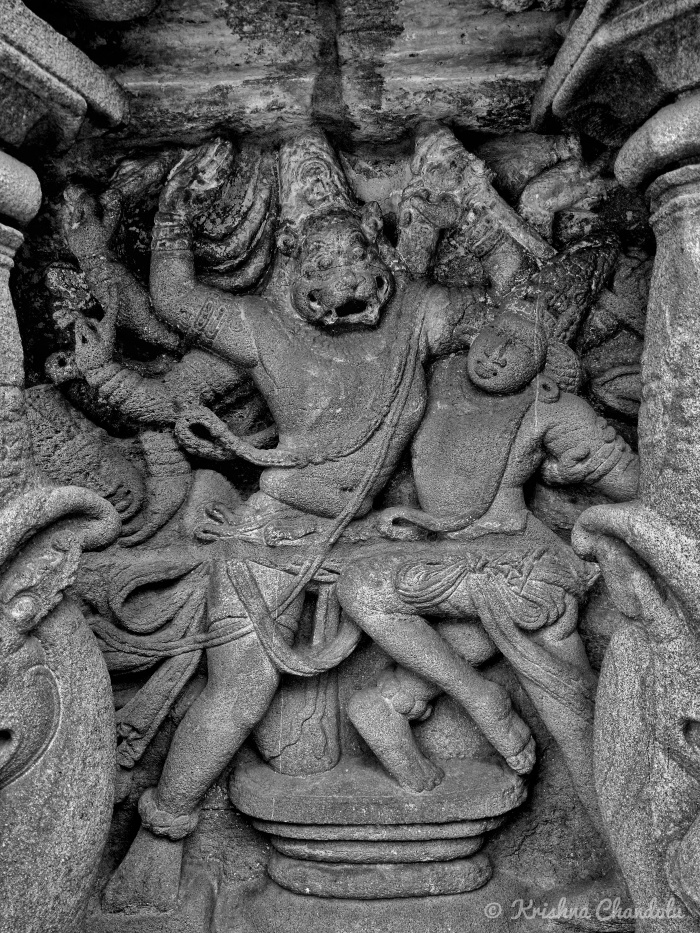
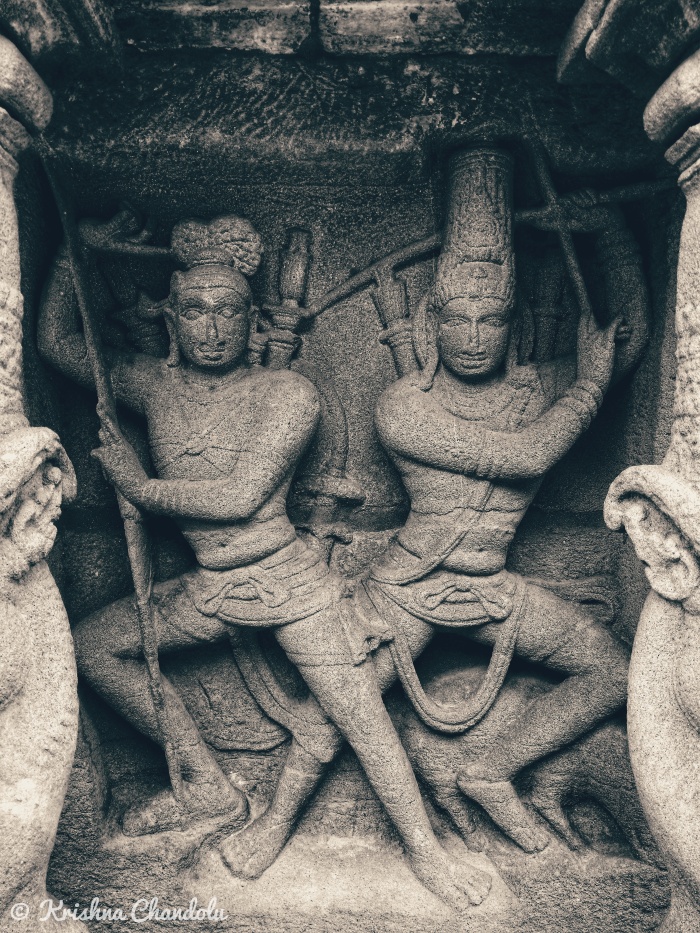
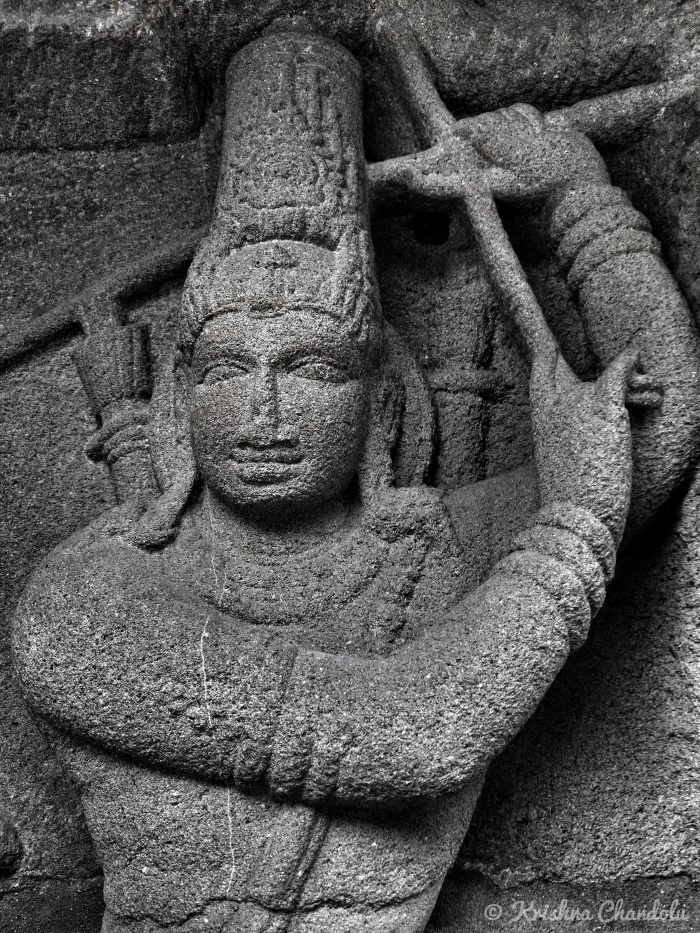
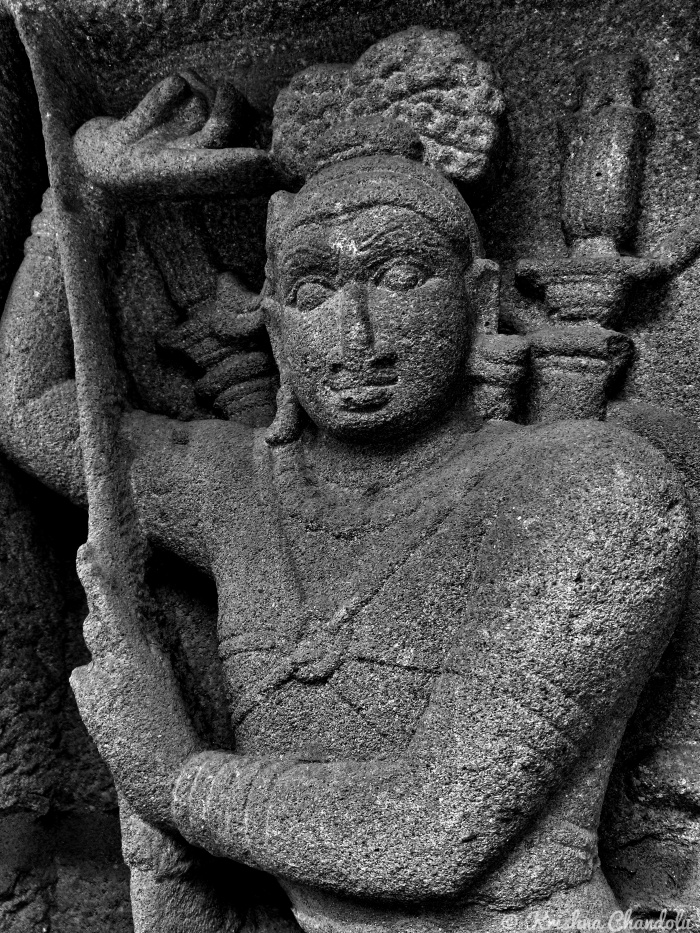
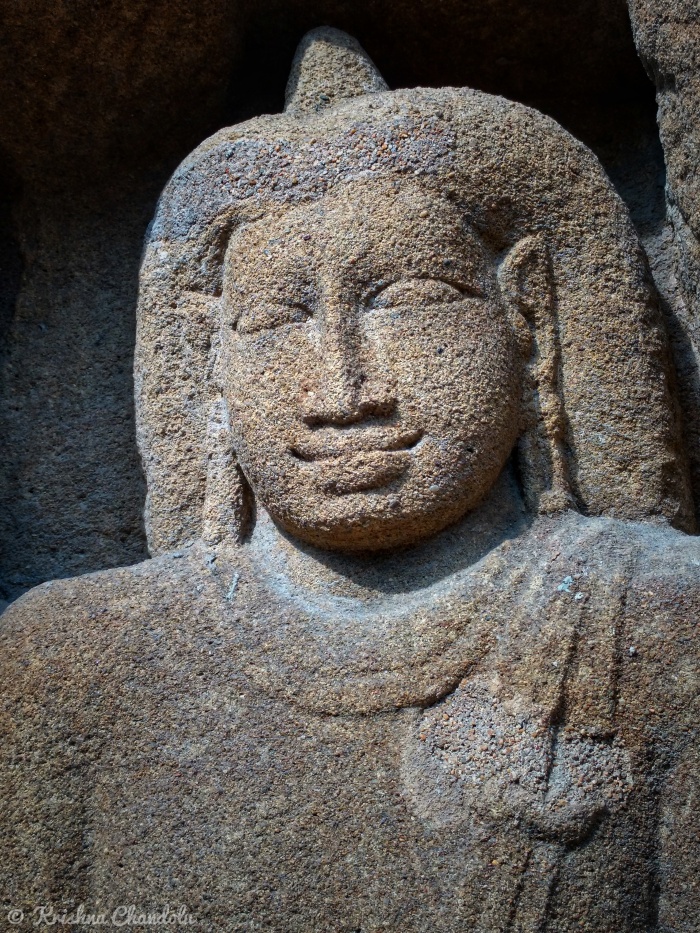
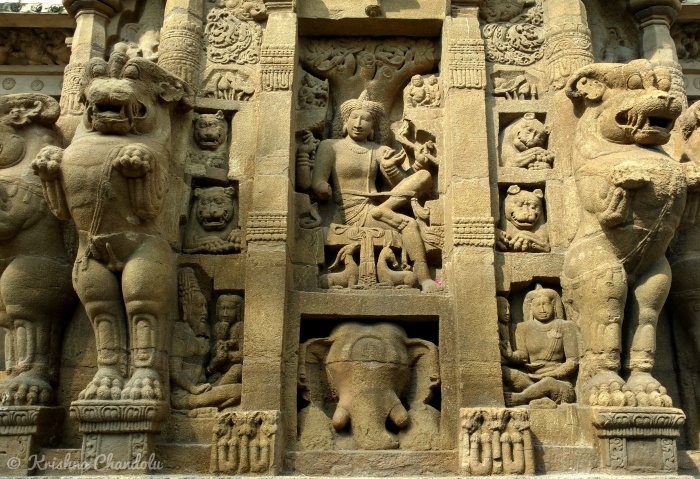

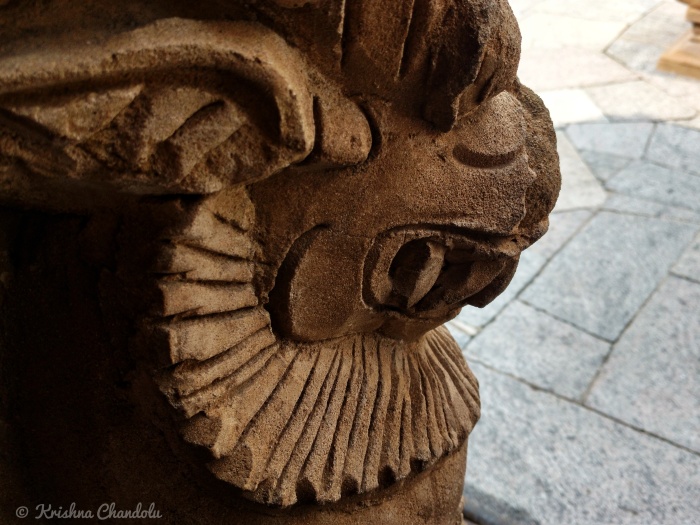
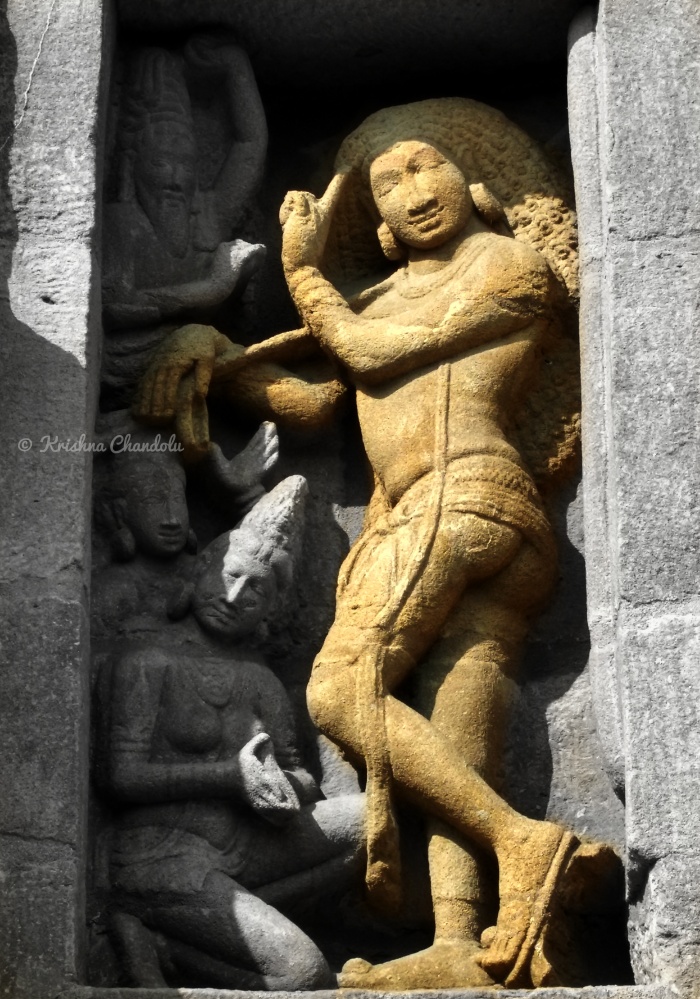

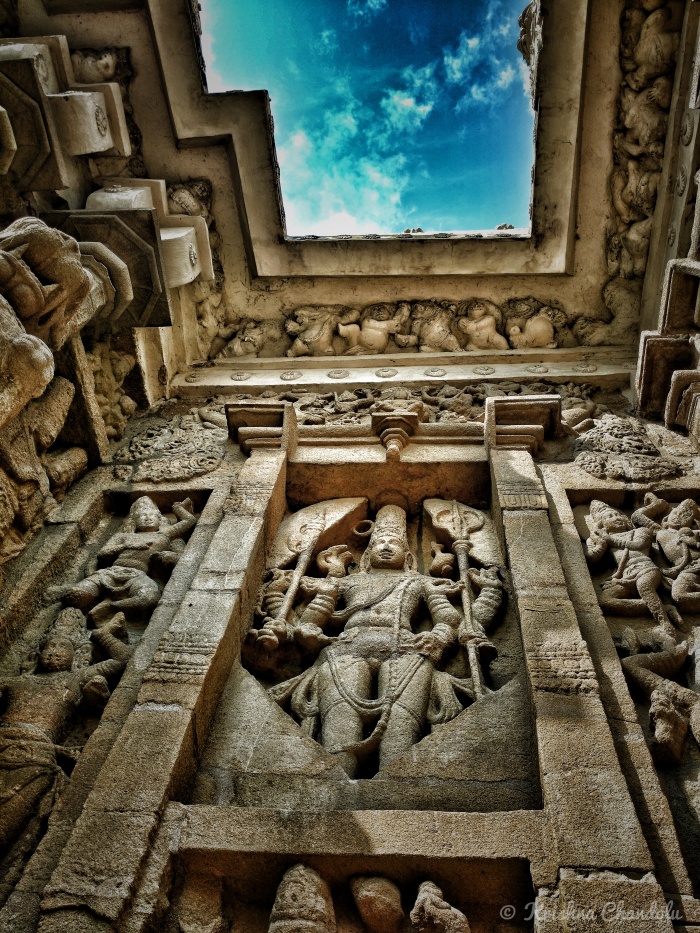
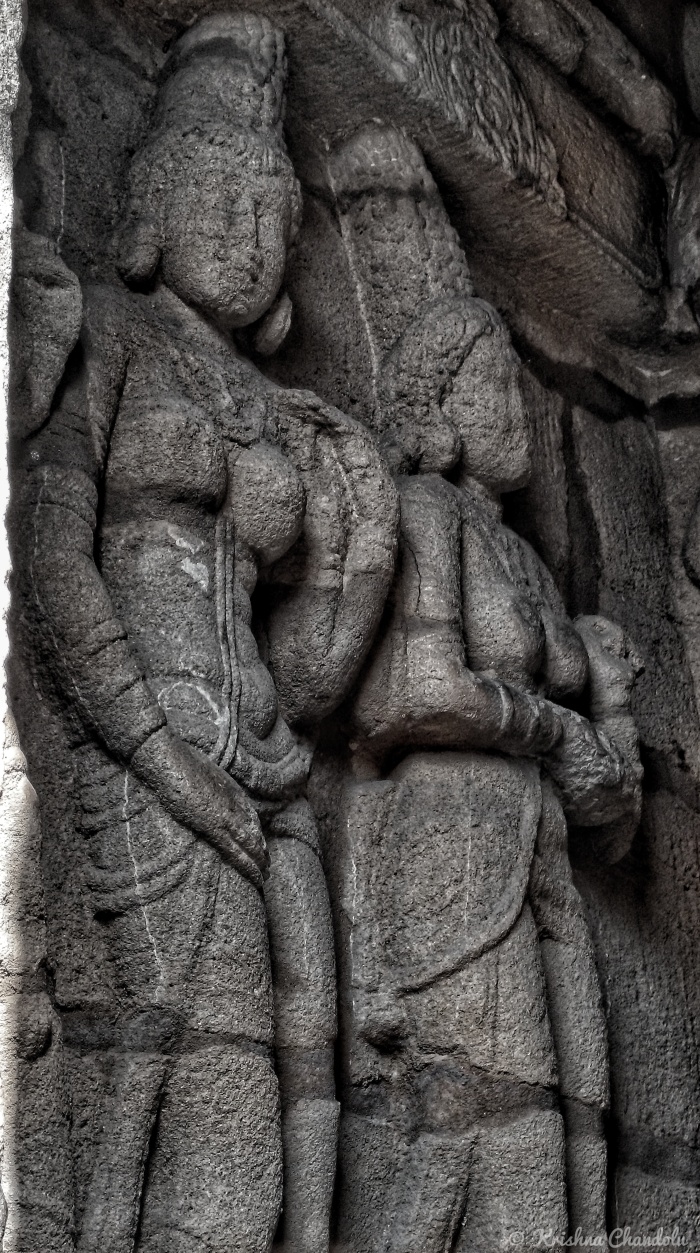

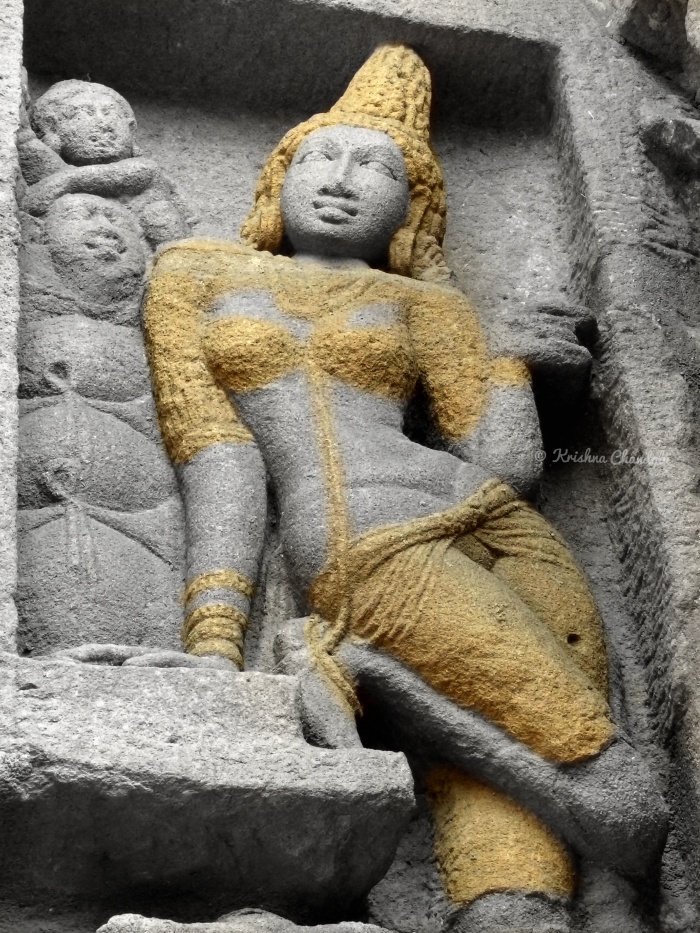
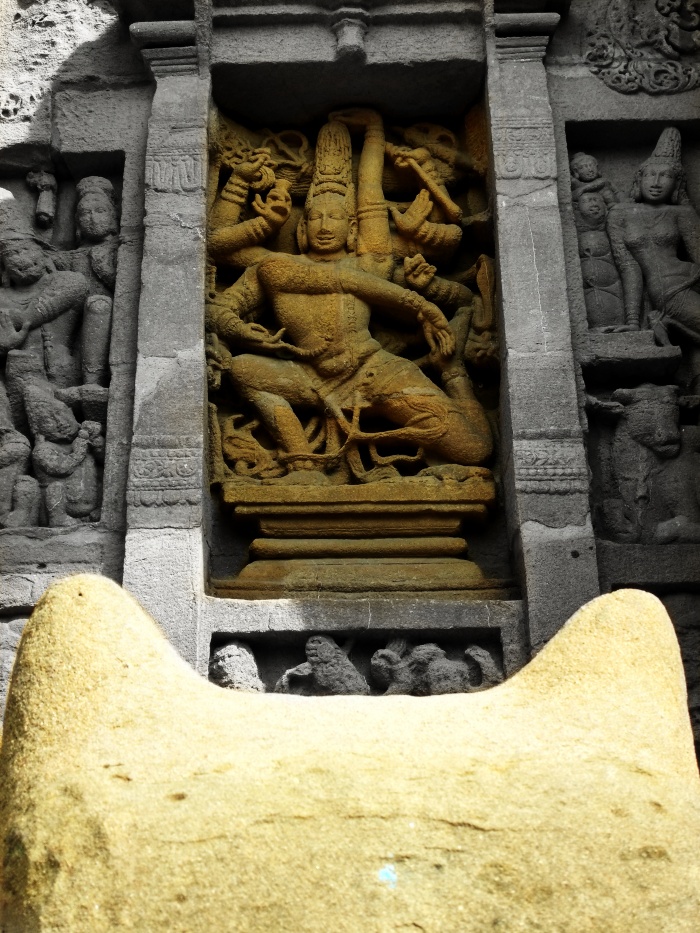

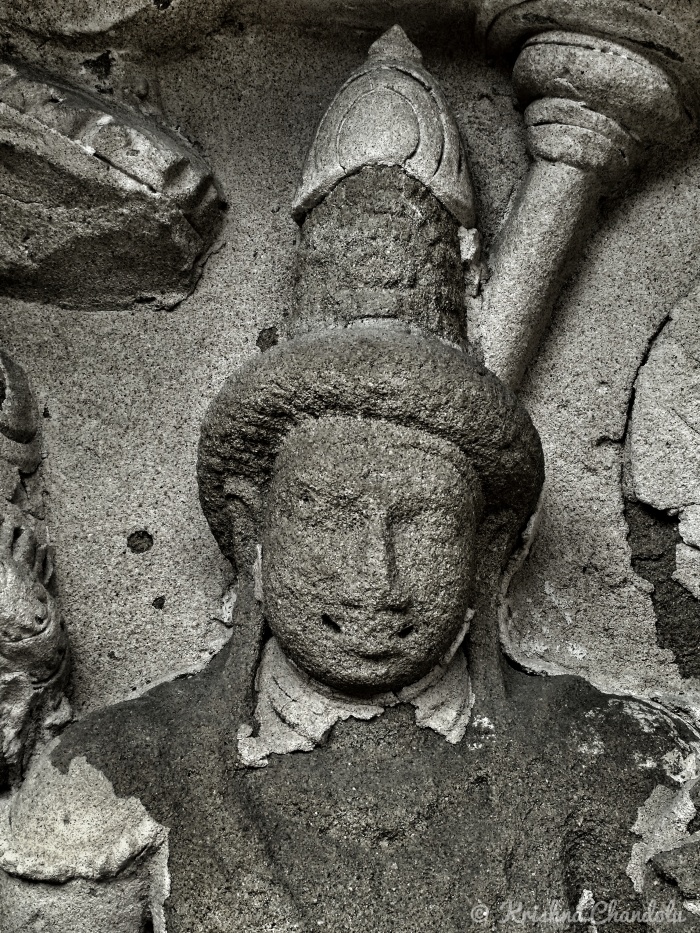

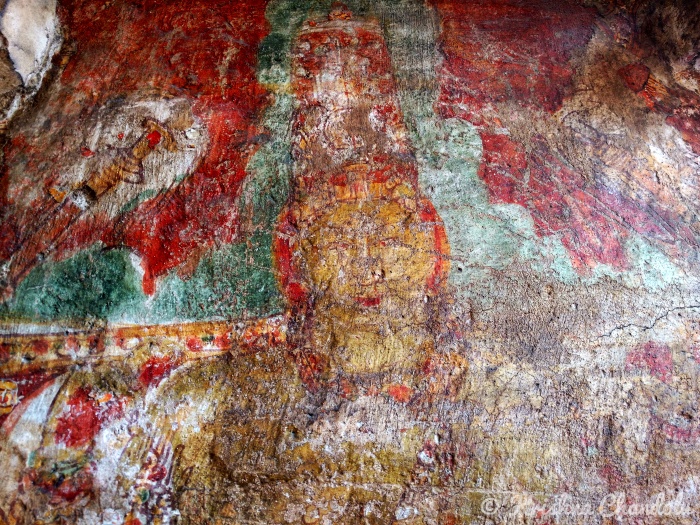
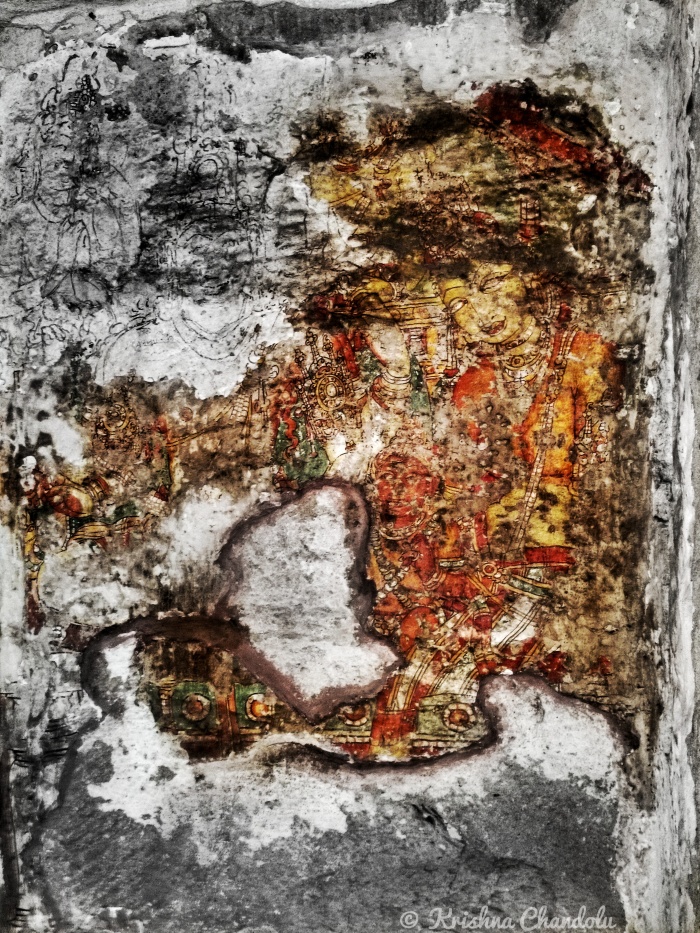

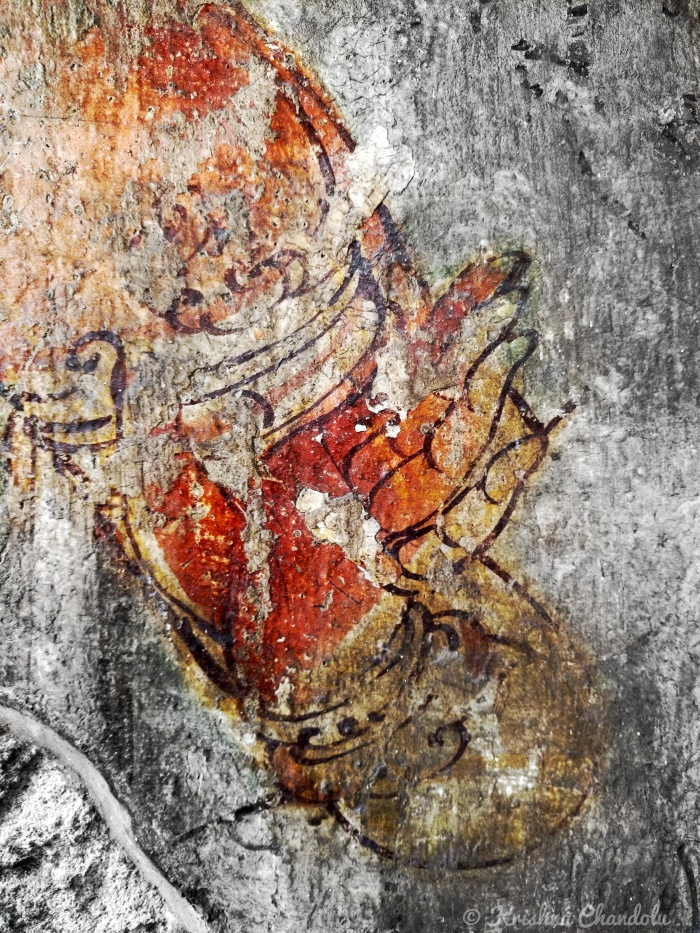
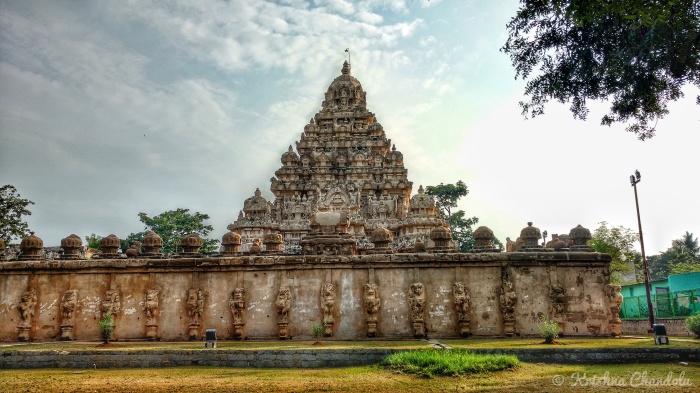
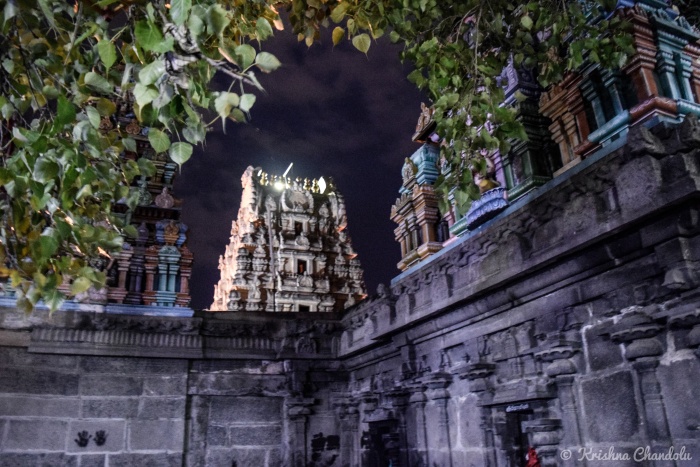
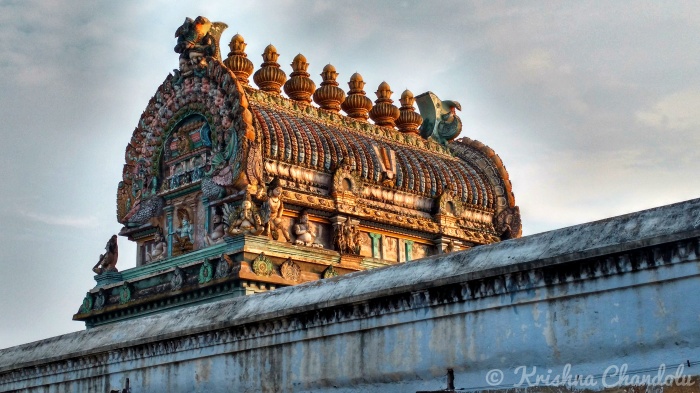
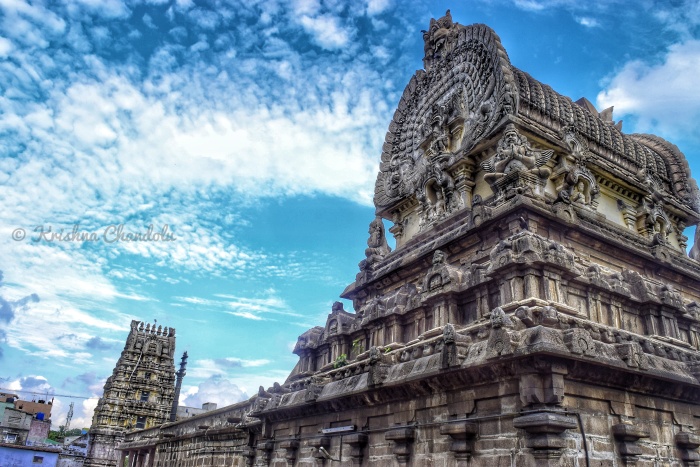
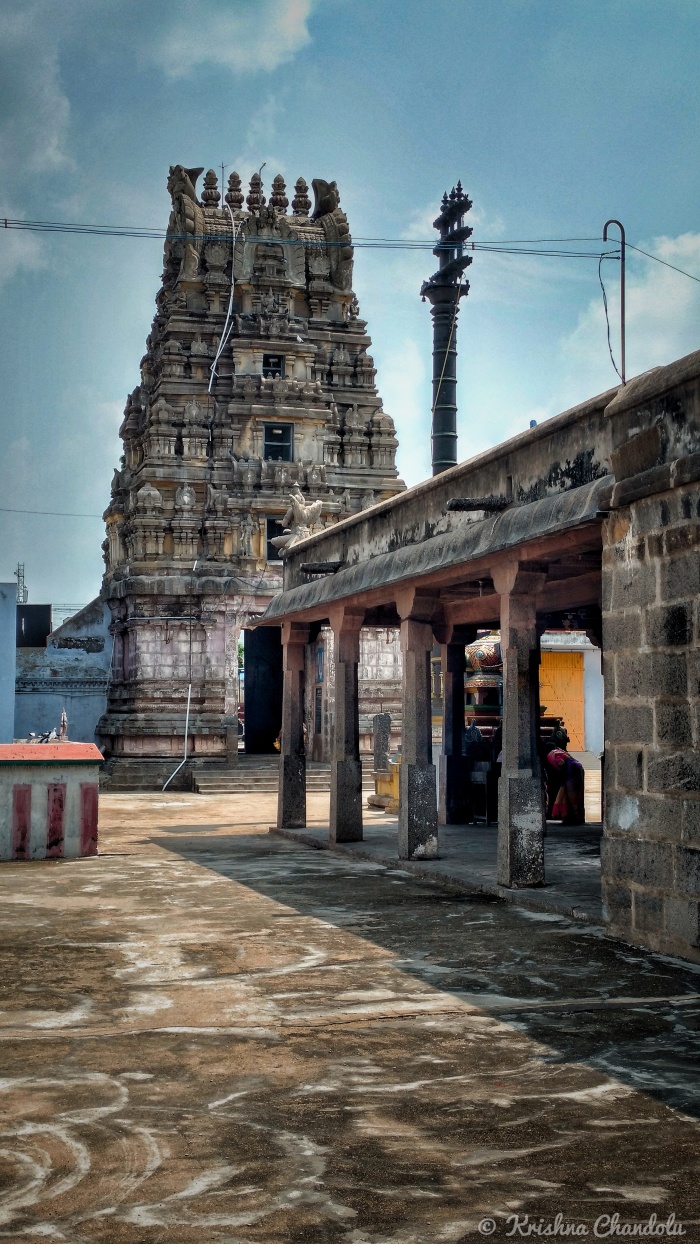
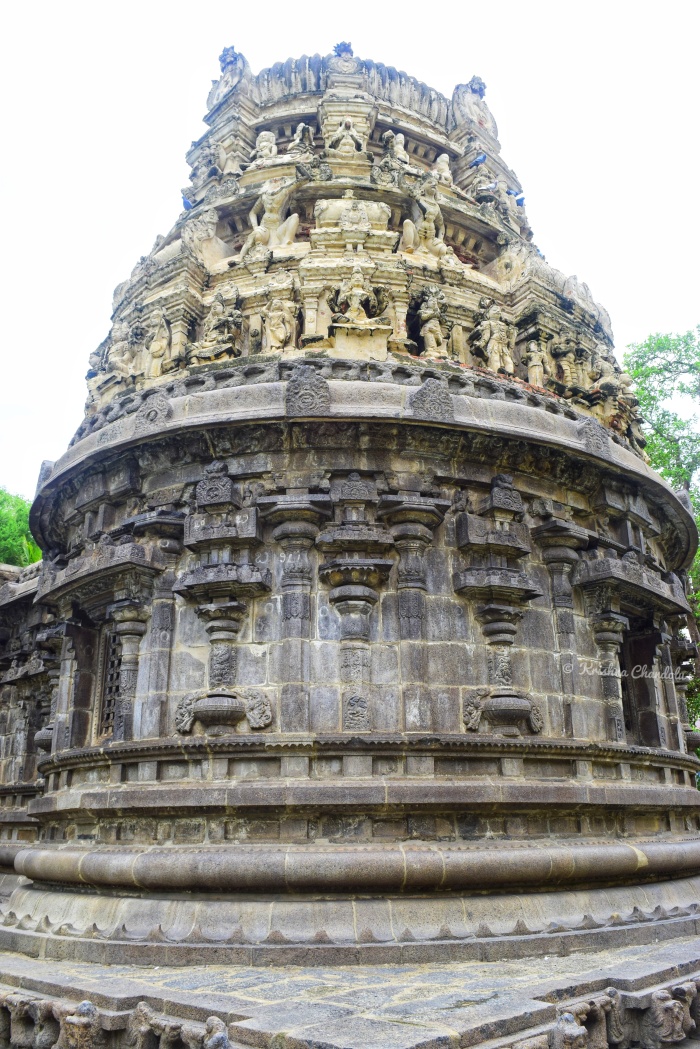
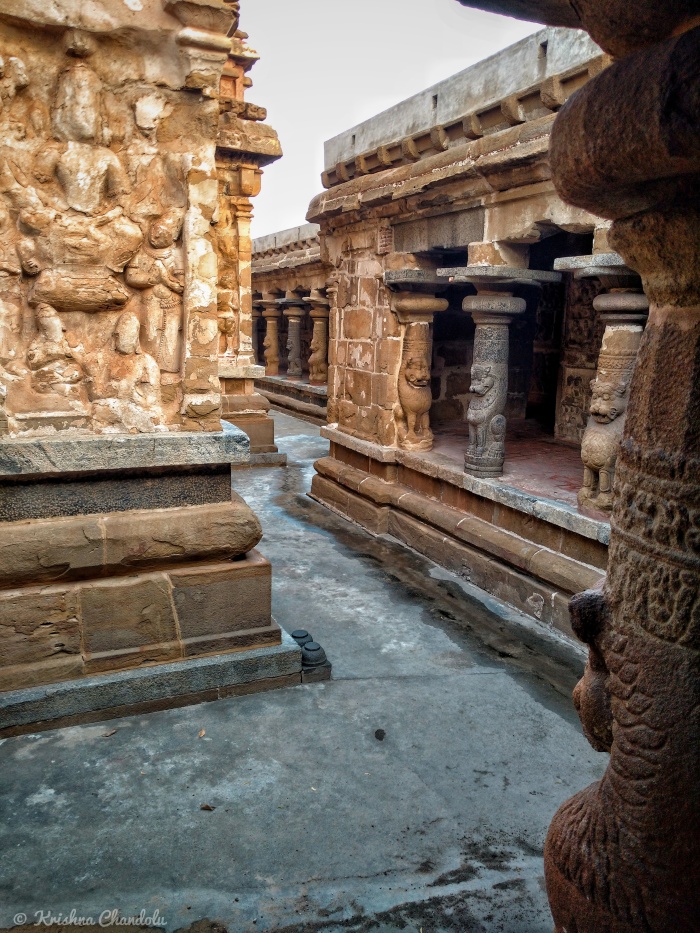
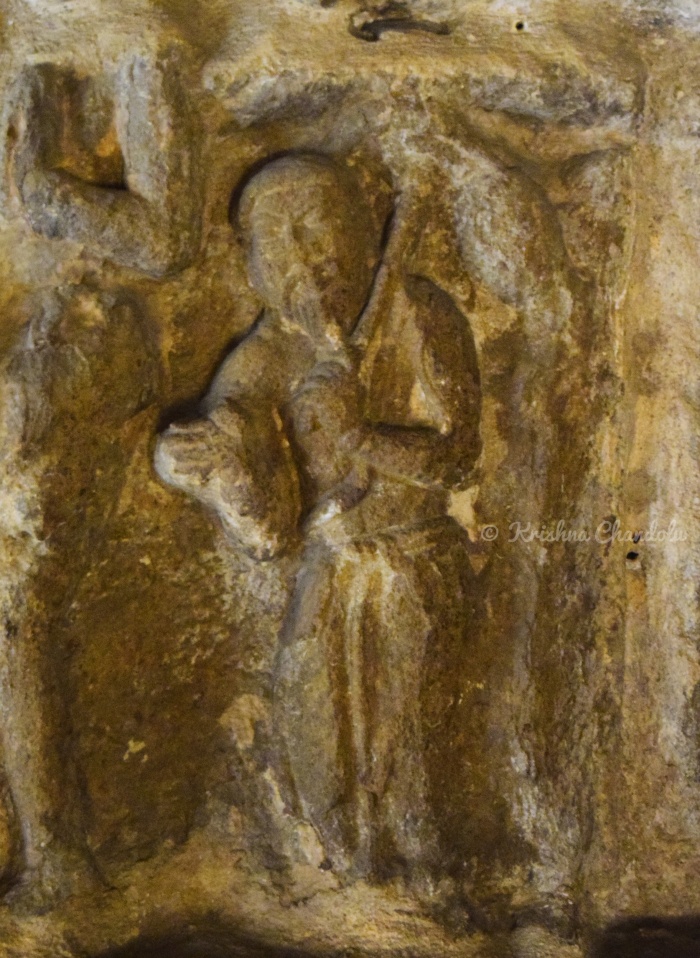
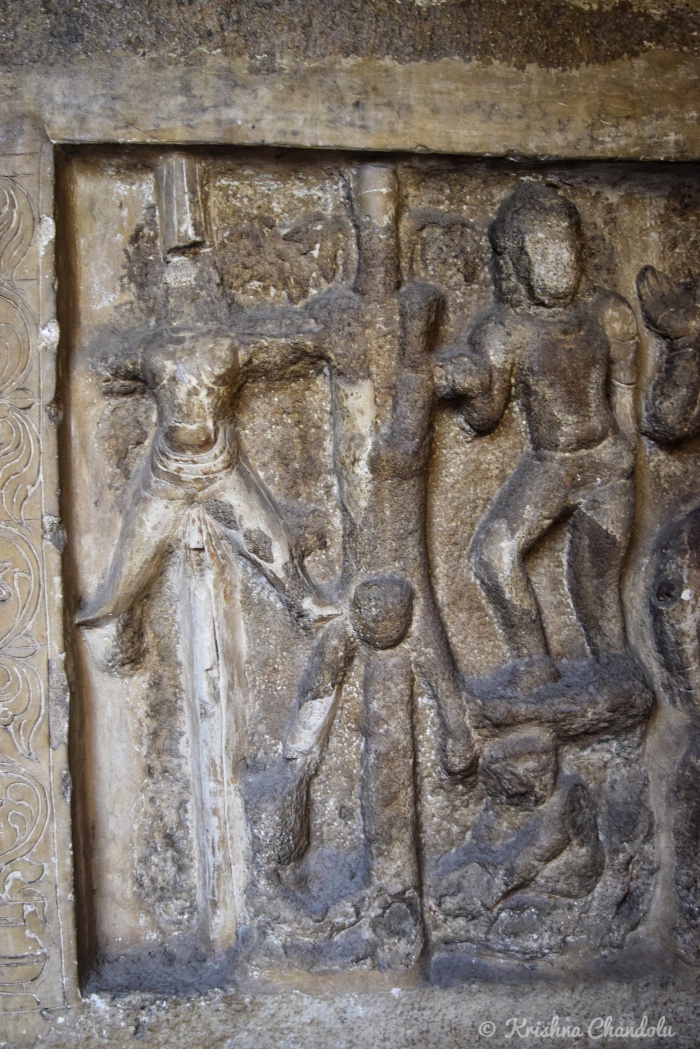
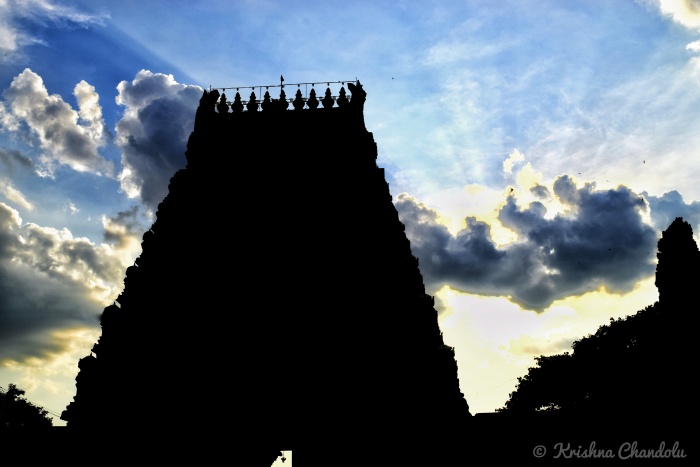

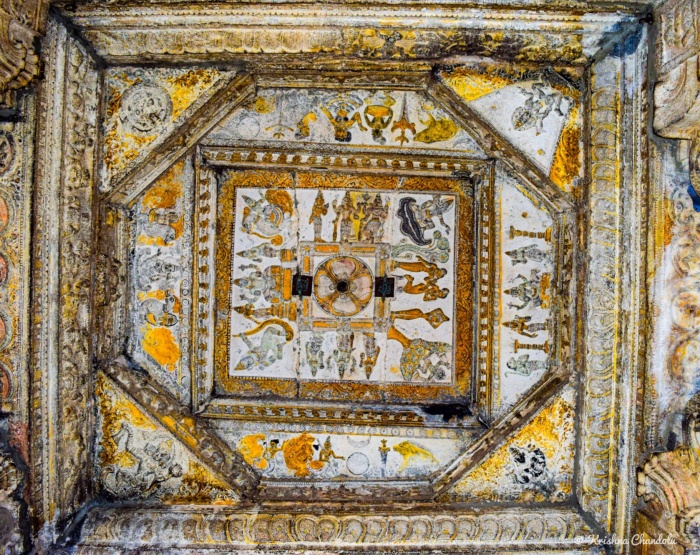
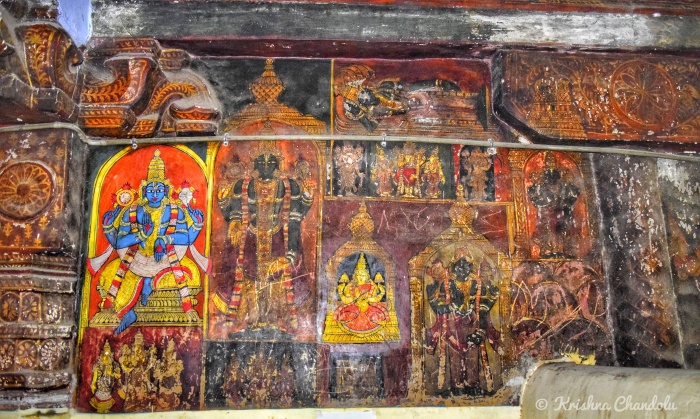
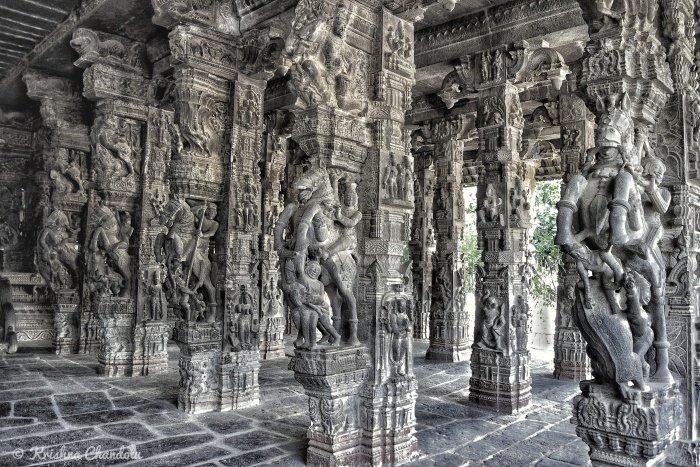
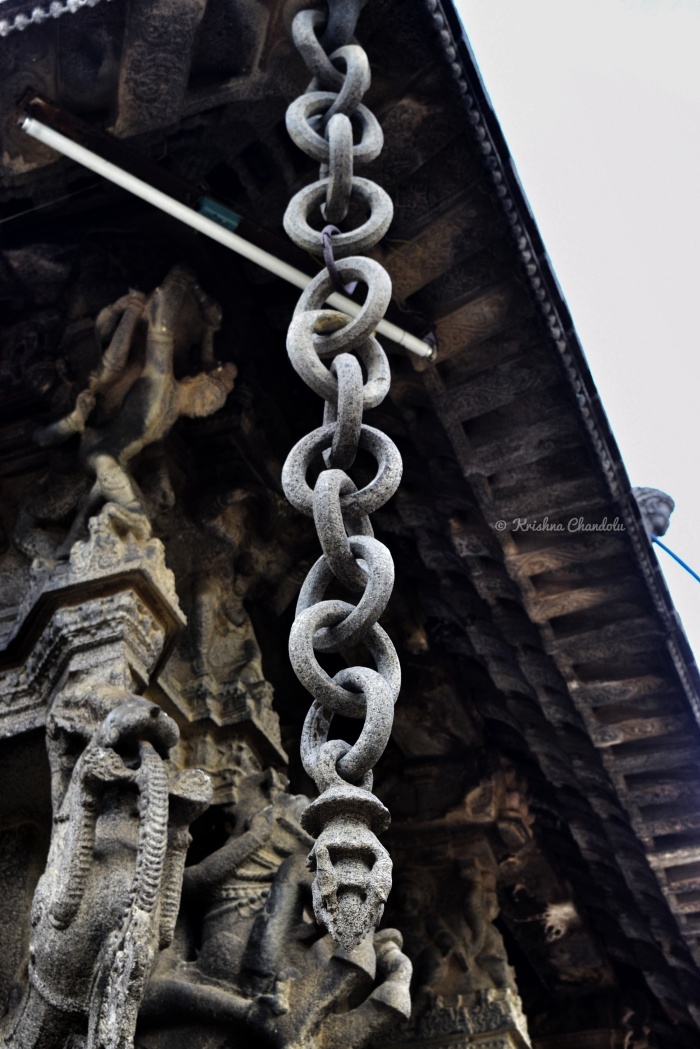


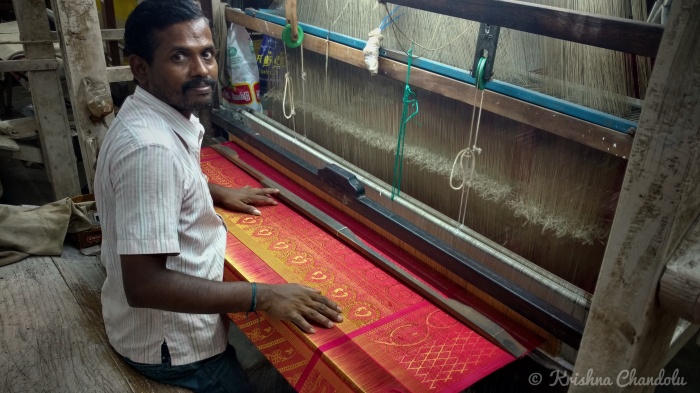
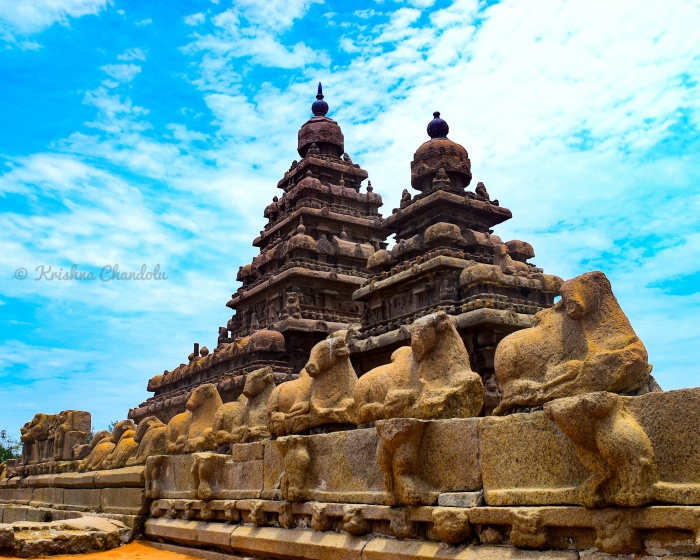
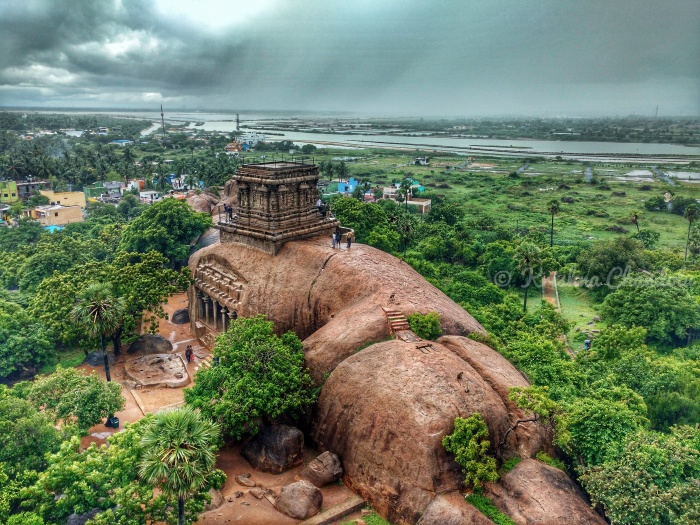
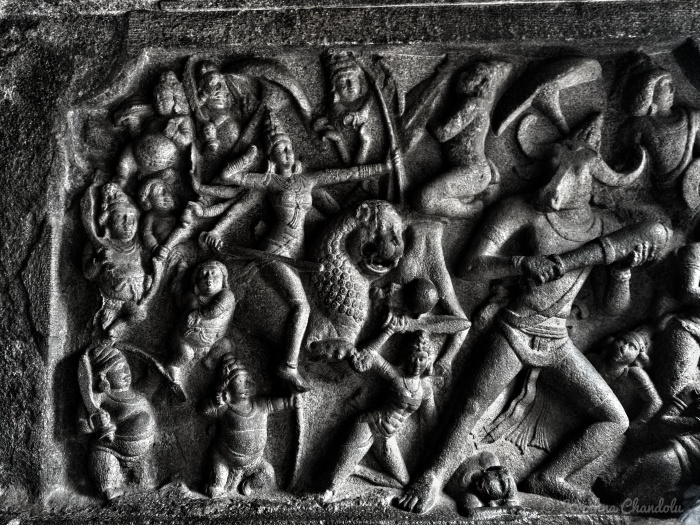
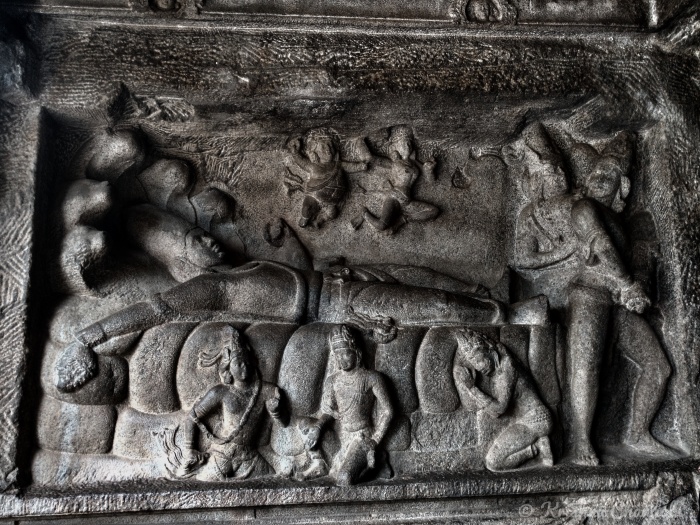


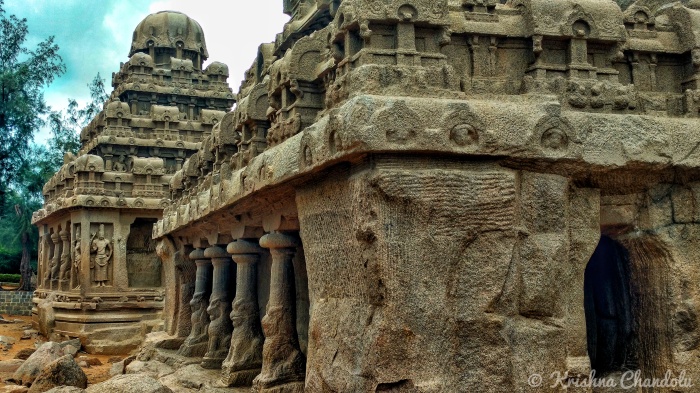
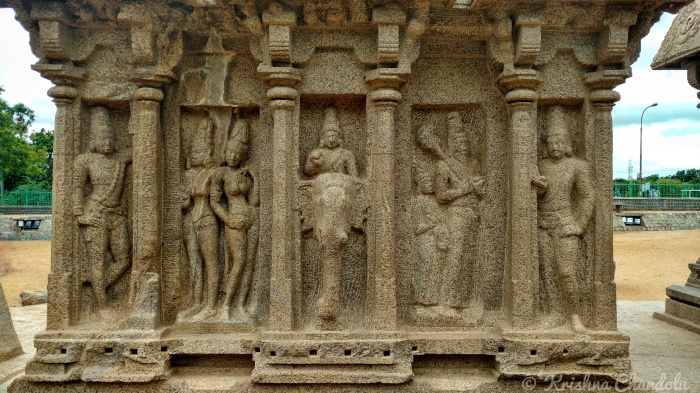
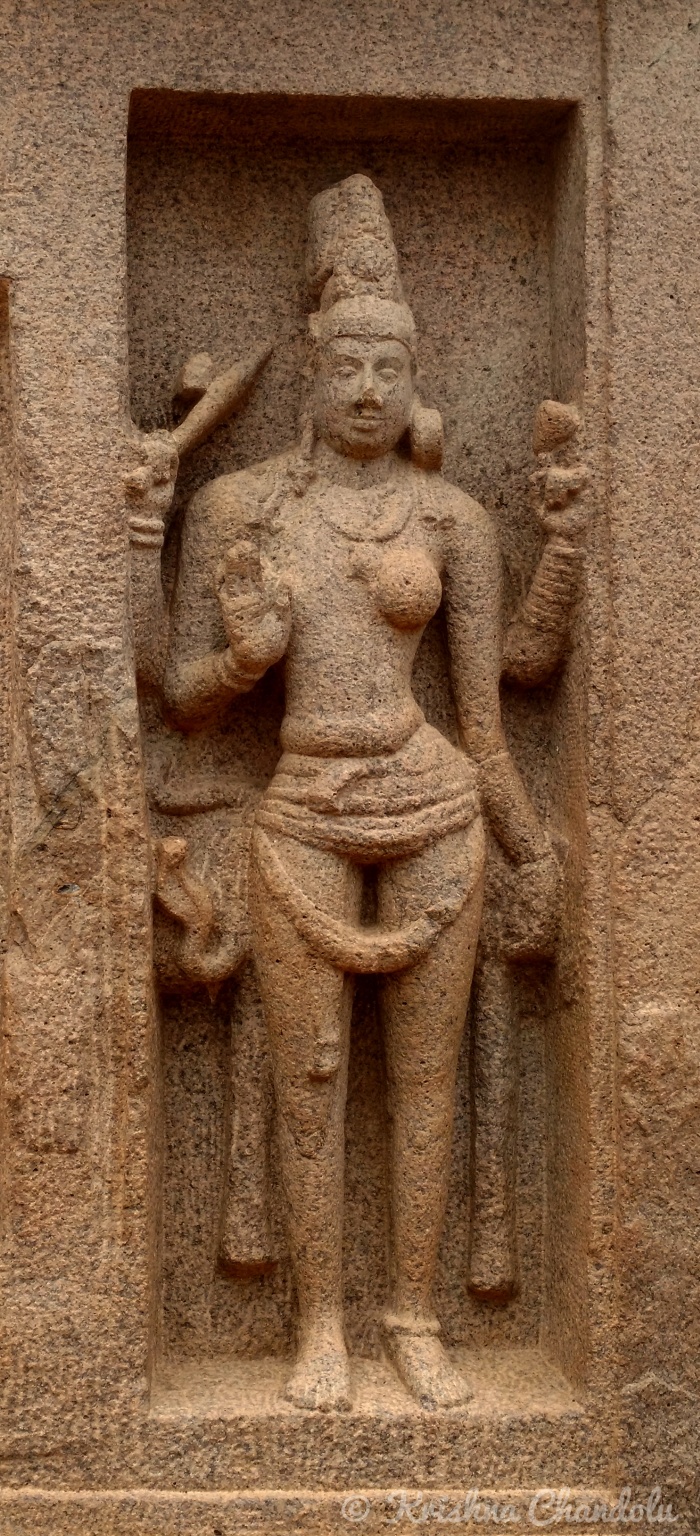
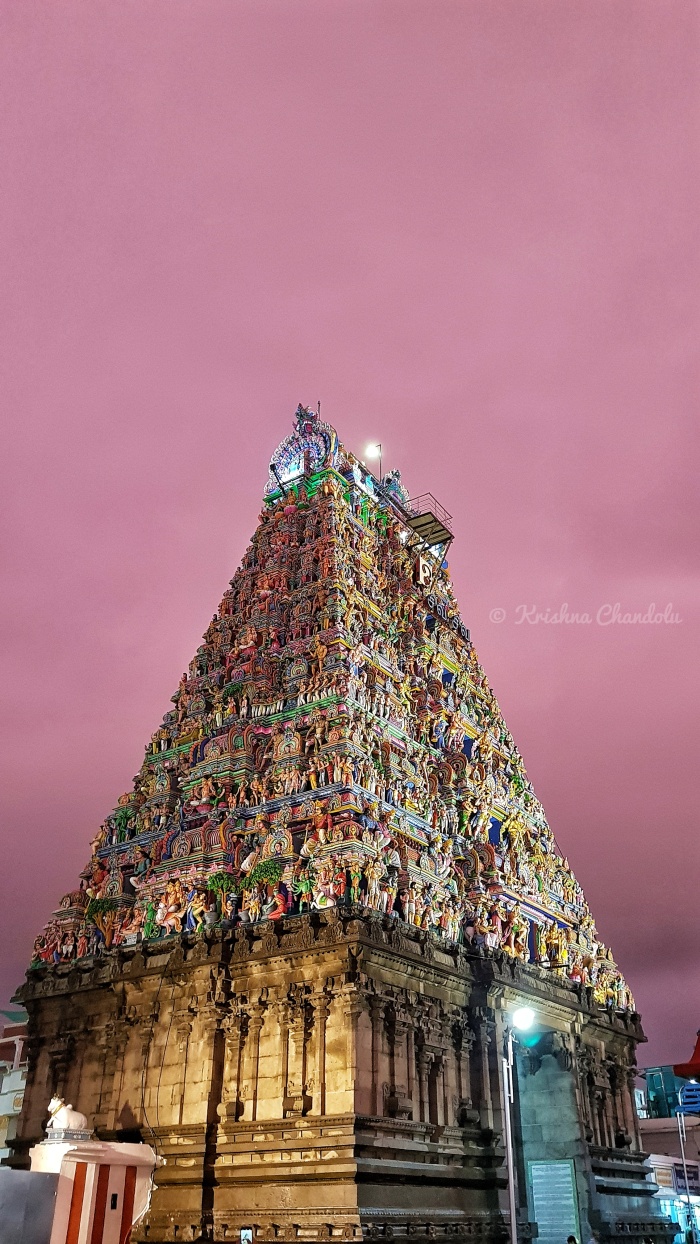
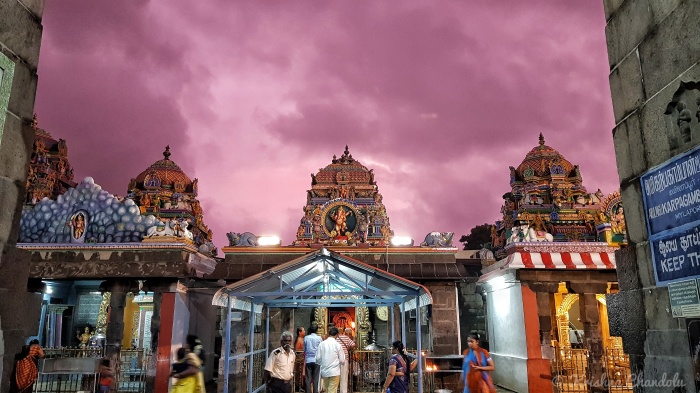

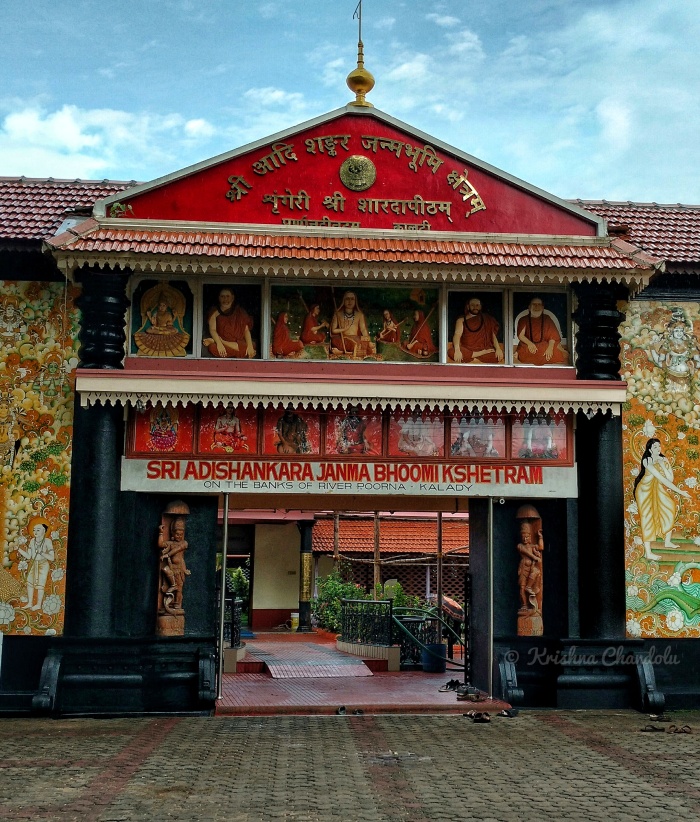
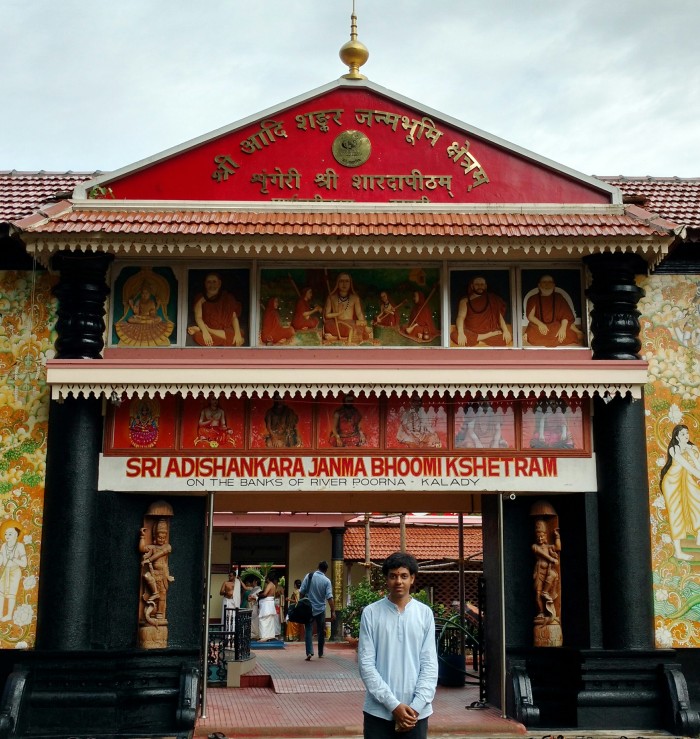


 Kalady, the Adi Shankara Janma Bhumi Kstetram or birth place of Sri Sankara remained obscure till the beginning of 20th century. Jagadguru Sri Sachidananda Shivabhinava Narasimha Bharathi Swami, the 33rd Peetathipathi of the illustrious Sringeri guru parampara with the help of Sri Moolam Thirunal Ramavarma Maharaja of Thiruvitamcore located Kalady. His Holiness built two temples one for Goddess Sharadamba and one for Sri Sankara. The Kumabhishekam was performed on the auspicious Magha shukla dwadasi in the year 1910 (21-02-1910). Then after Kalady grew into prominence as a great international pilgrim center. The Maha Swamiji began the conduct of Sri Sankara Jayanthi and Navarathri at Kalady from that time.
Kalady, the Adi Shankara Janma Bhumi Kstetram or birth place of Sri Sankara remained obscure till the beginning of 20th century. Jagadguru Sri Sachidananda Shivabhinava Narasimha Bharathi Swami, the 33rd Peetathipathi of the illustrious Sringeri guru parampara with the help of Sri Moolam Thirunal Ramavarma Maharaja of Thiruvitamcore located Kalady. His Holiness built two temples one for Goddess Sharadamba and one for Sri Sankara. The Kumabhishekam was performed on the auspicious Magha shukla dwadasi in the year 1910 (21-02-1910). Then after Kalady grew into prominence as a great international pilgrim center. The Maha Swamiji began the conduct of Sri Sankara Jayanthi and Navarathri at Kalady from that time.




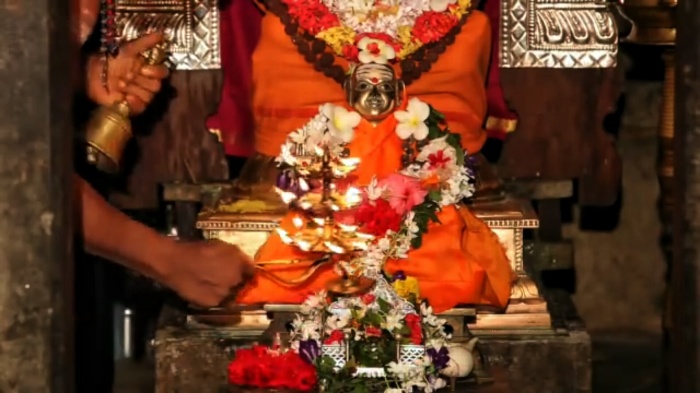






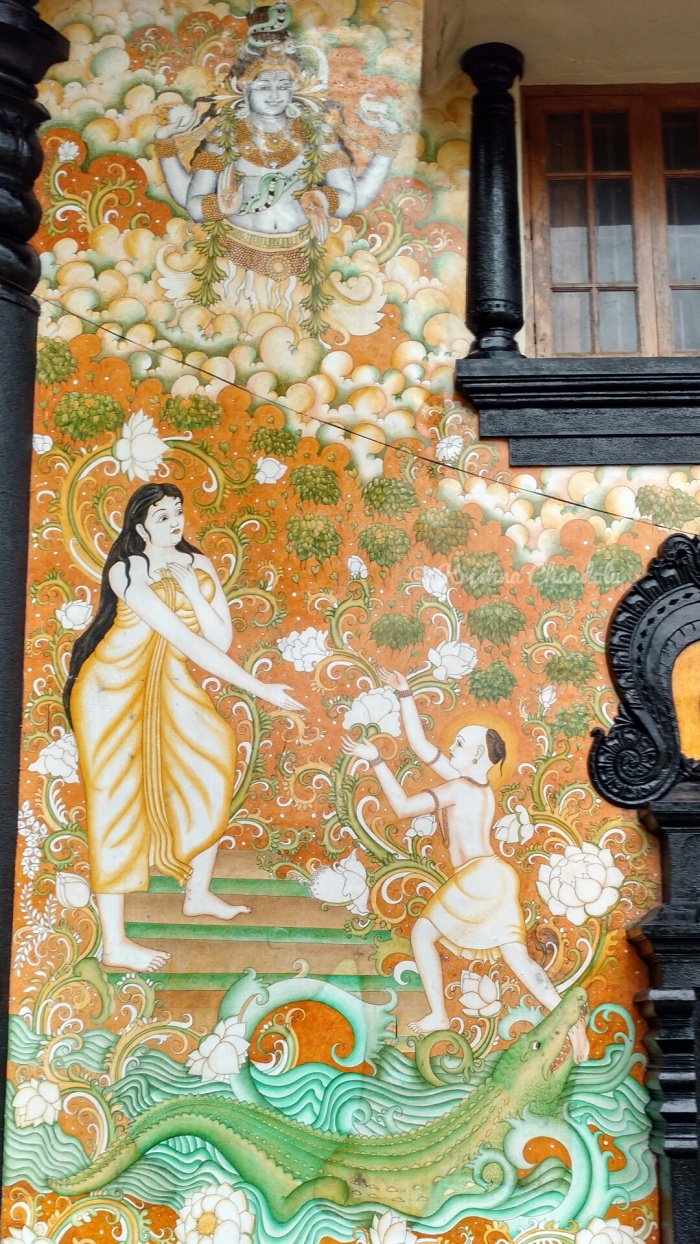







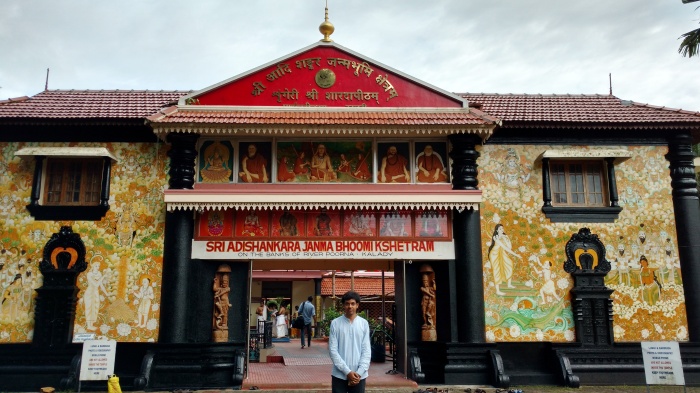
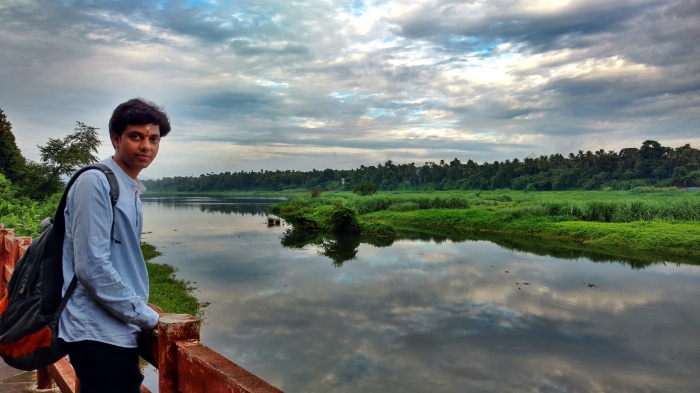
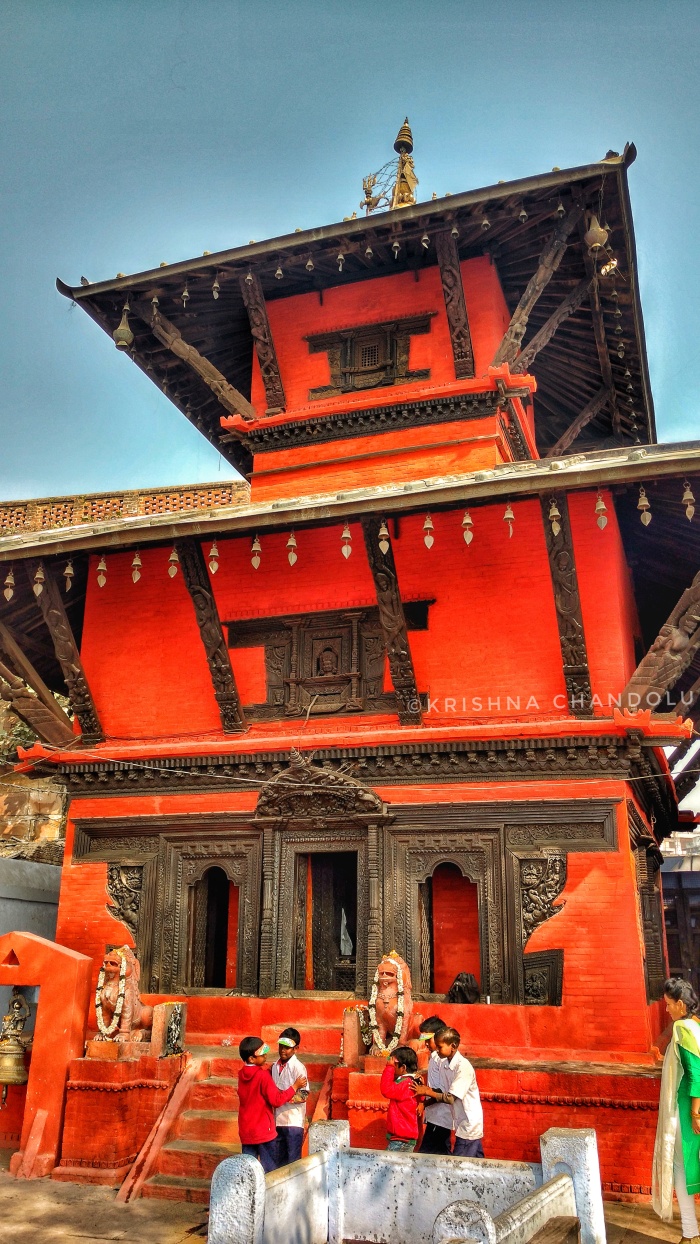
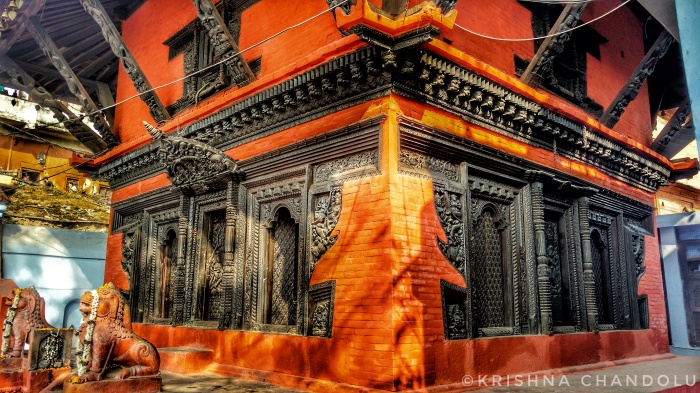
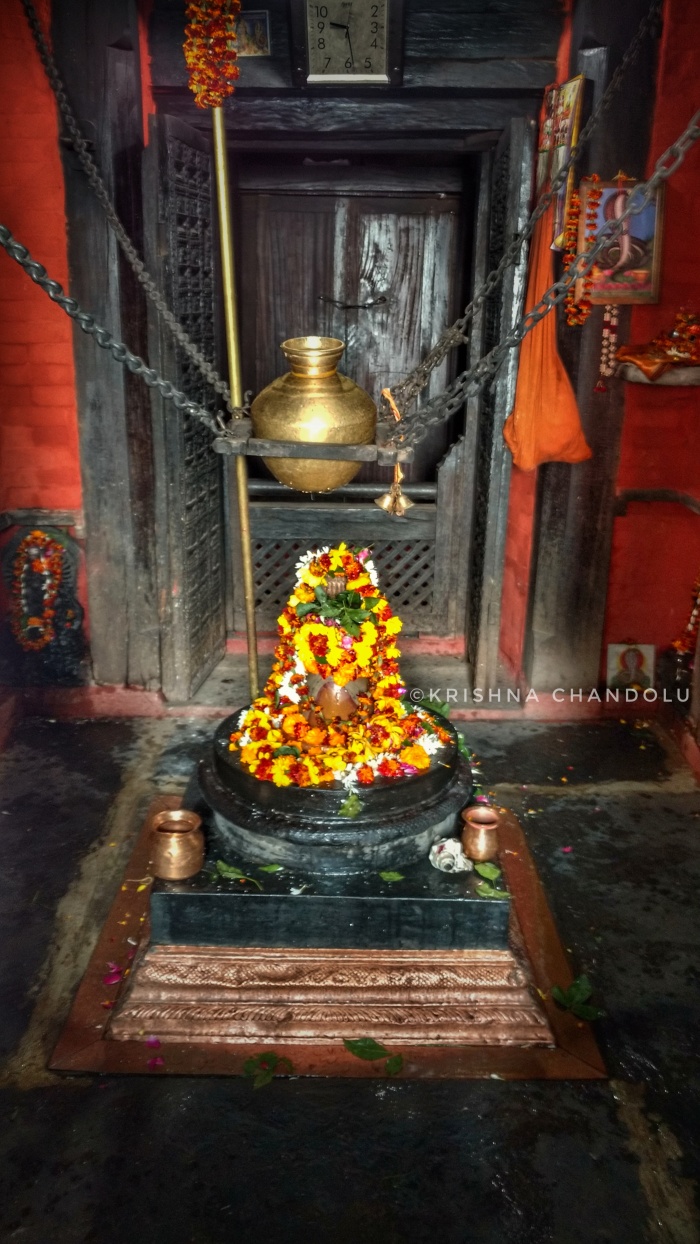 Nepali Mandir (Hindi: नेपाली मंदिर), also known as (a.k.a. Kanthwala Mandir and Mini Khajuraho) (Kanthwala in Hindi means wooden), is one of the oldest and most famous temples in the holy city of Varanasi. This temple has great religious importance in Hinduism and is dedicated to the Lord Shiva. Constructed in the 19th century A.D by the King of Nepal, the temple is made of terracotta, stone and wood and is replica of the Pashupatinath Temple in Kathmandu.
Nepali Mandir (Hindi: नेपाली मंदिर), also known as (a.k.a. Kanthwala Mandir and Mini Khajuraho) (Kanthwala in Hindi means wooden), is one of the oldest and most famous temples in the holy city of Varanasi. This temple has great religious importance in Hinduism and is dedicated to the Lord Shiva. Constructed in the 19th century A.D by the King of Nepal, the temple is made of terracotta, stone and wood and is replica of the Pashupatinath Temple in Kathmandu.